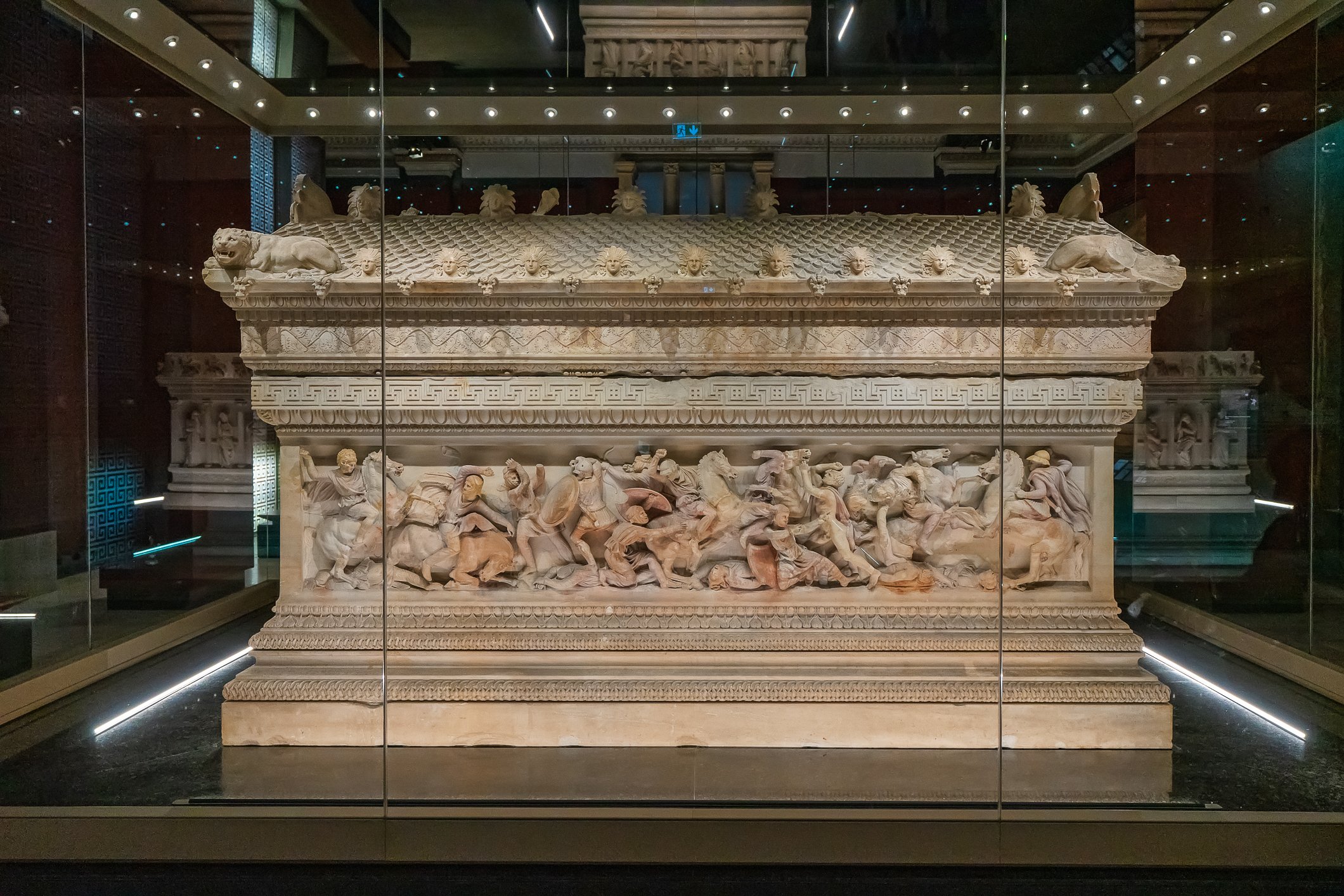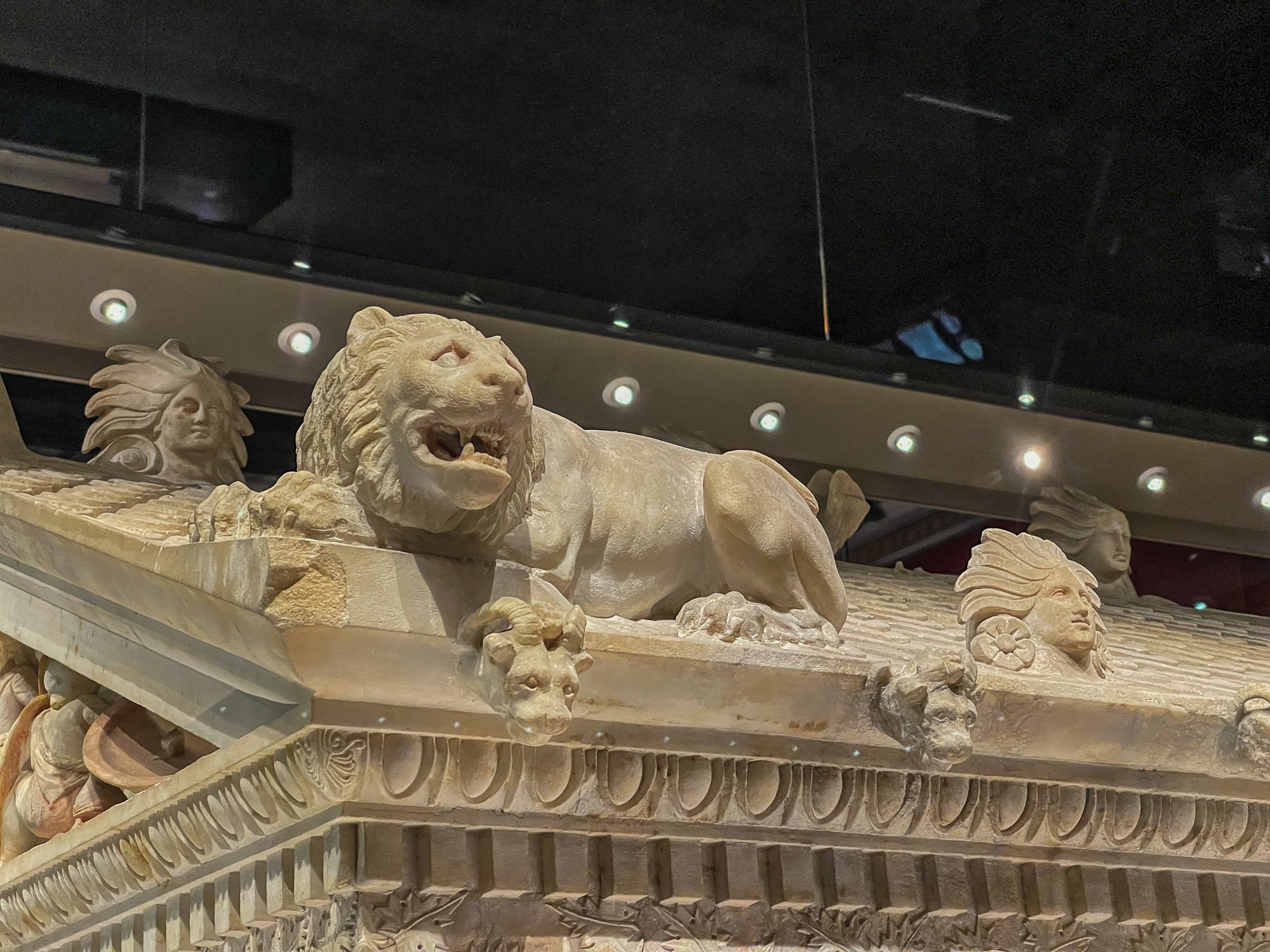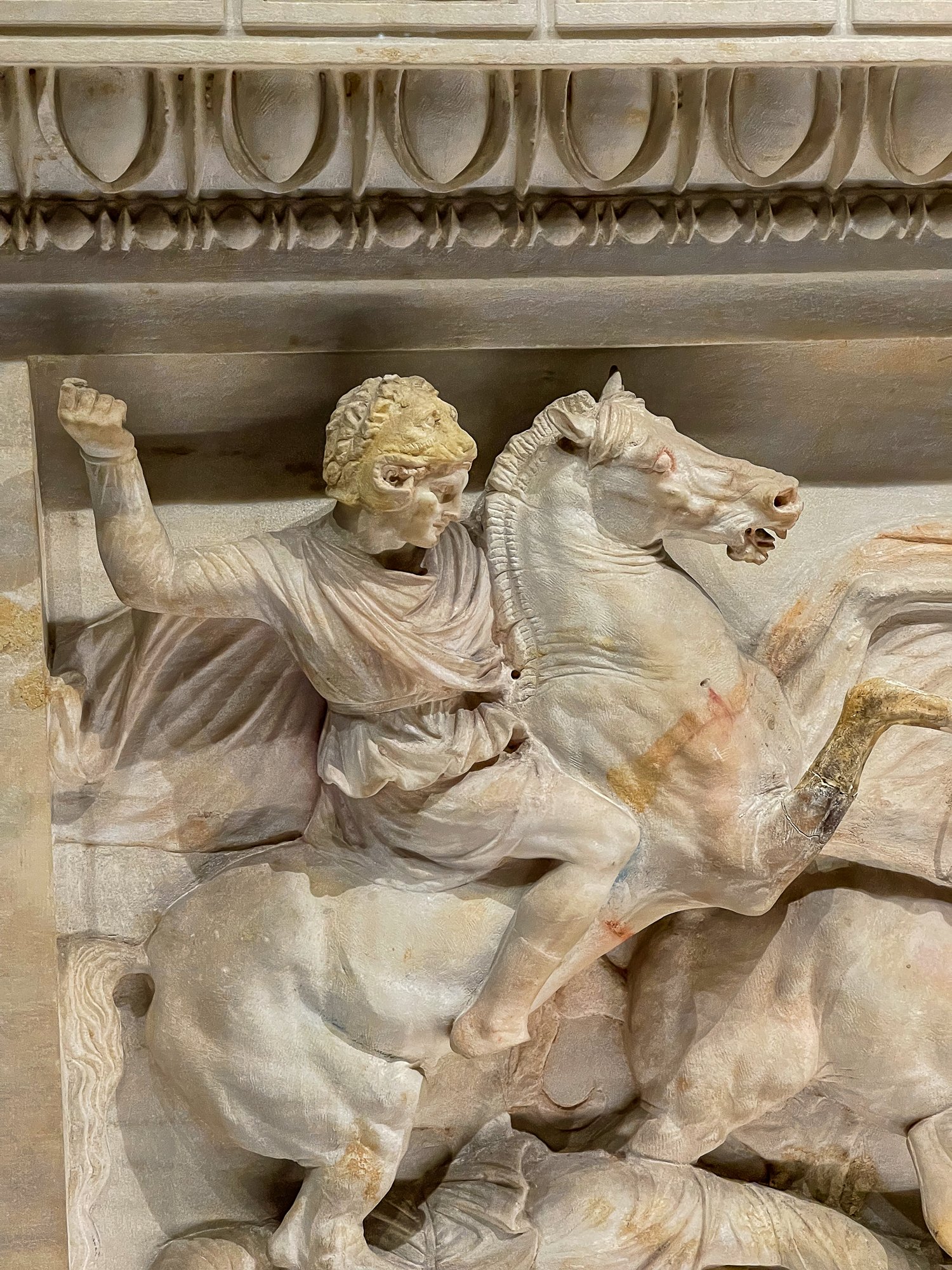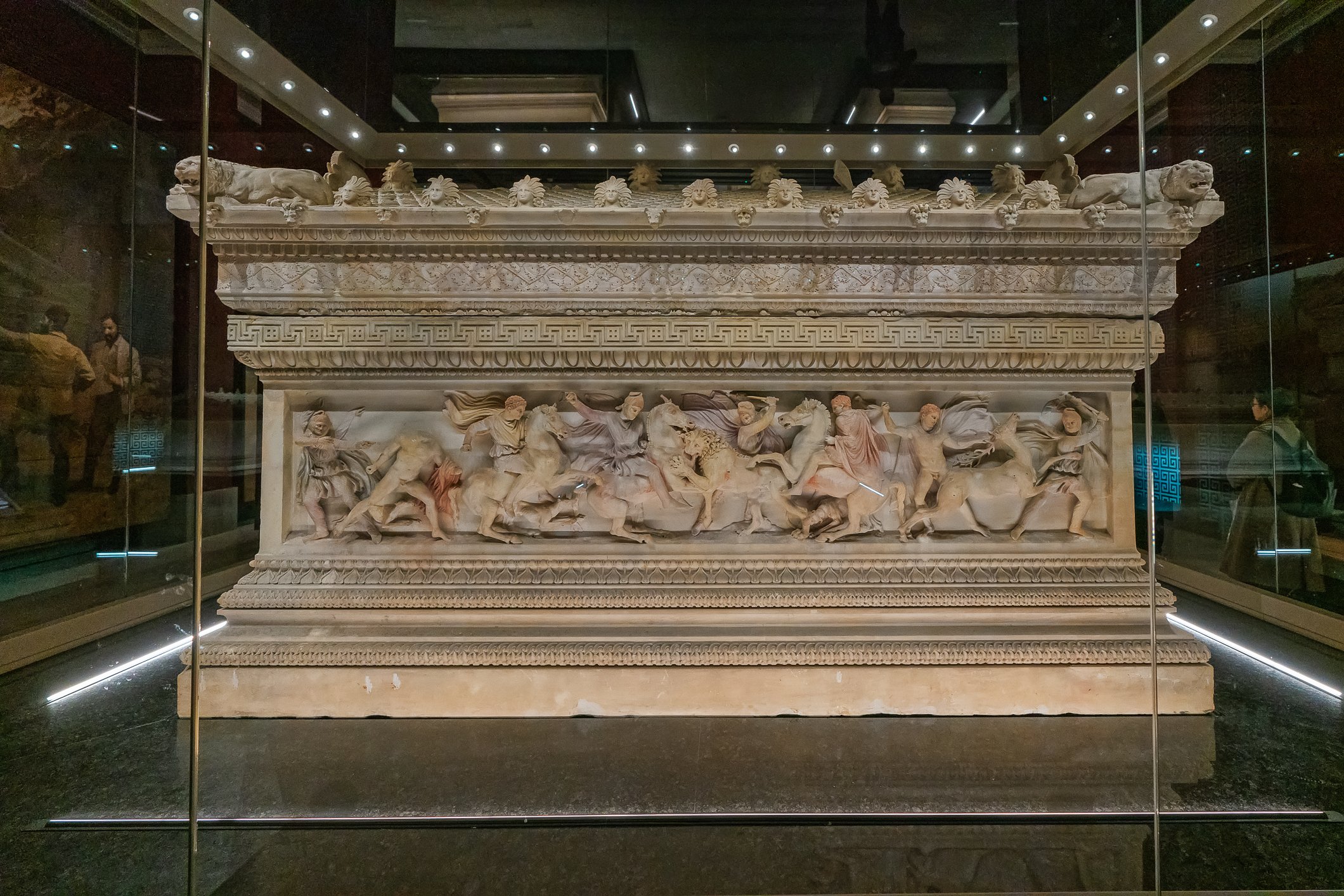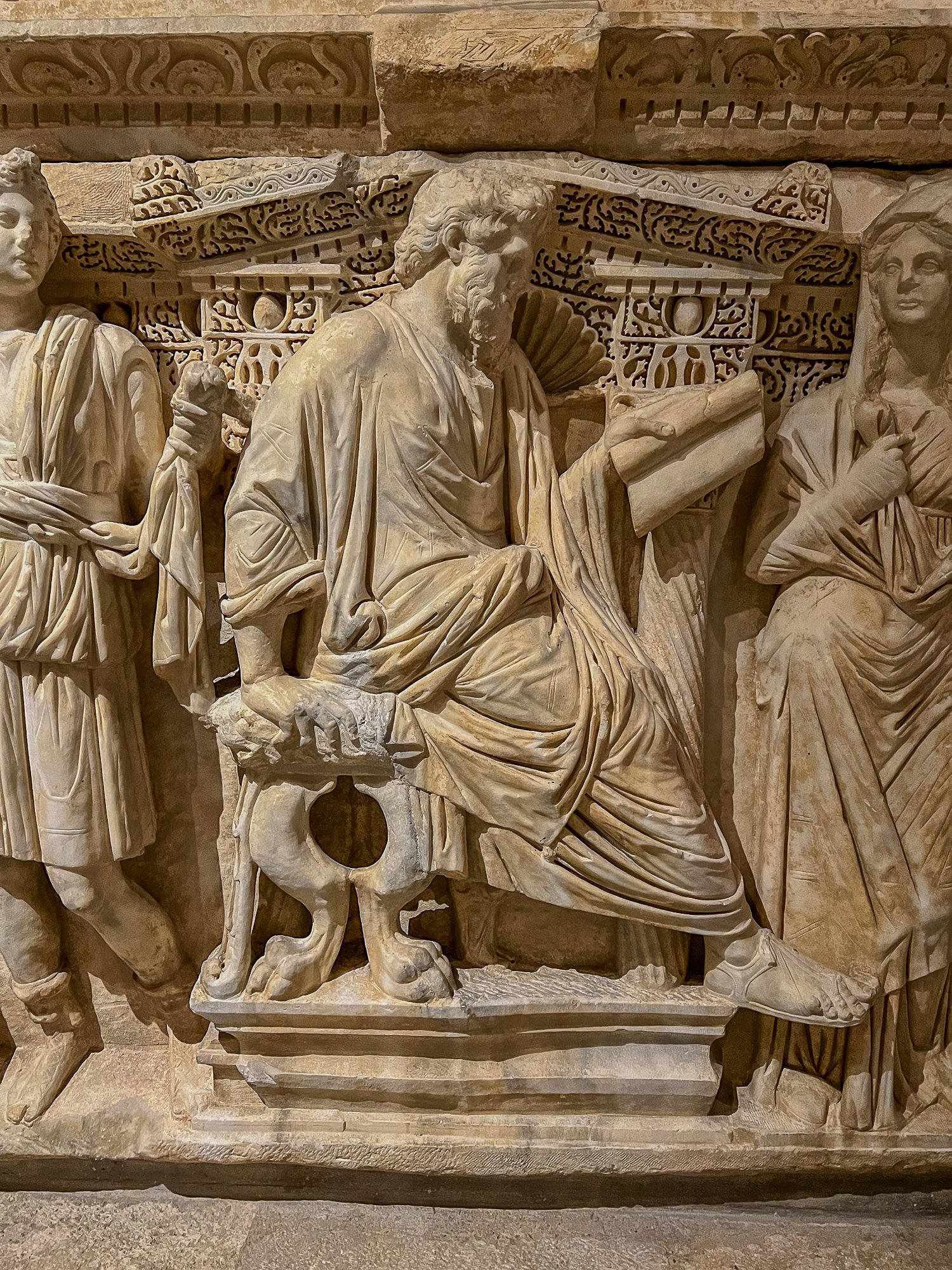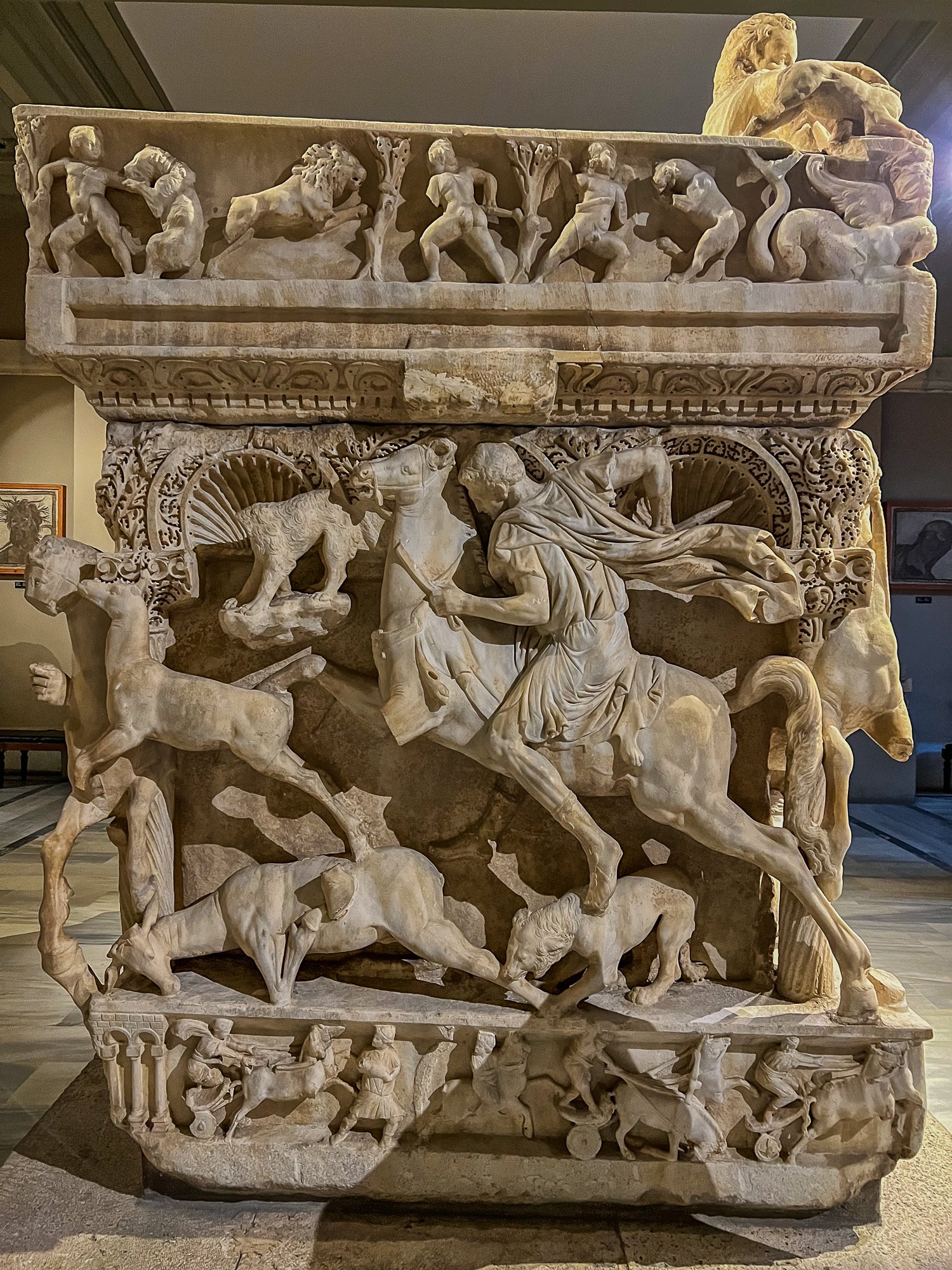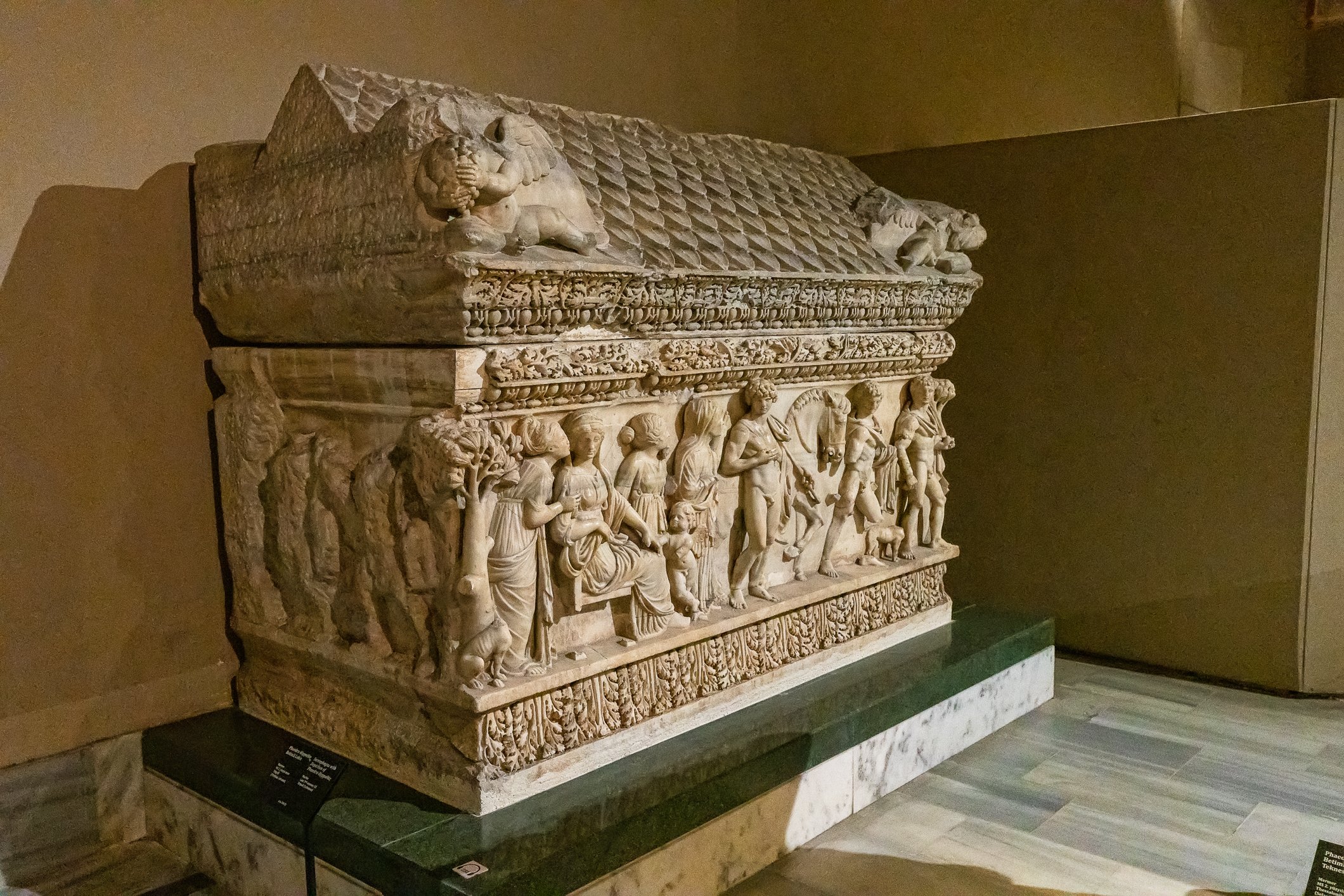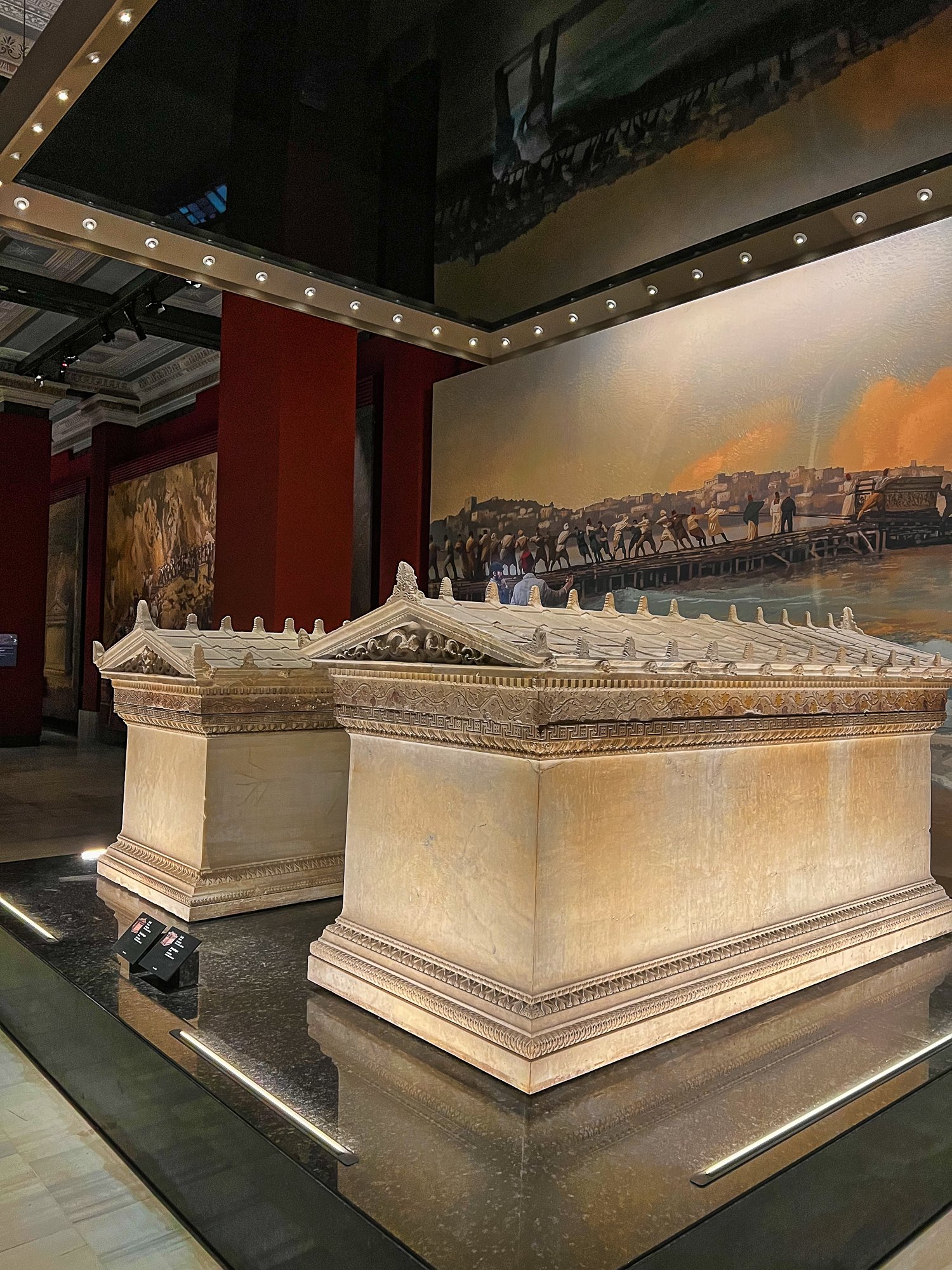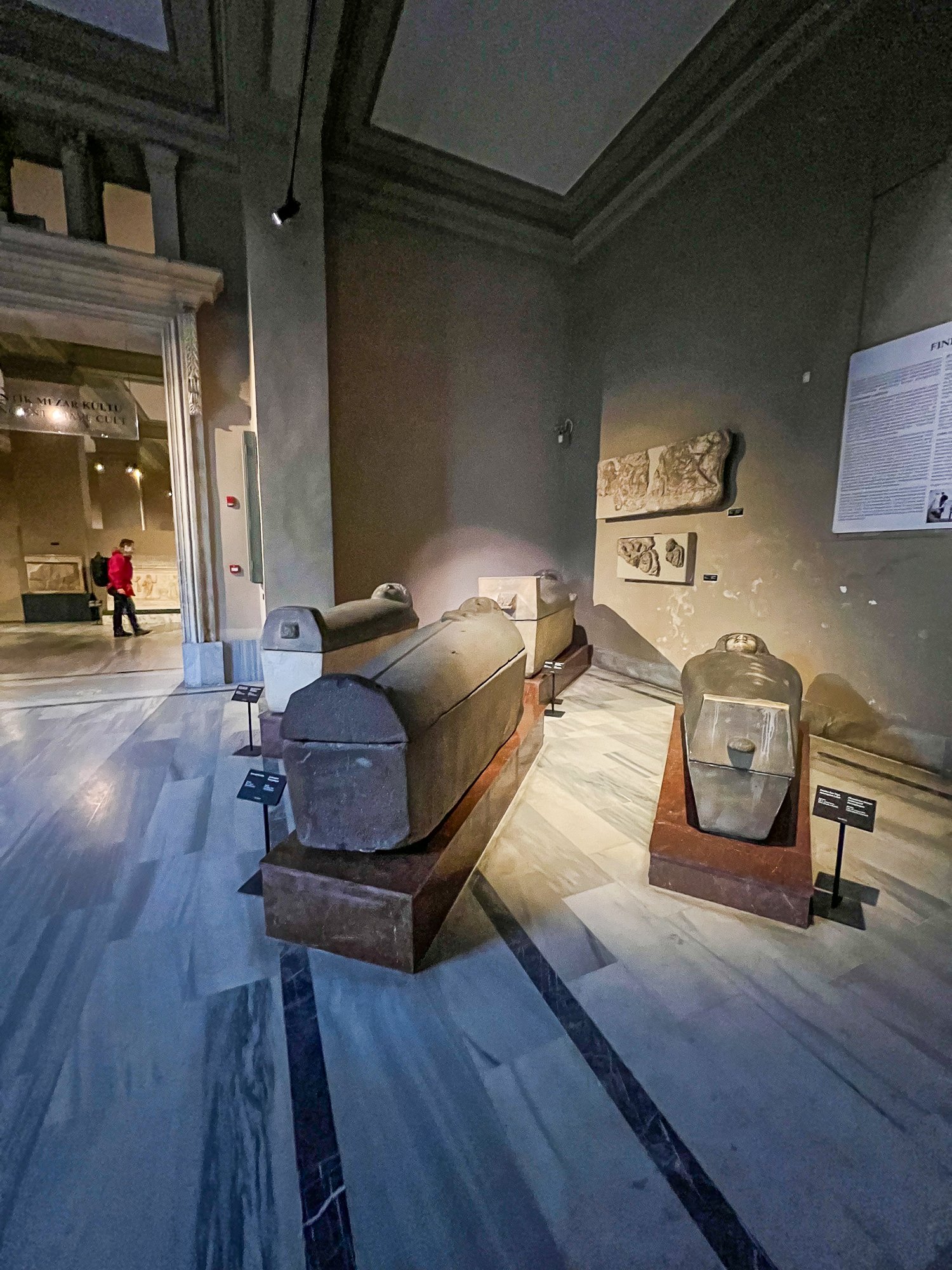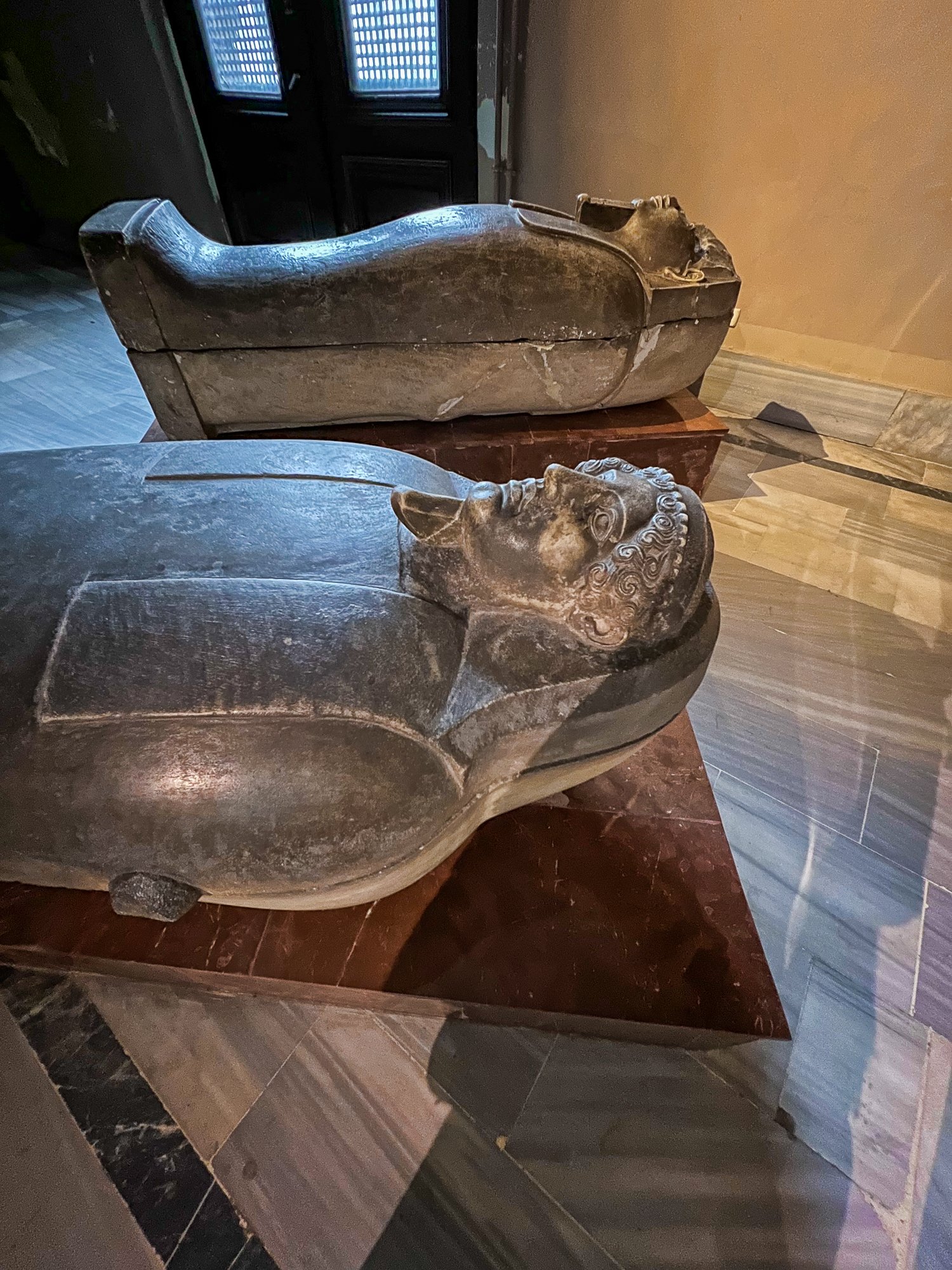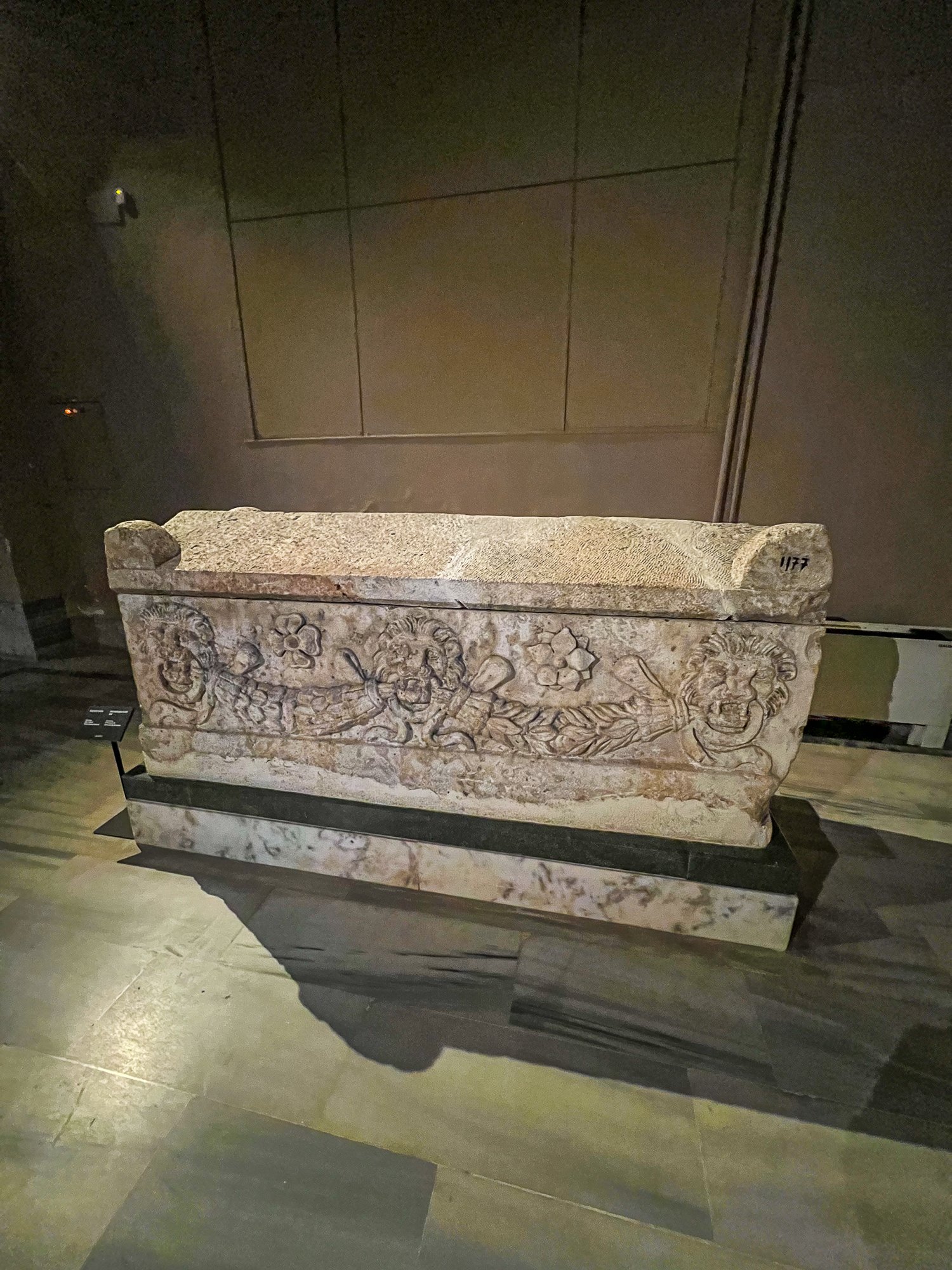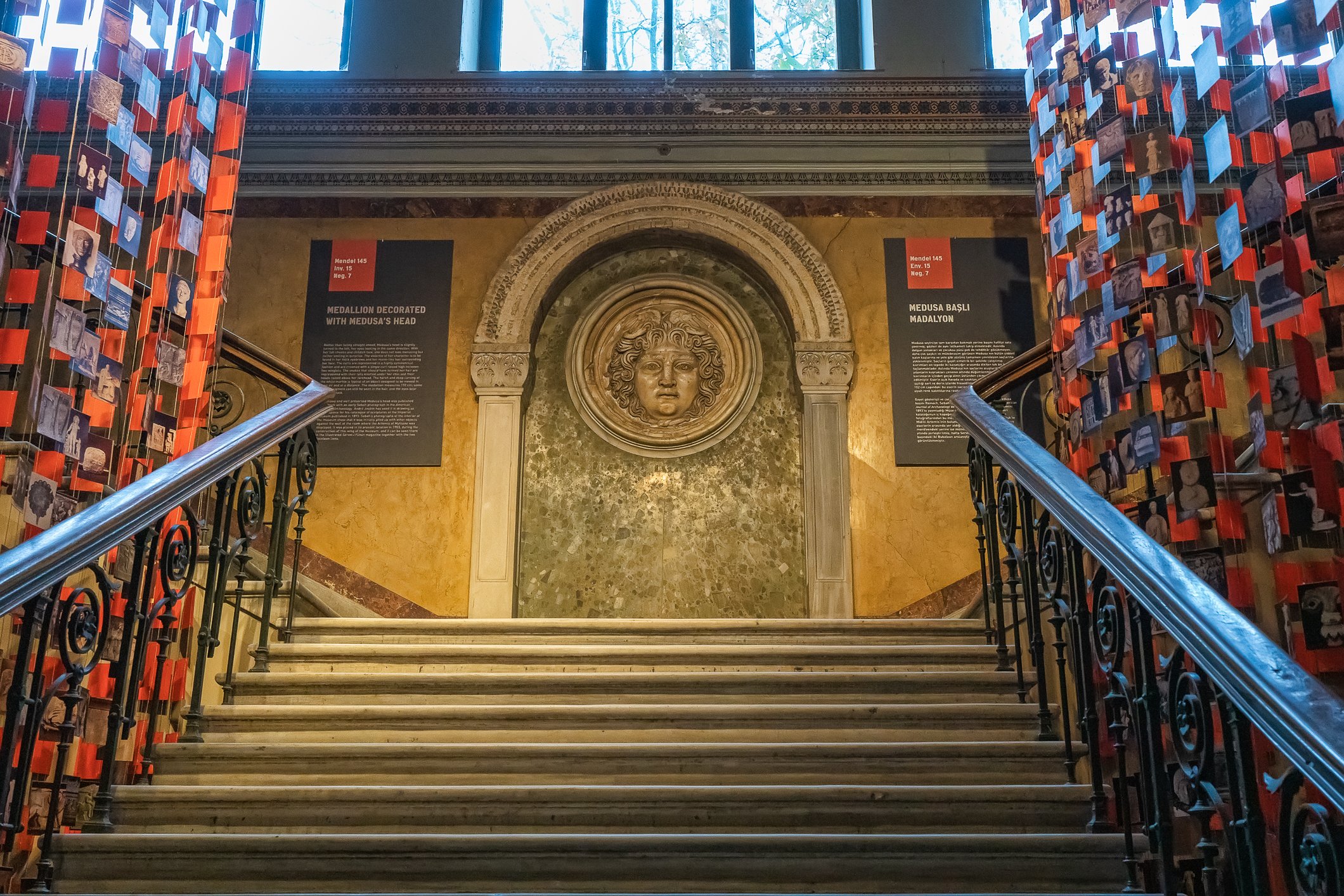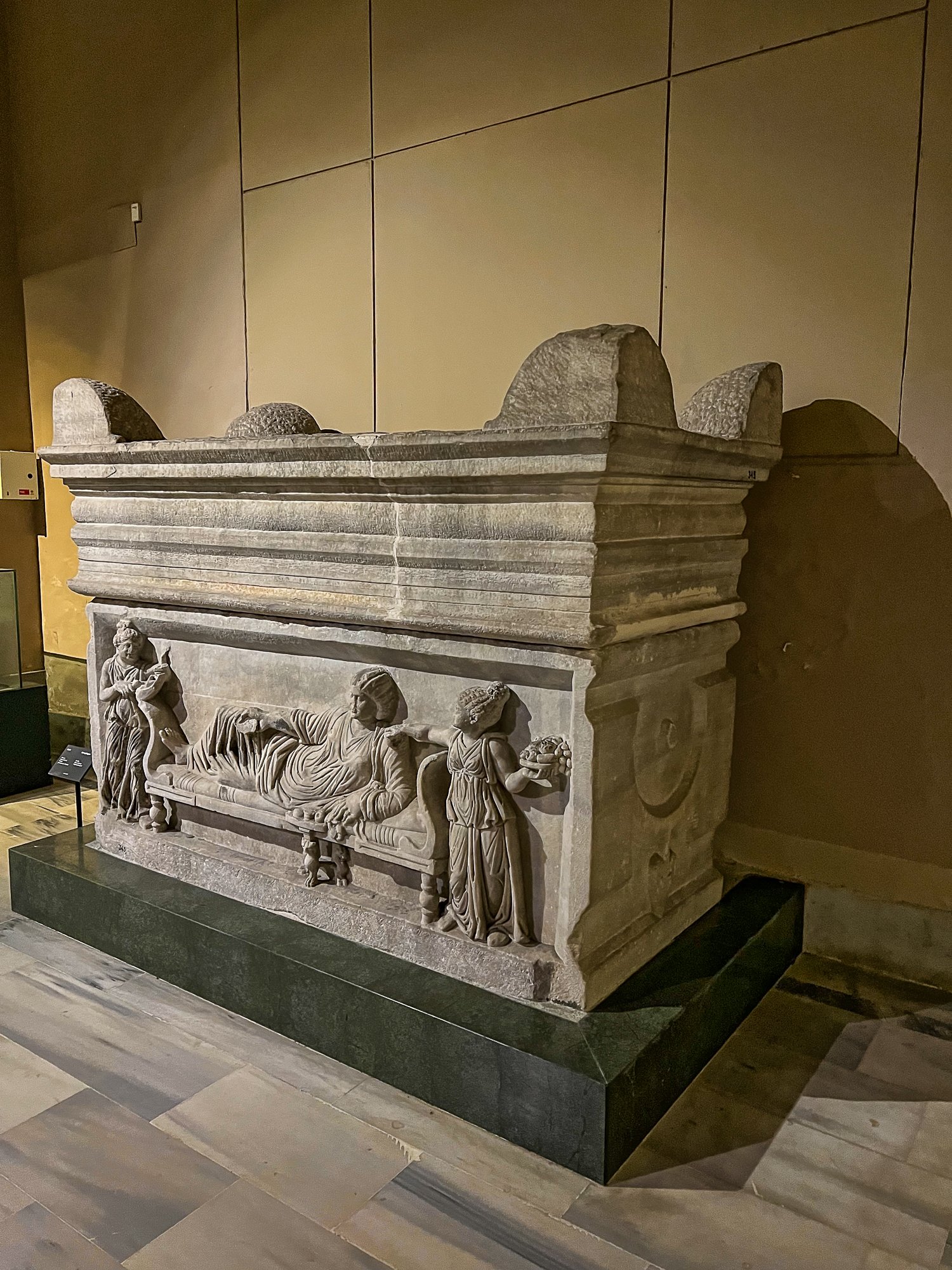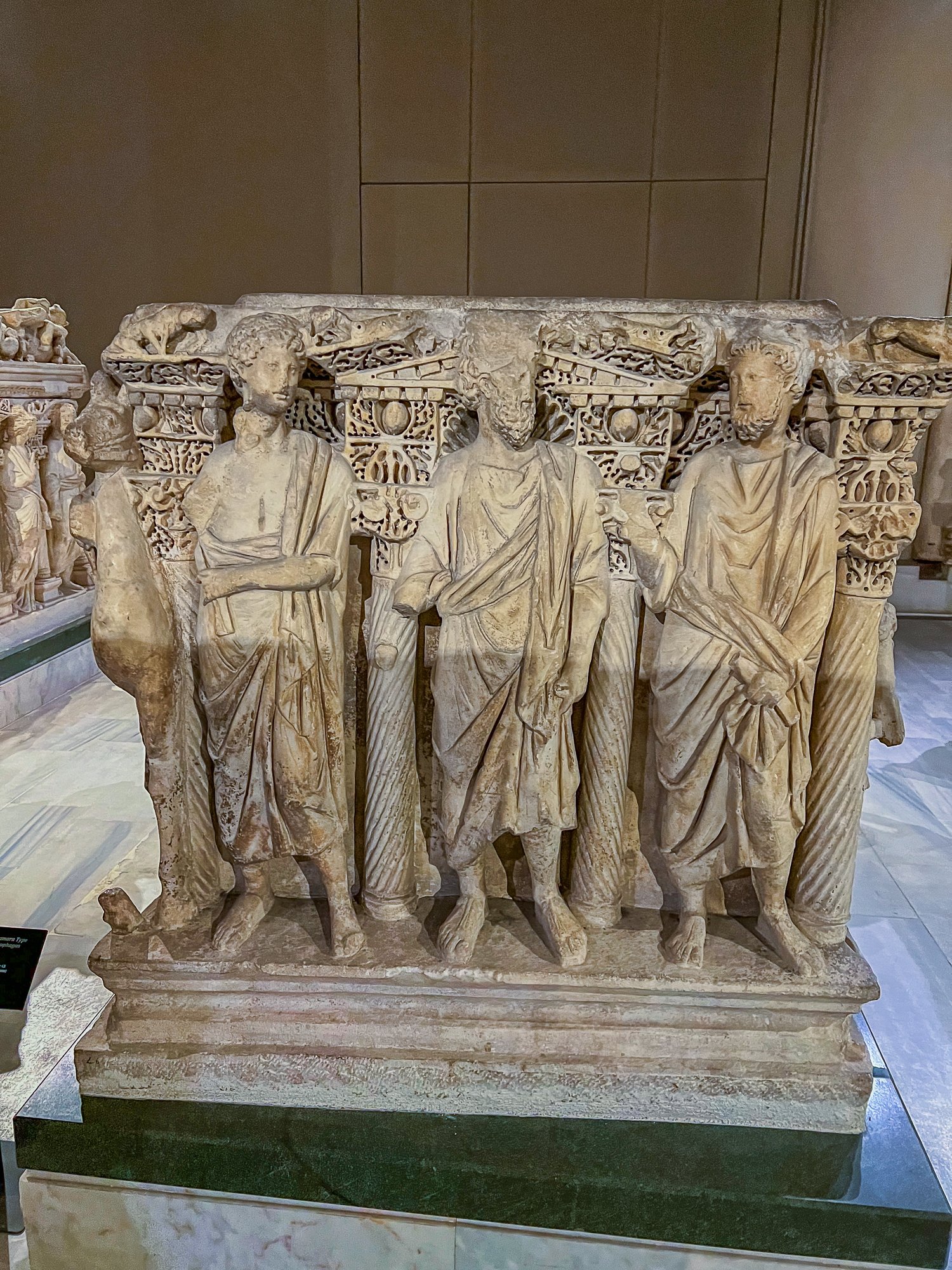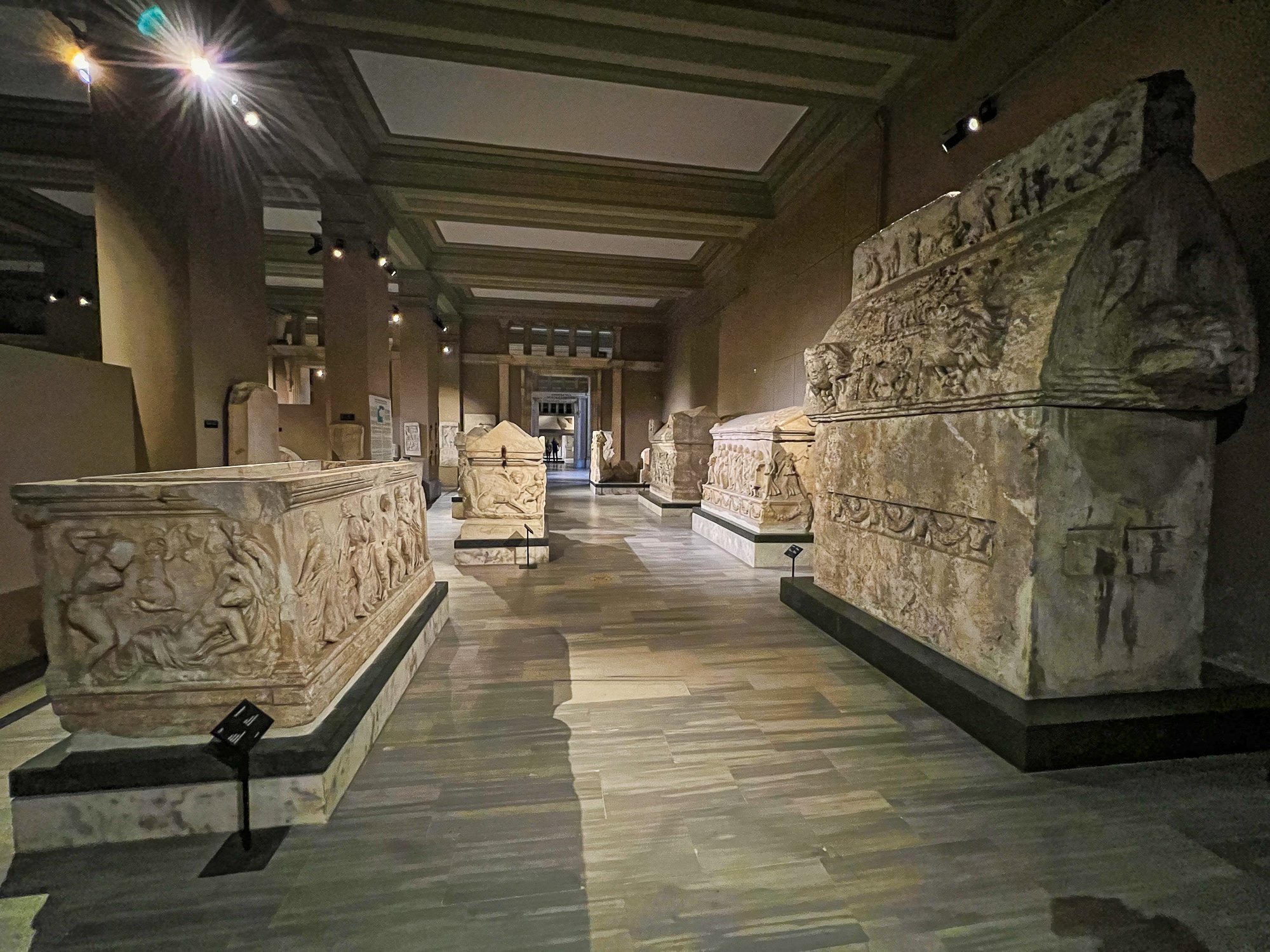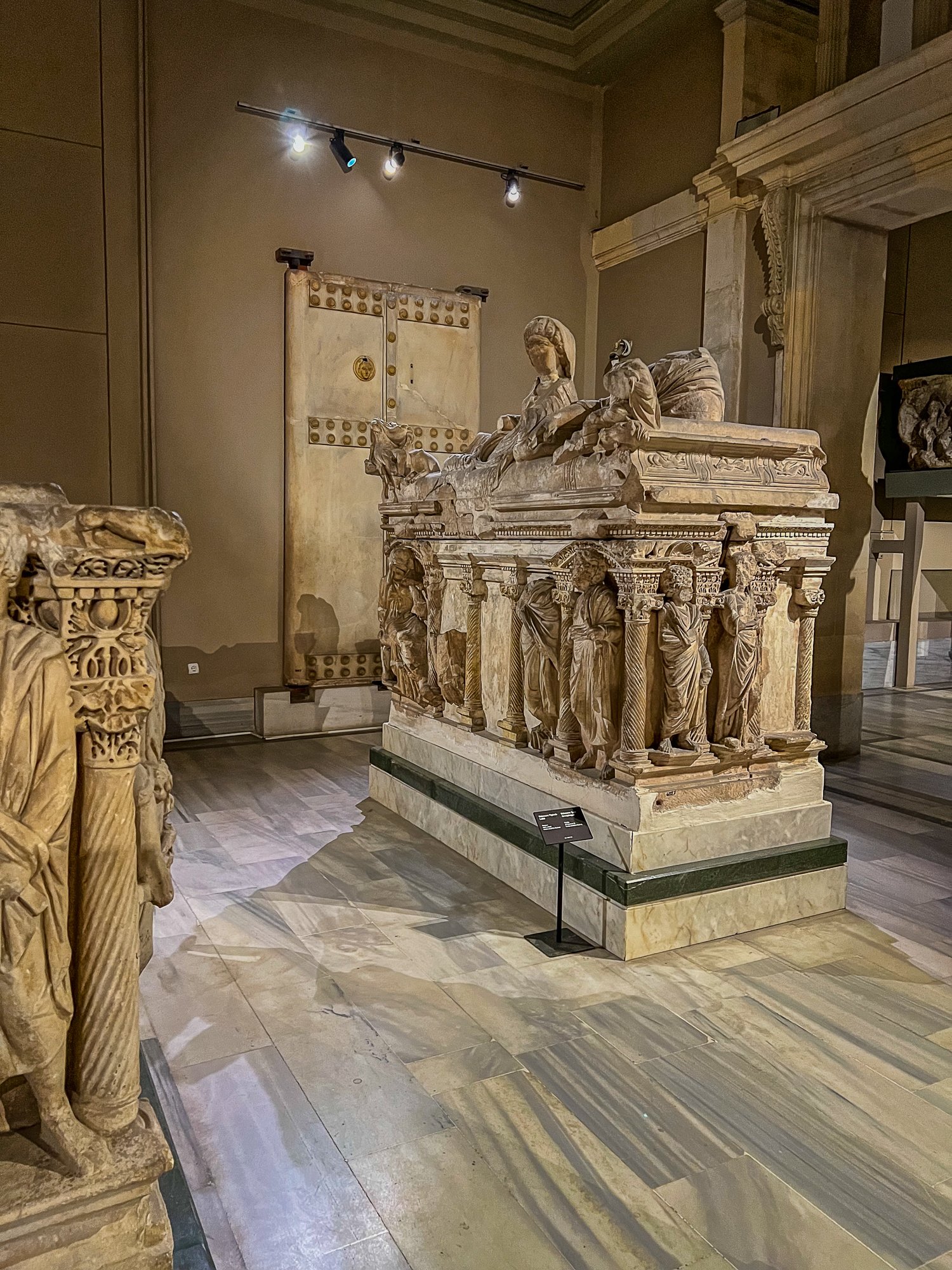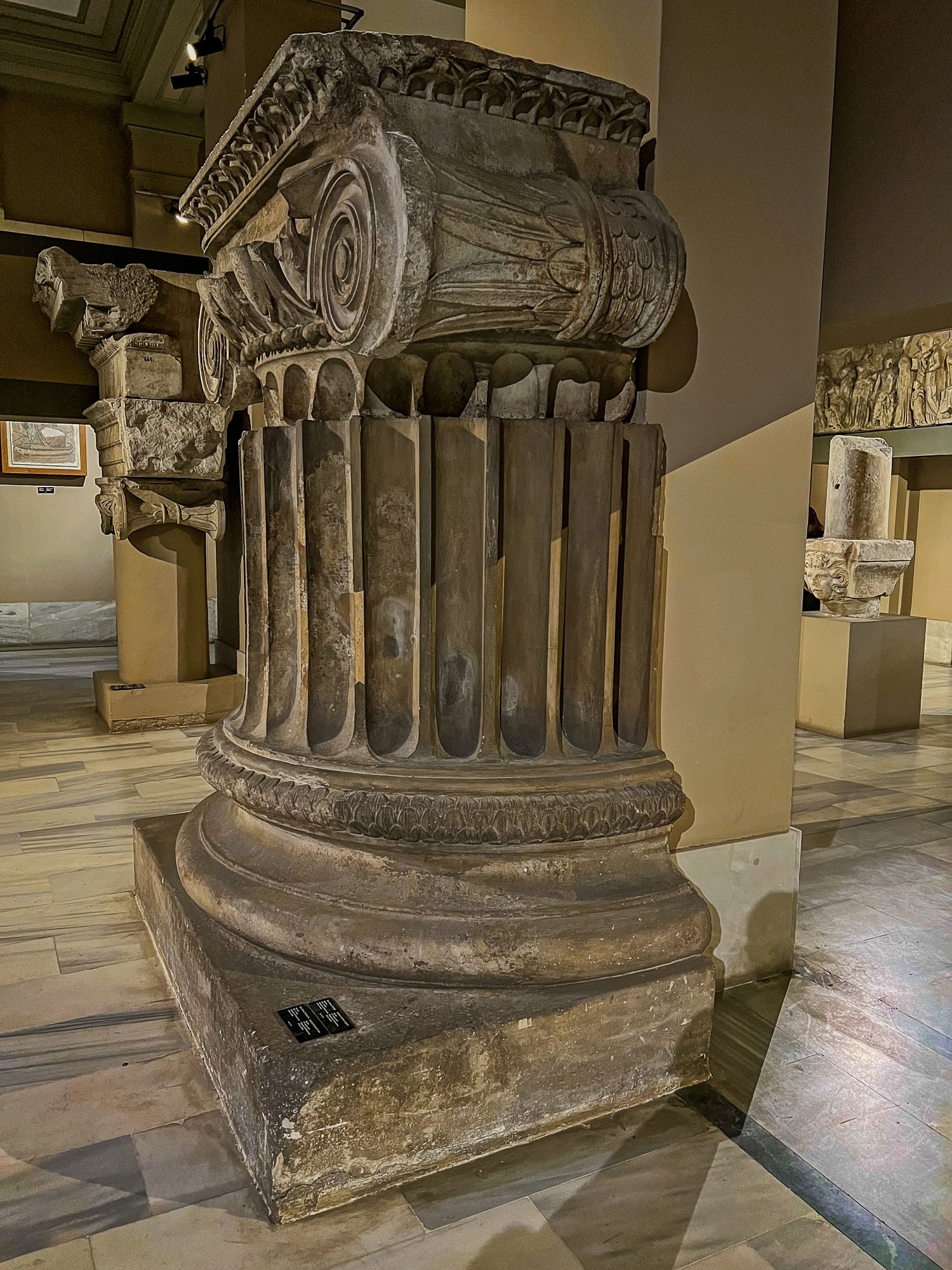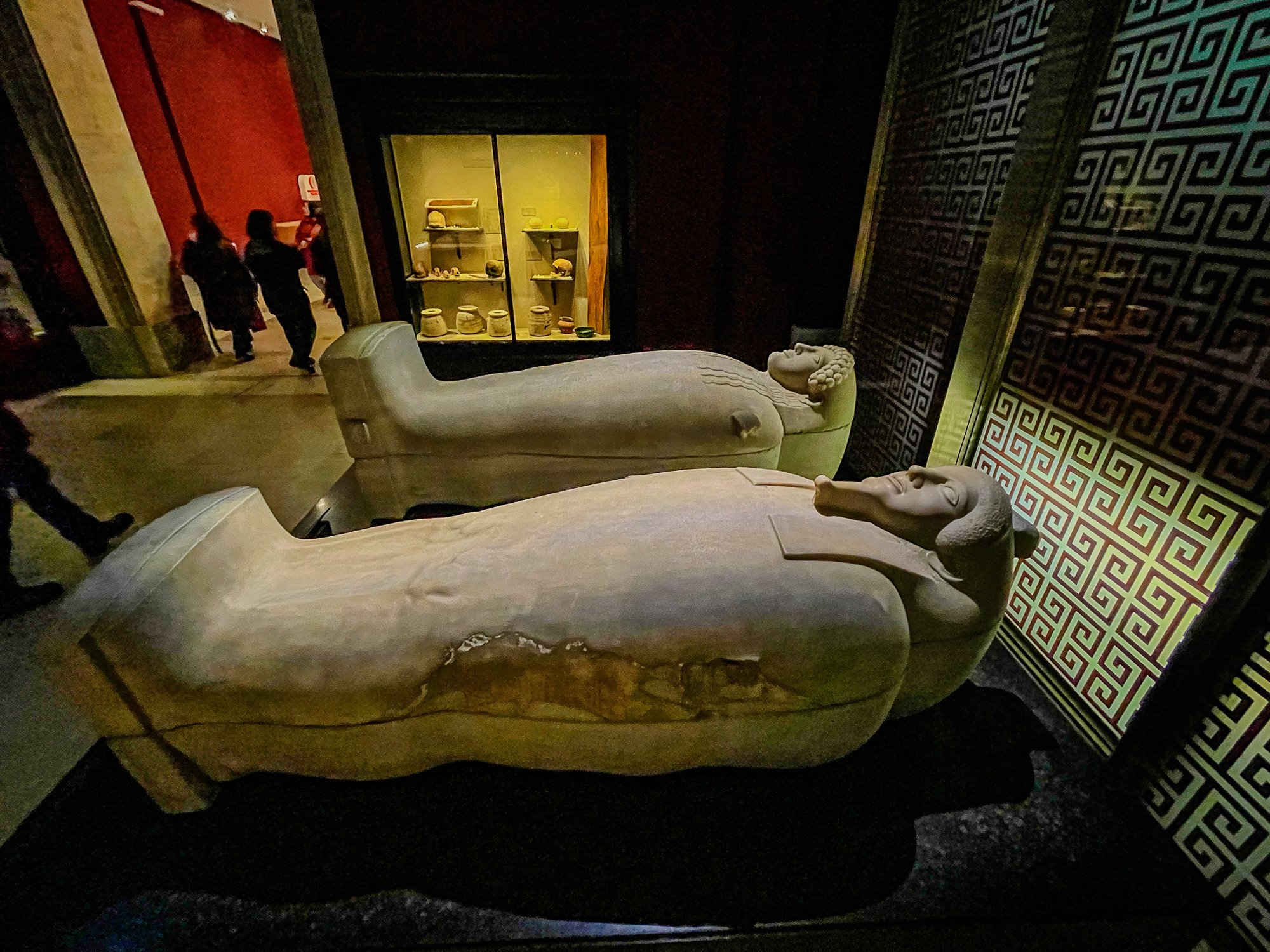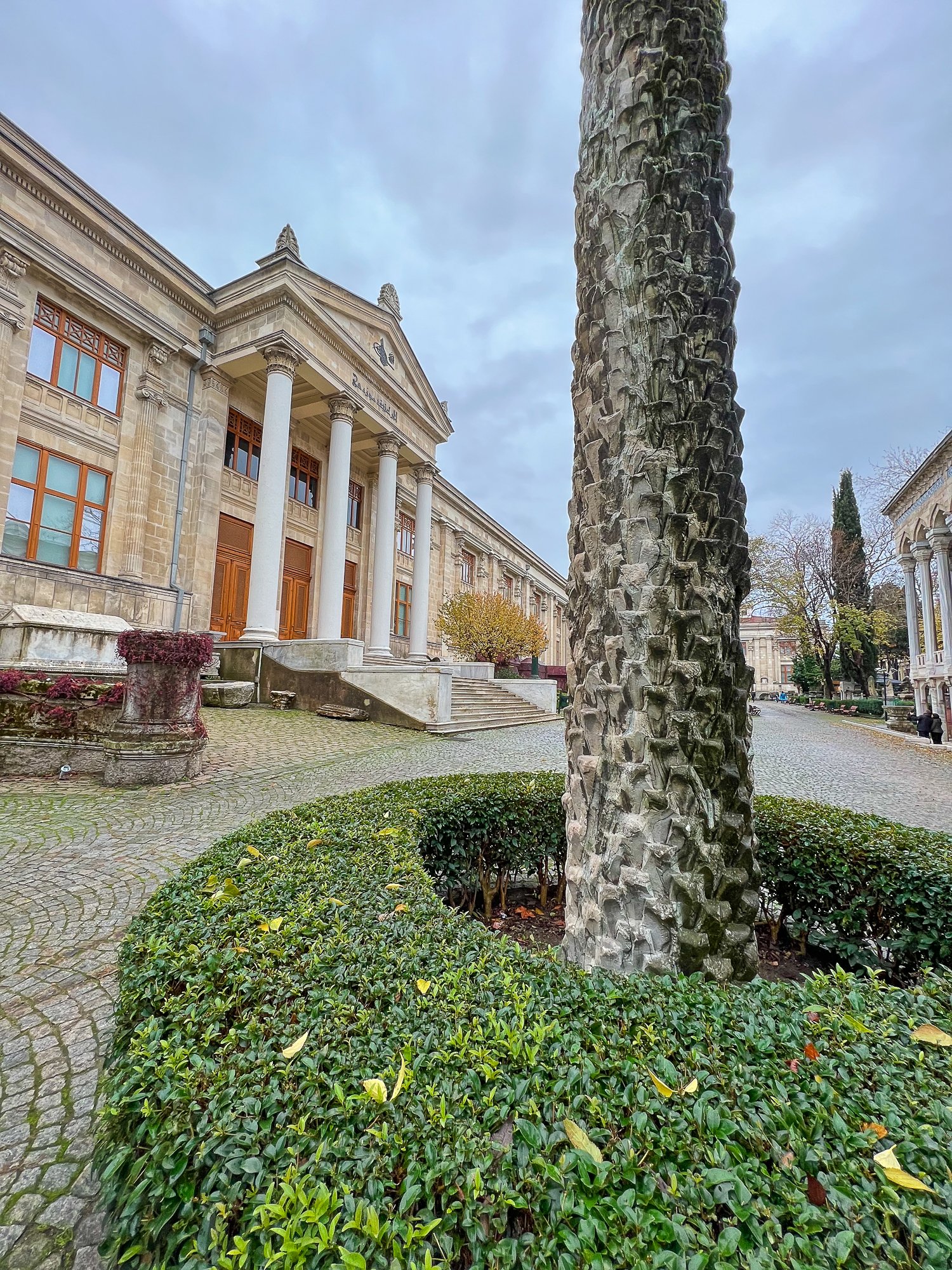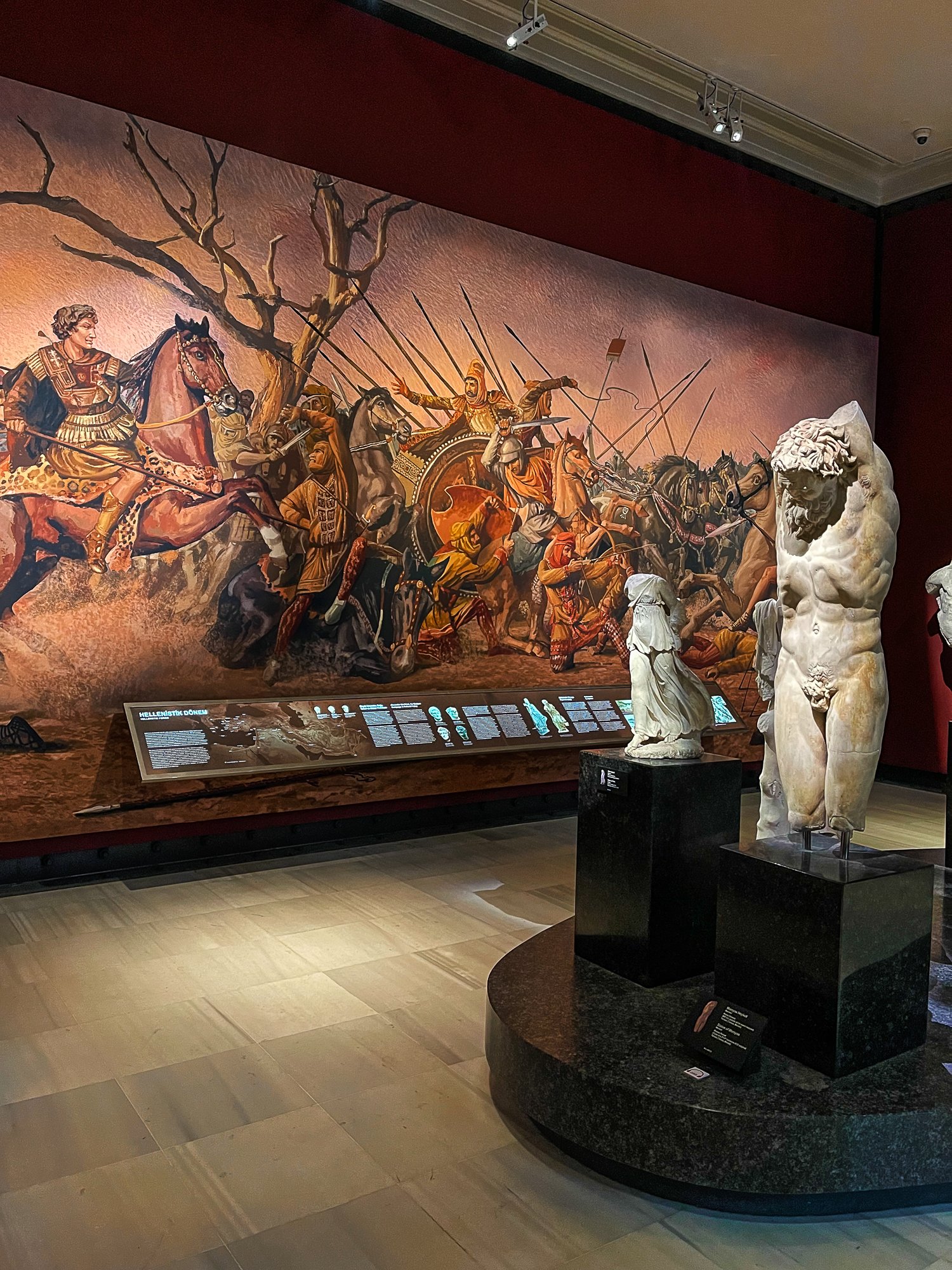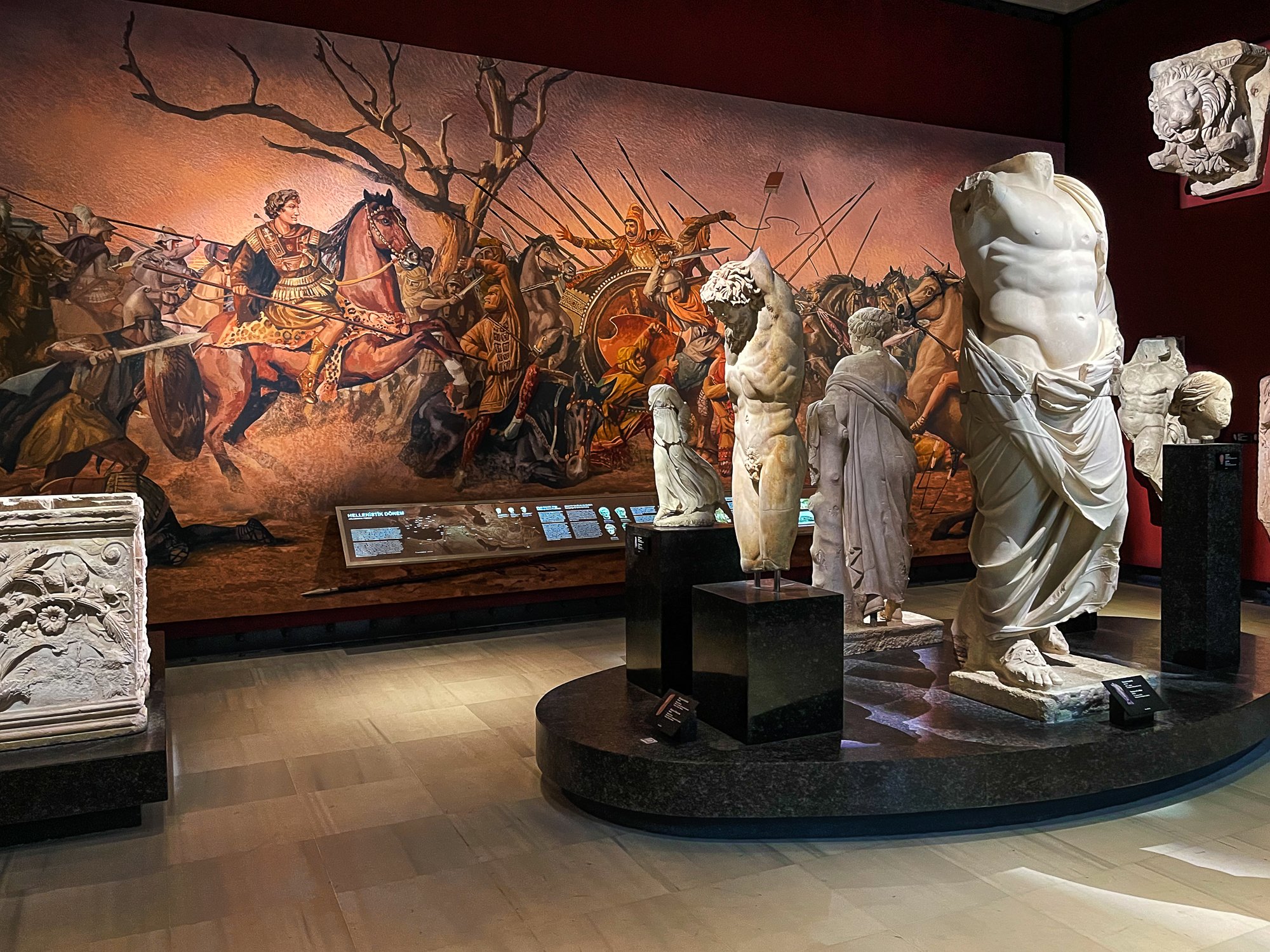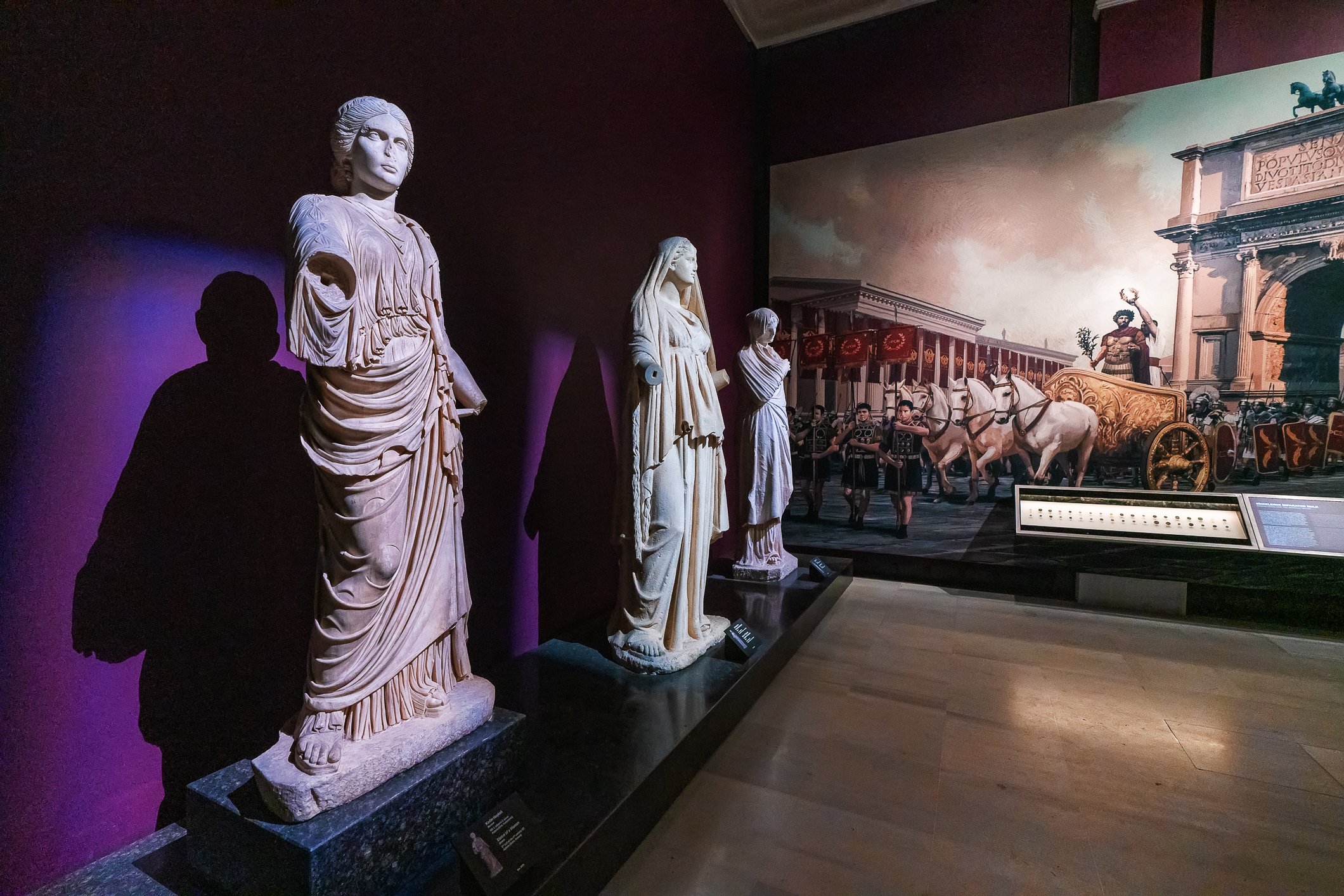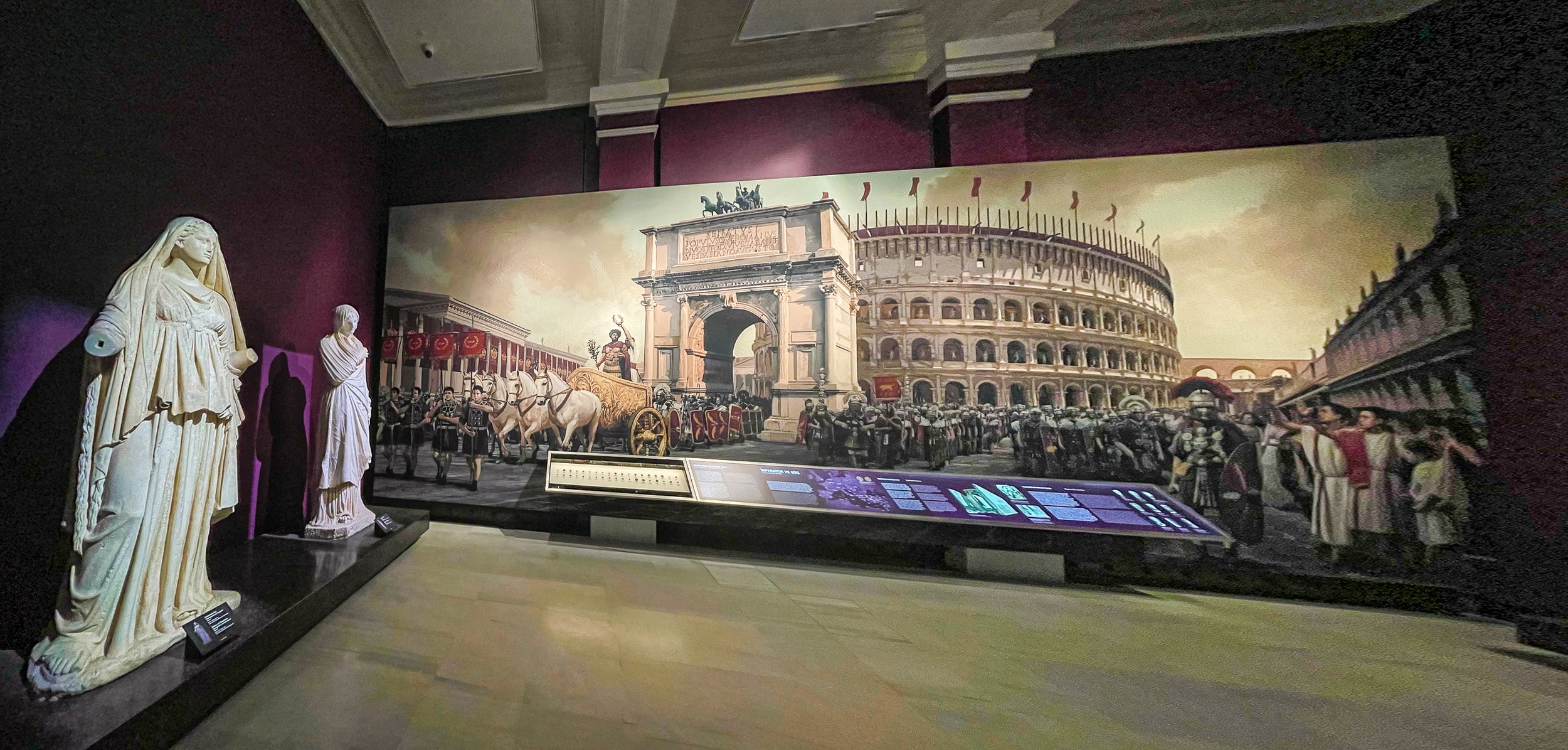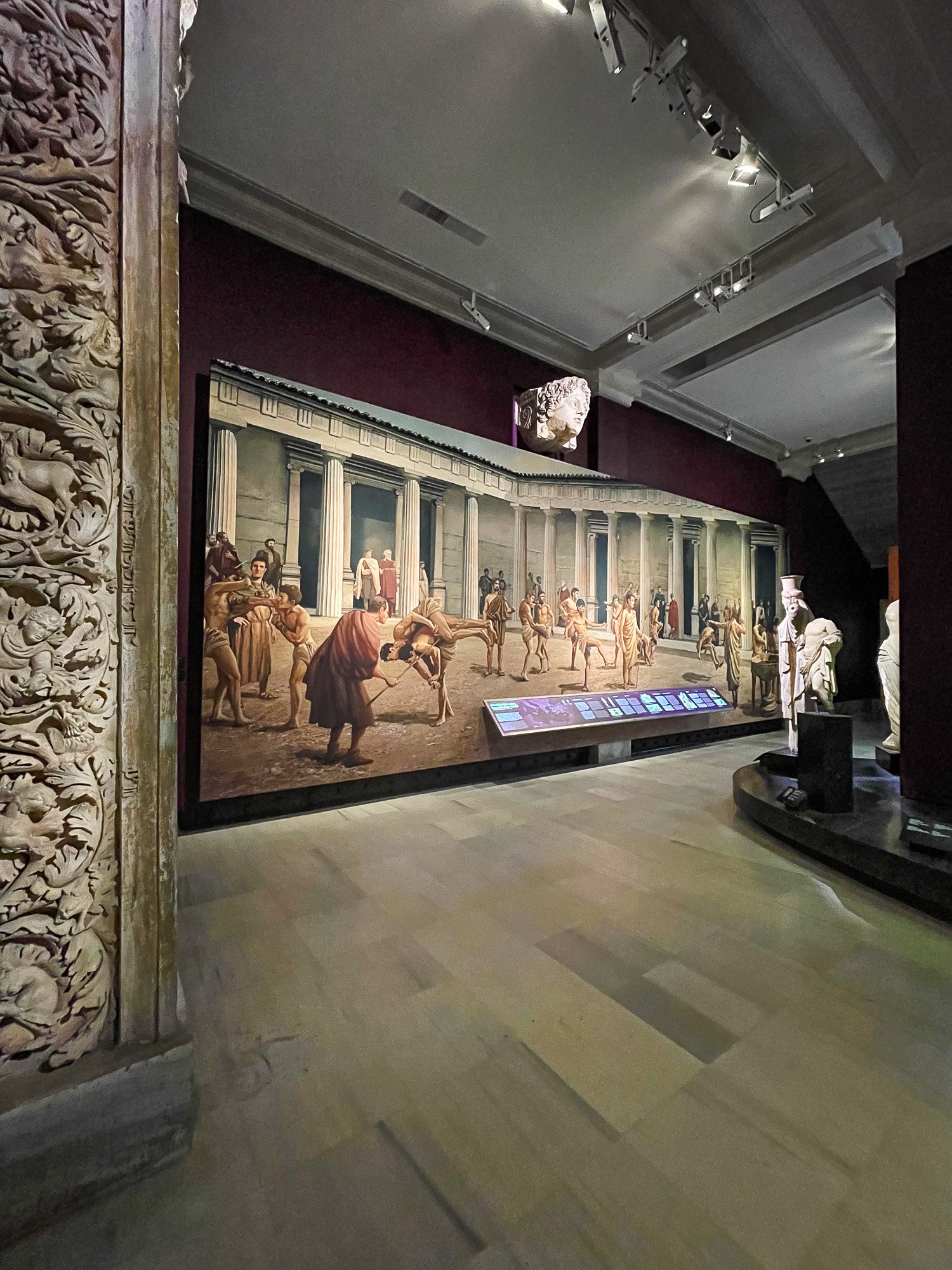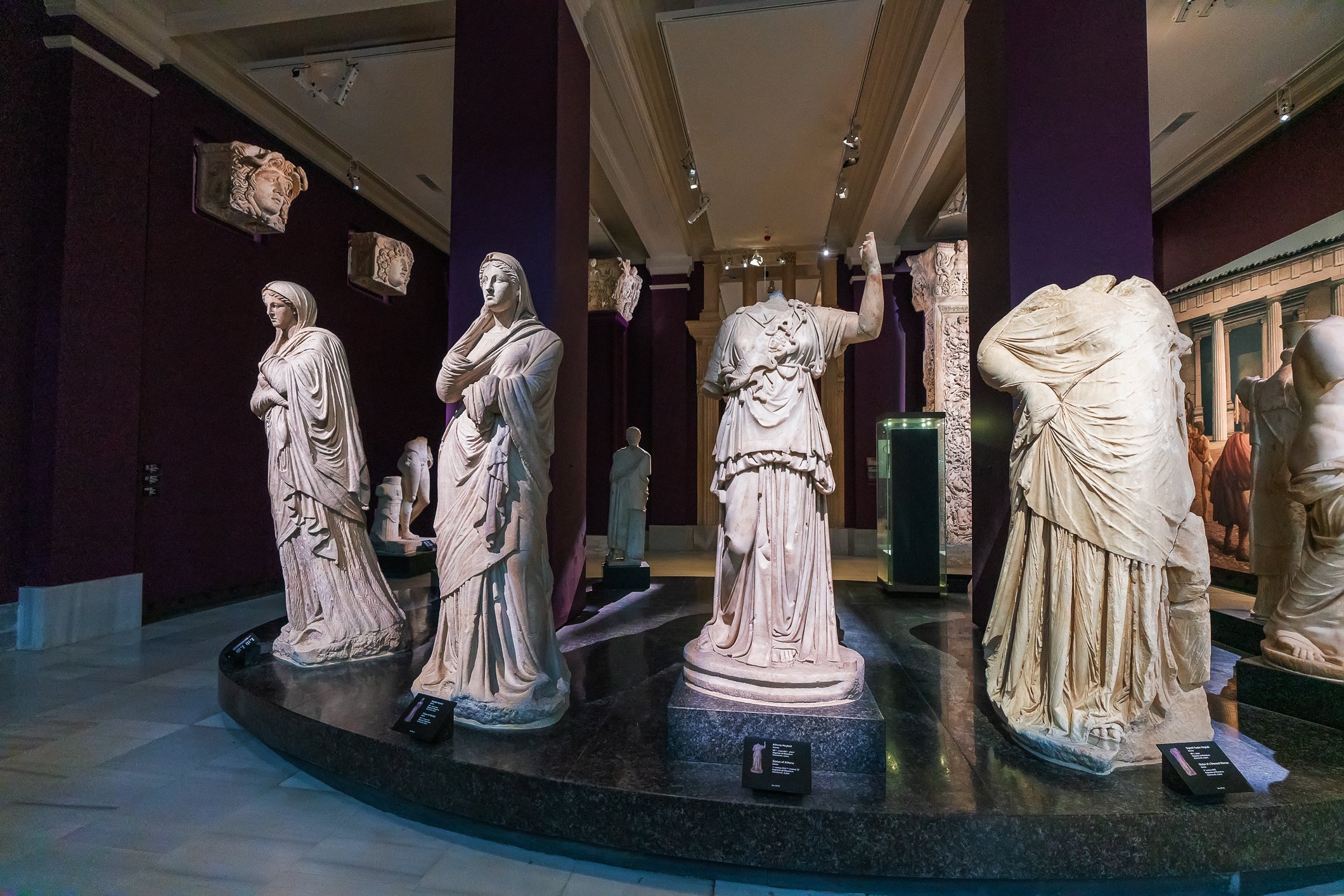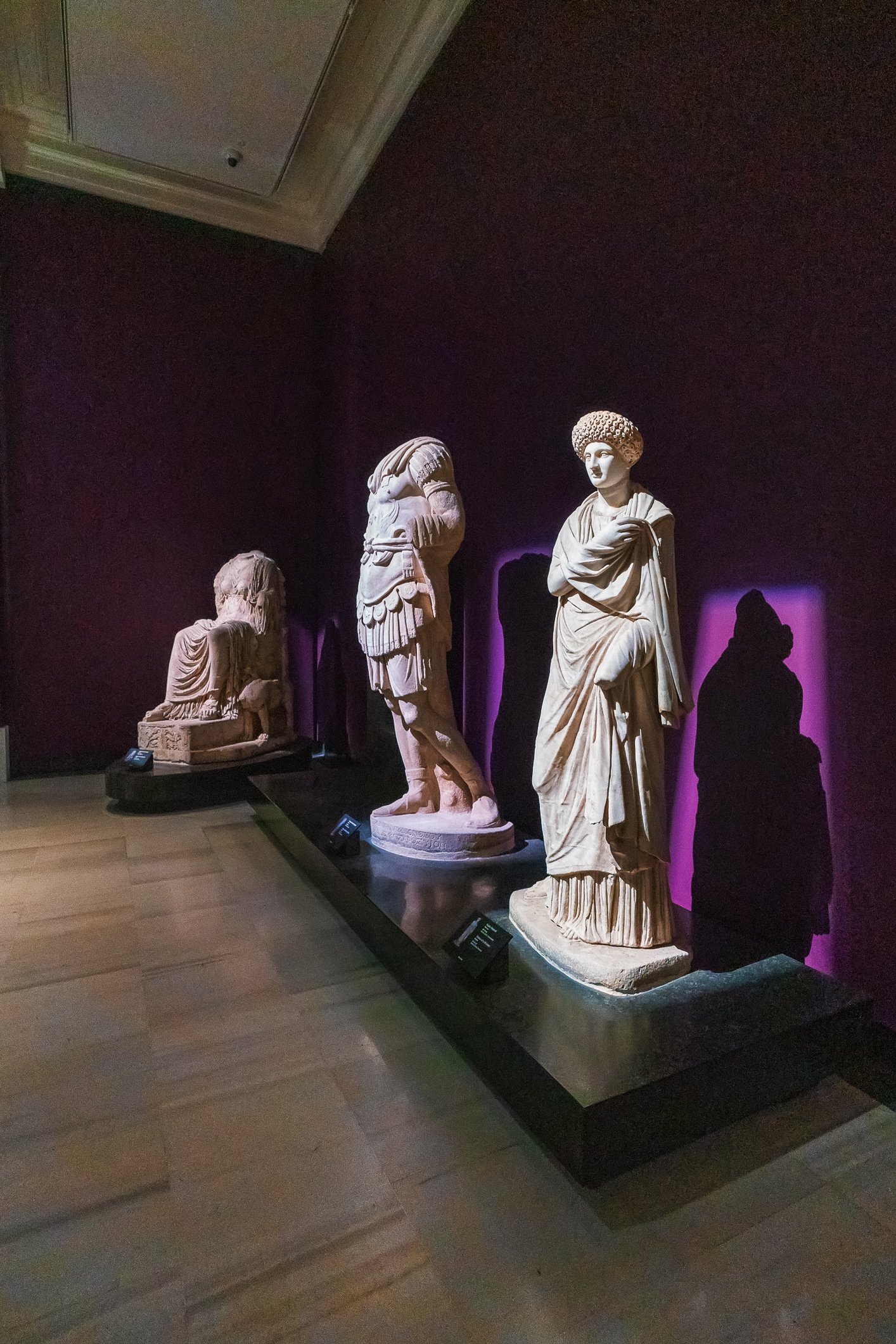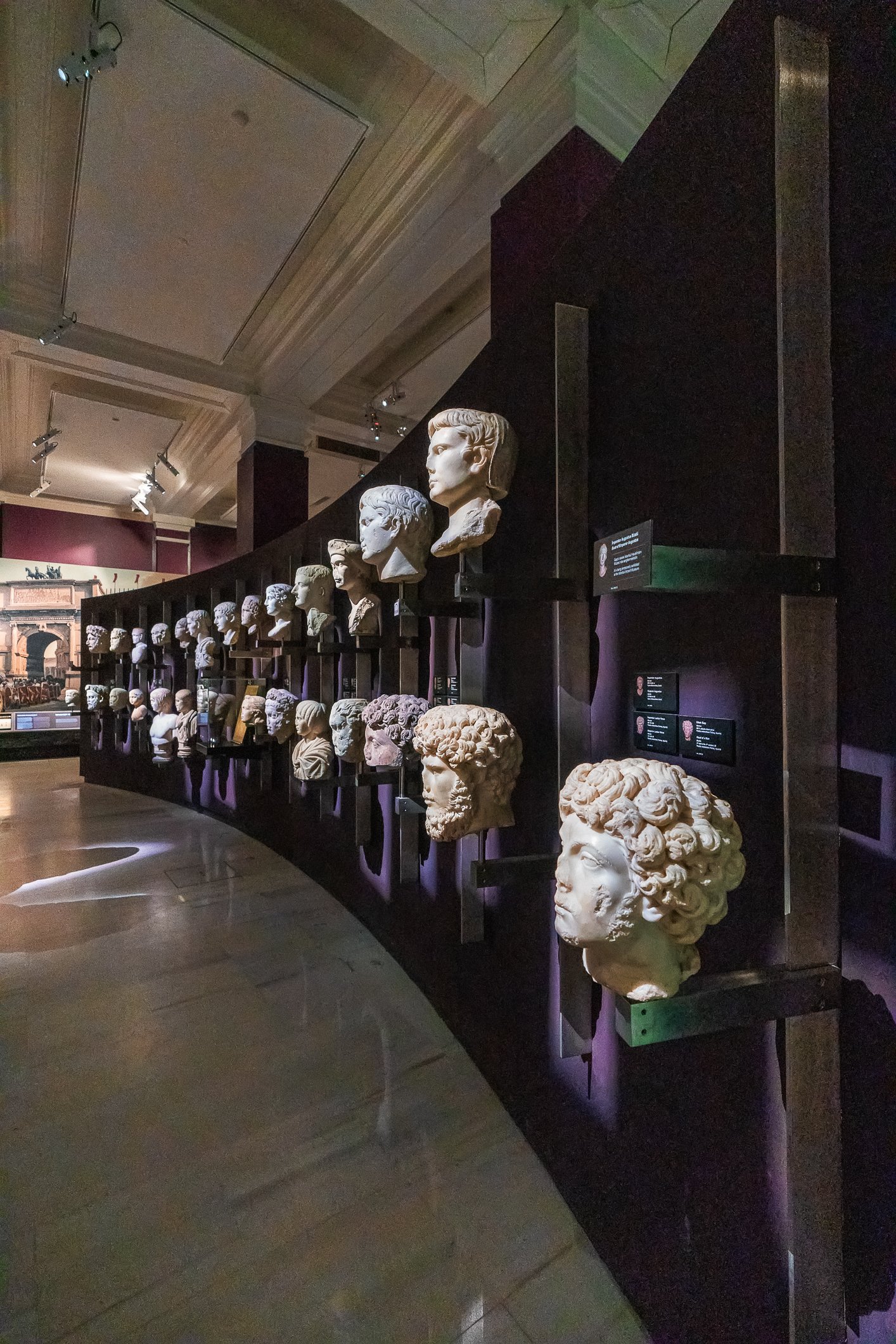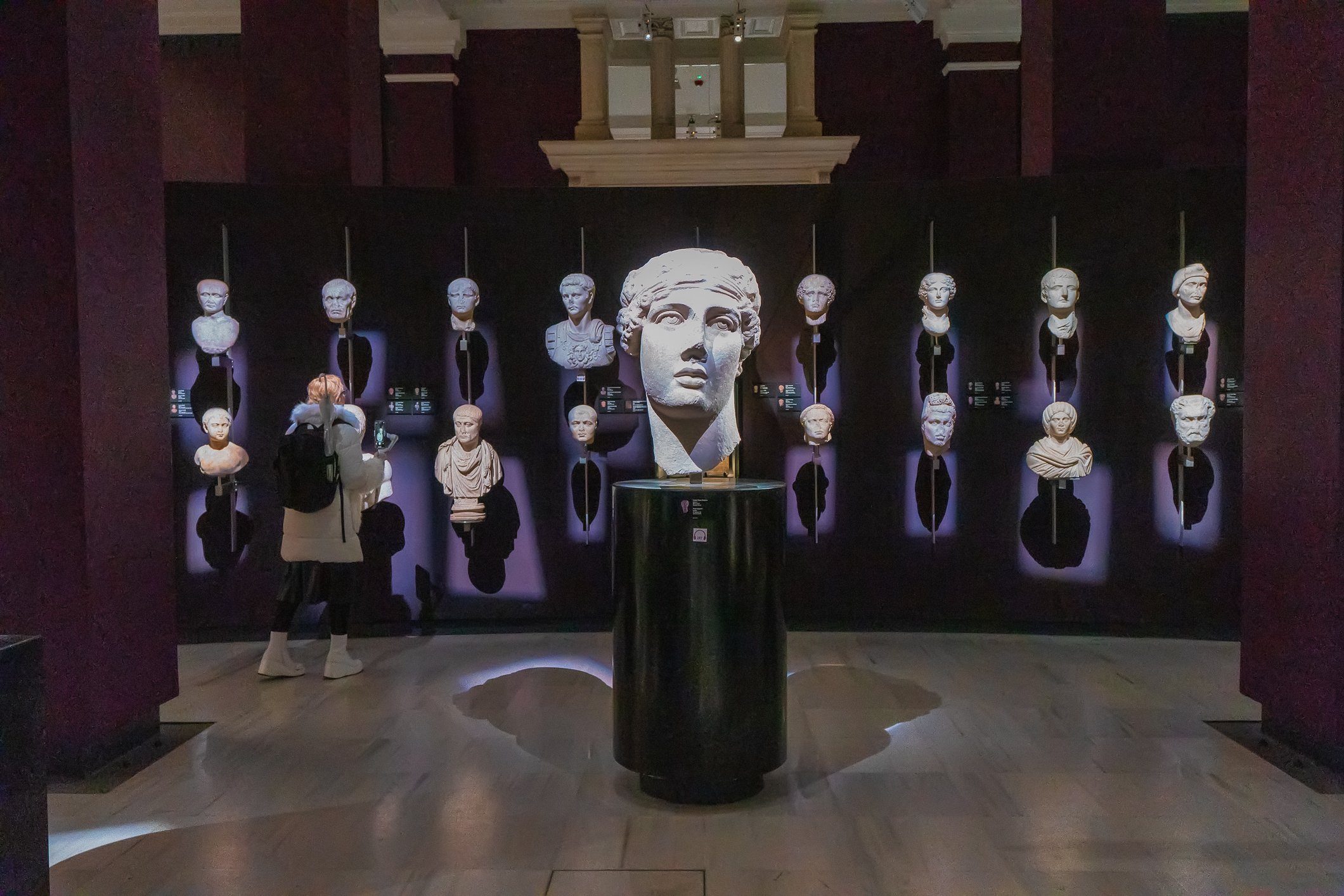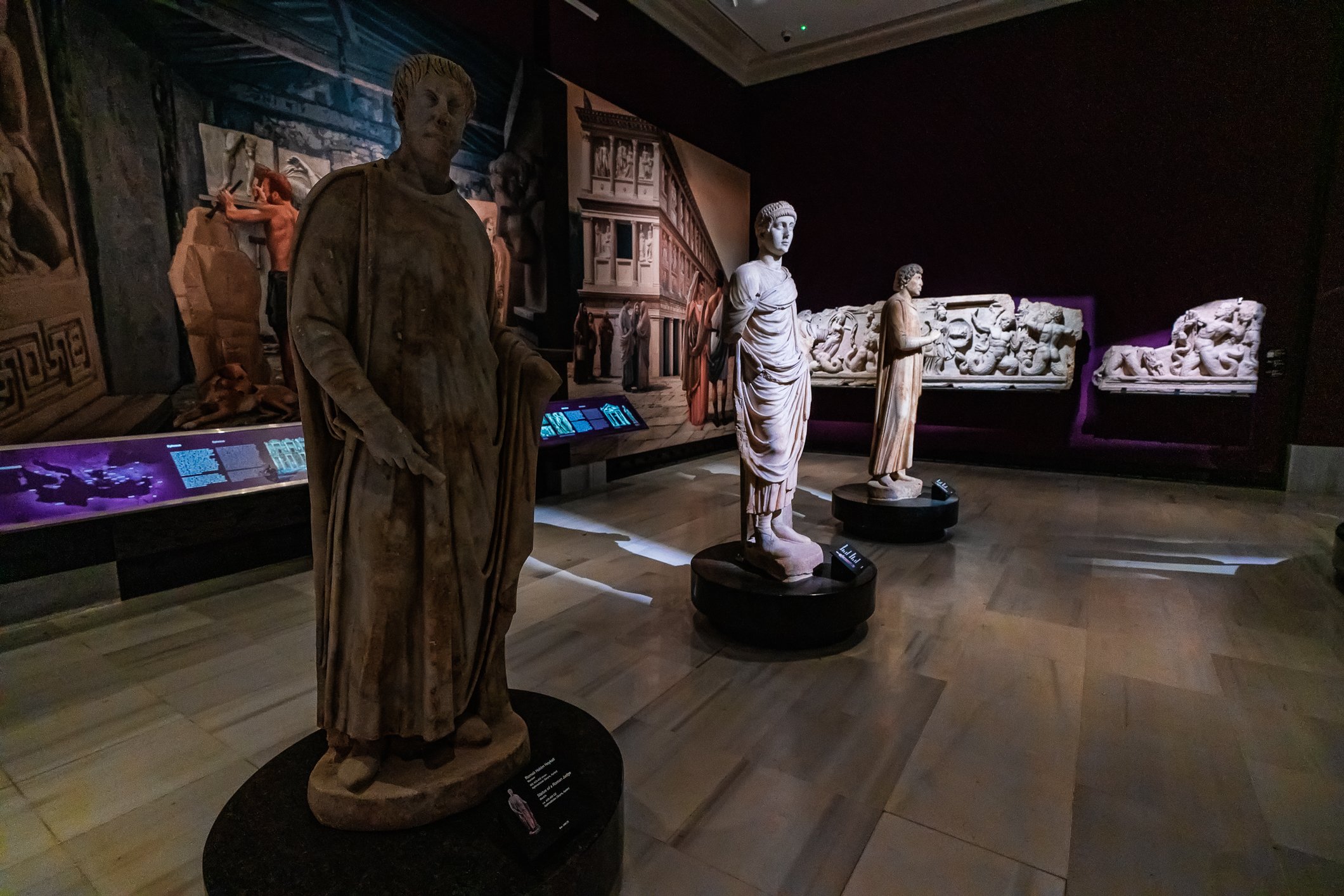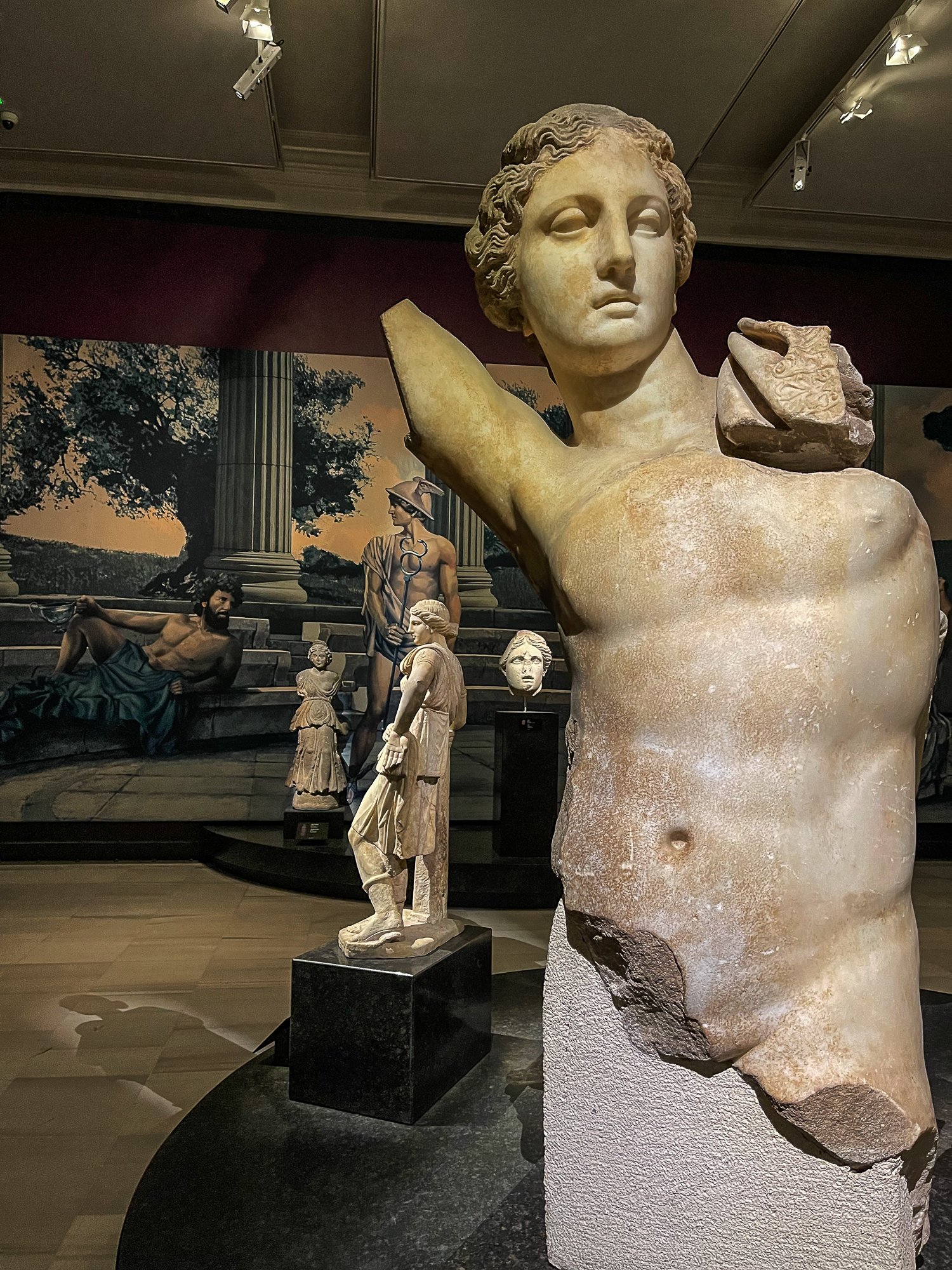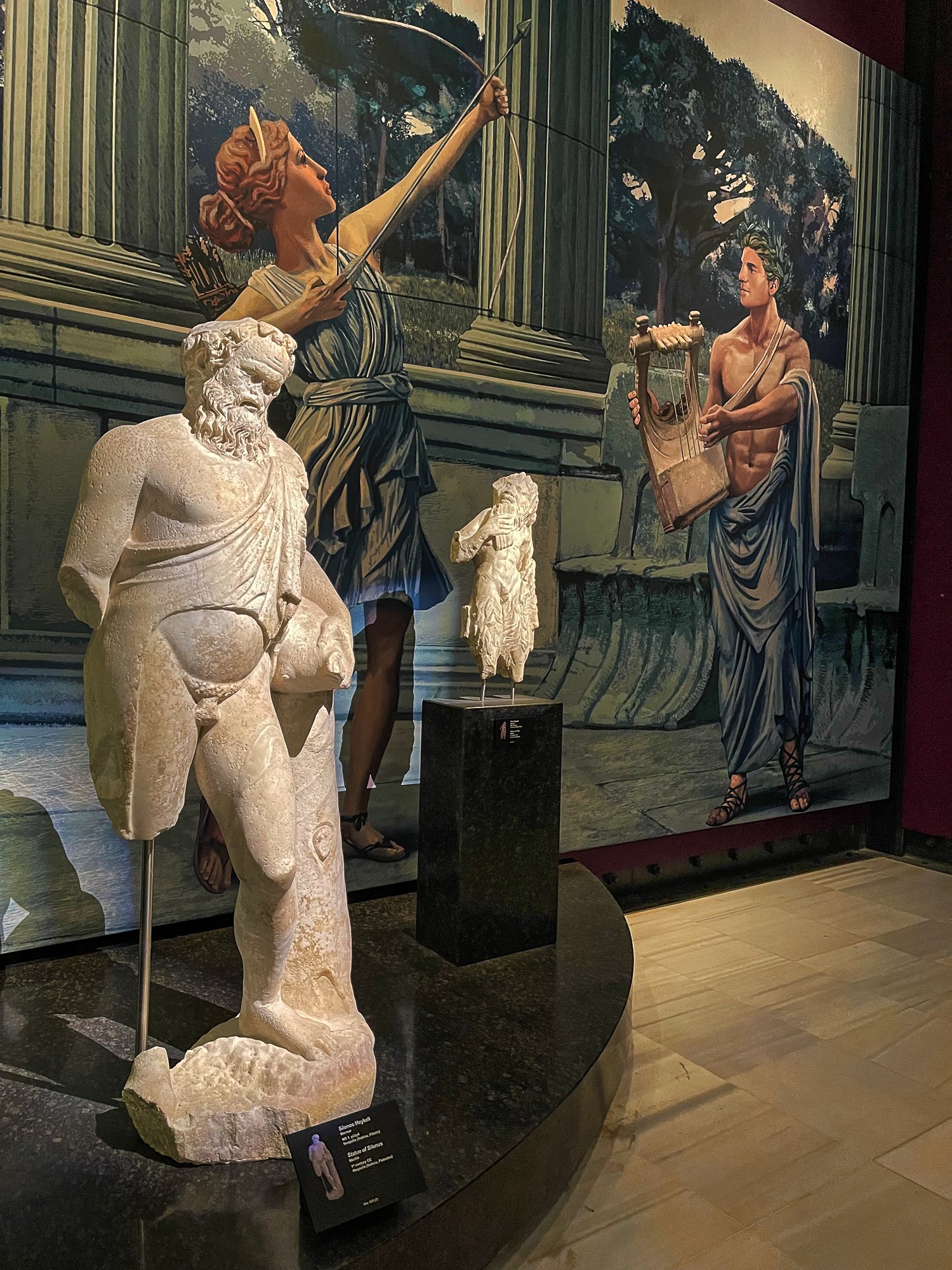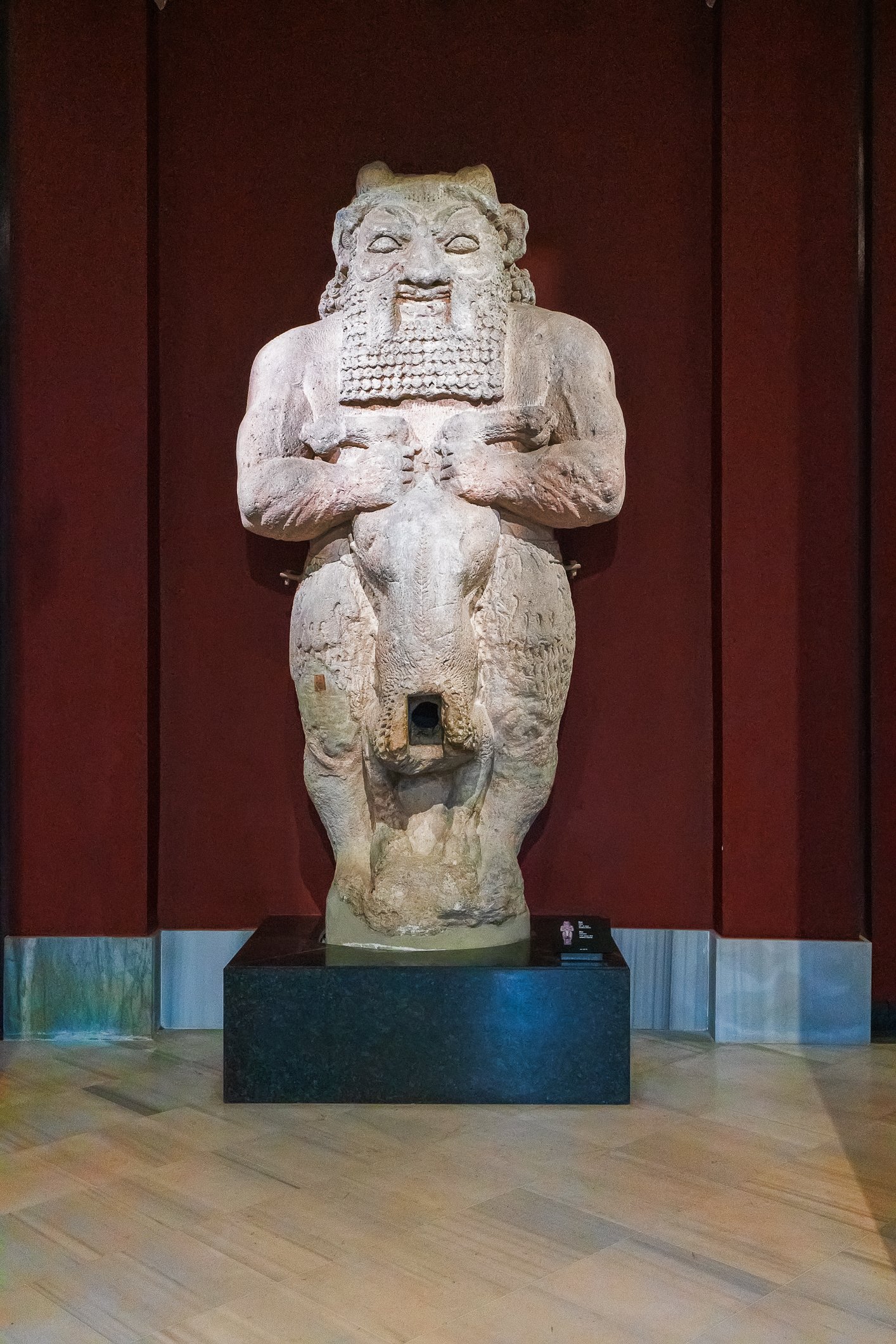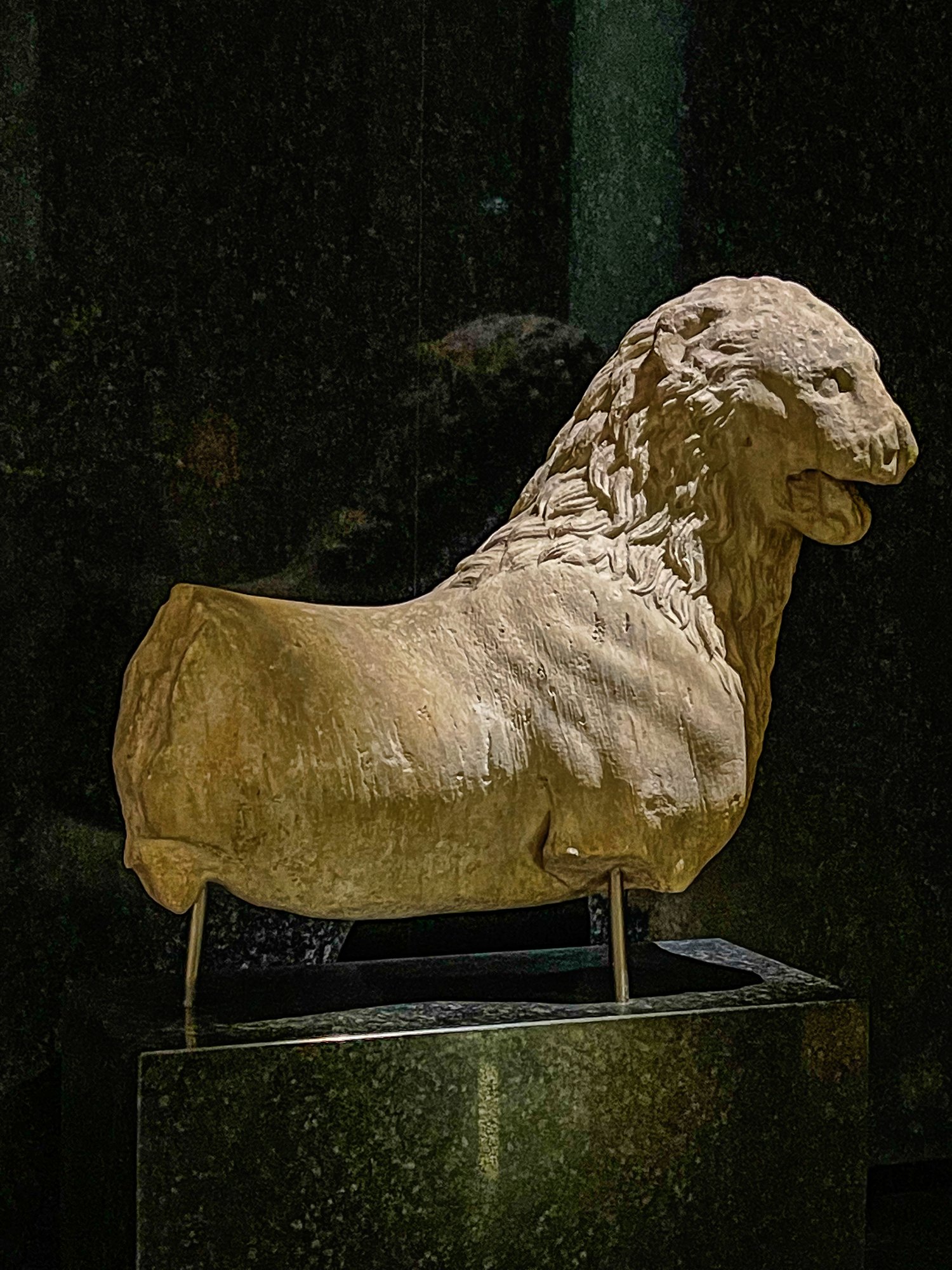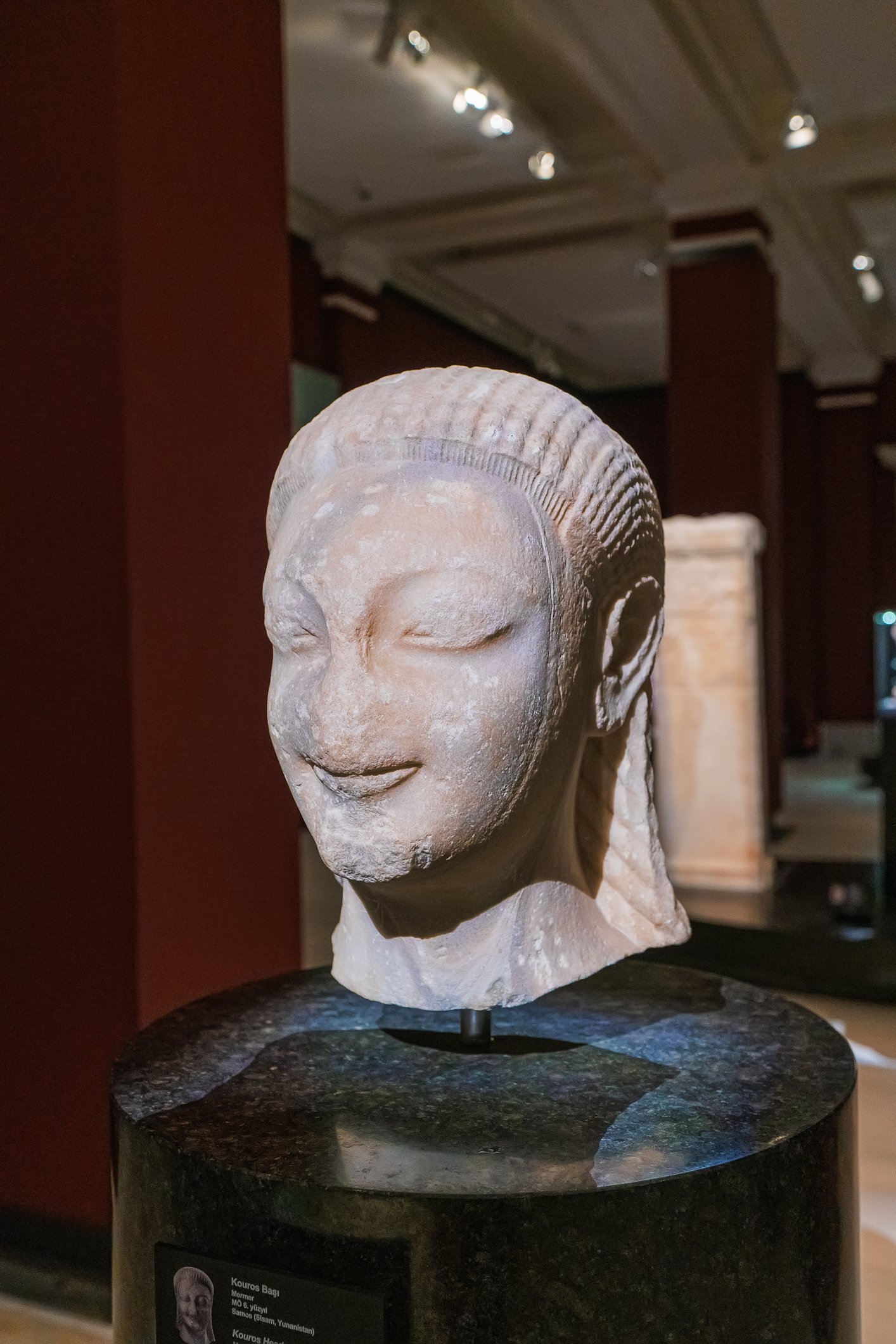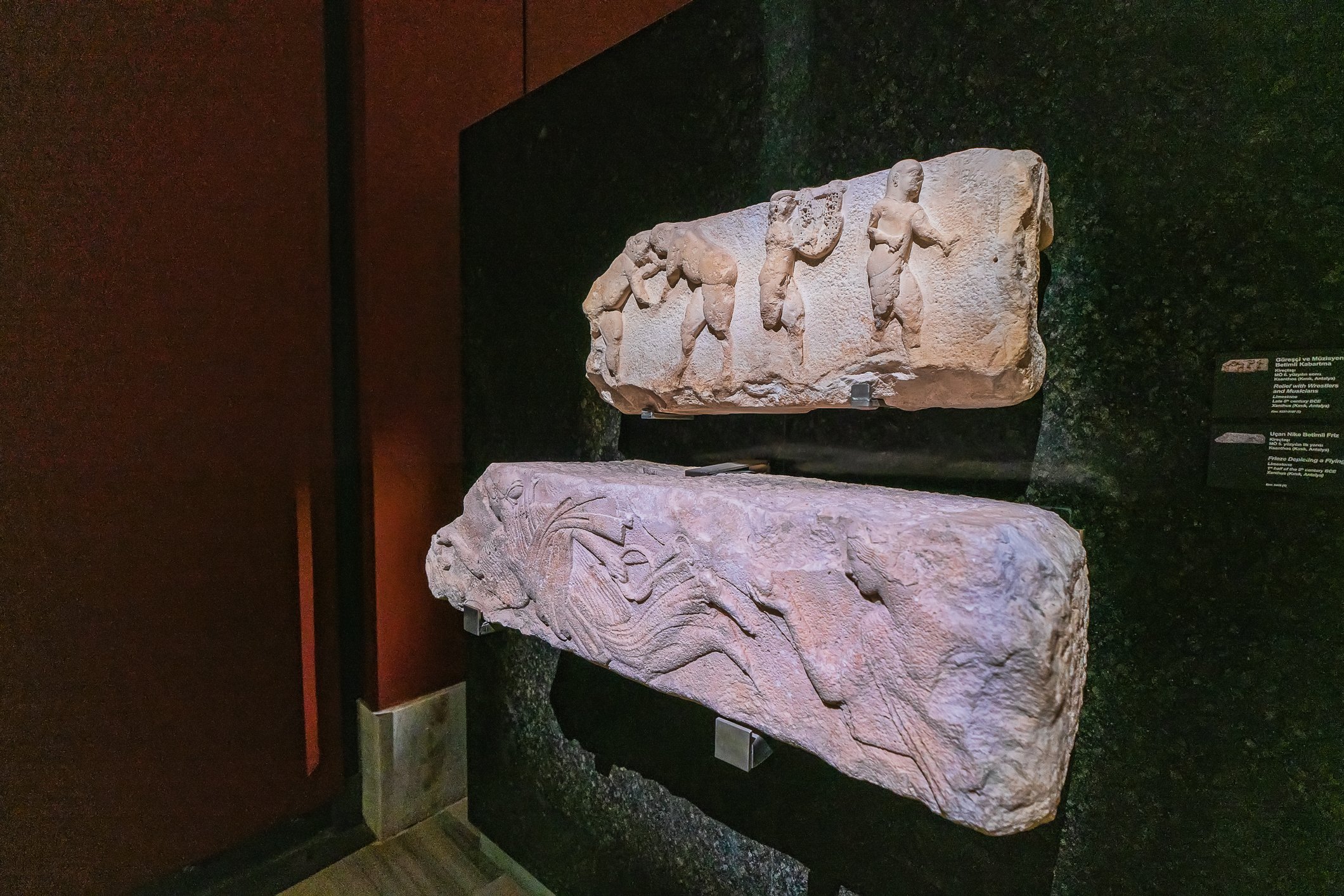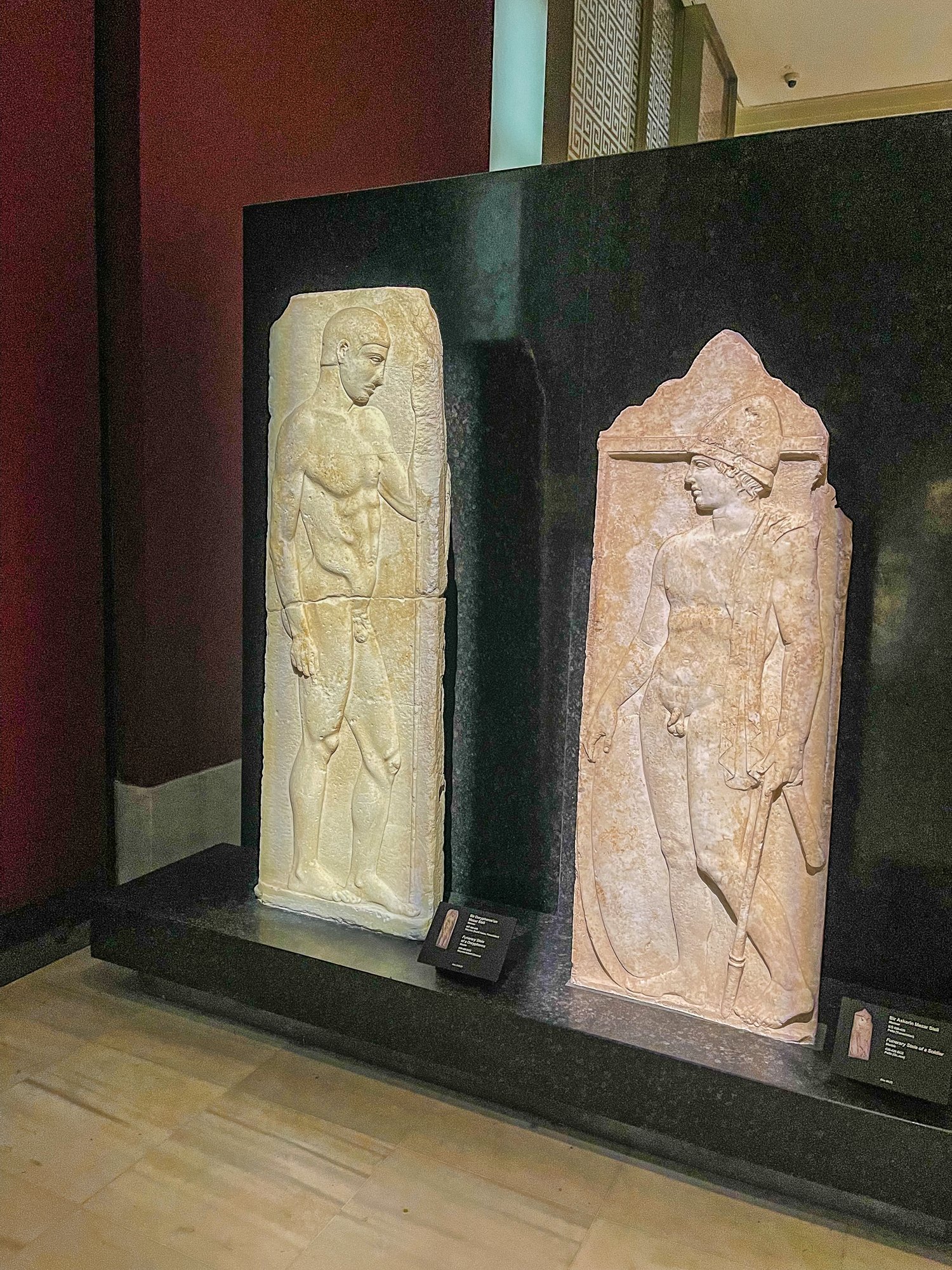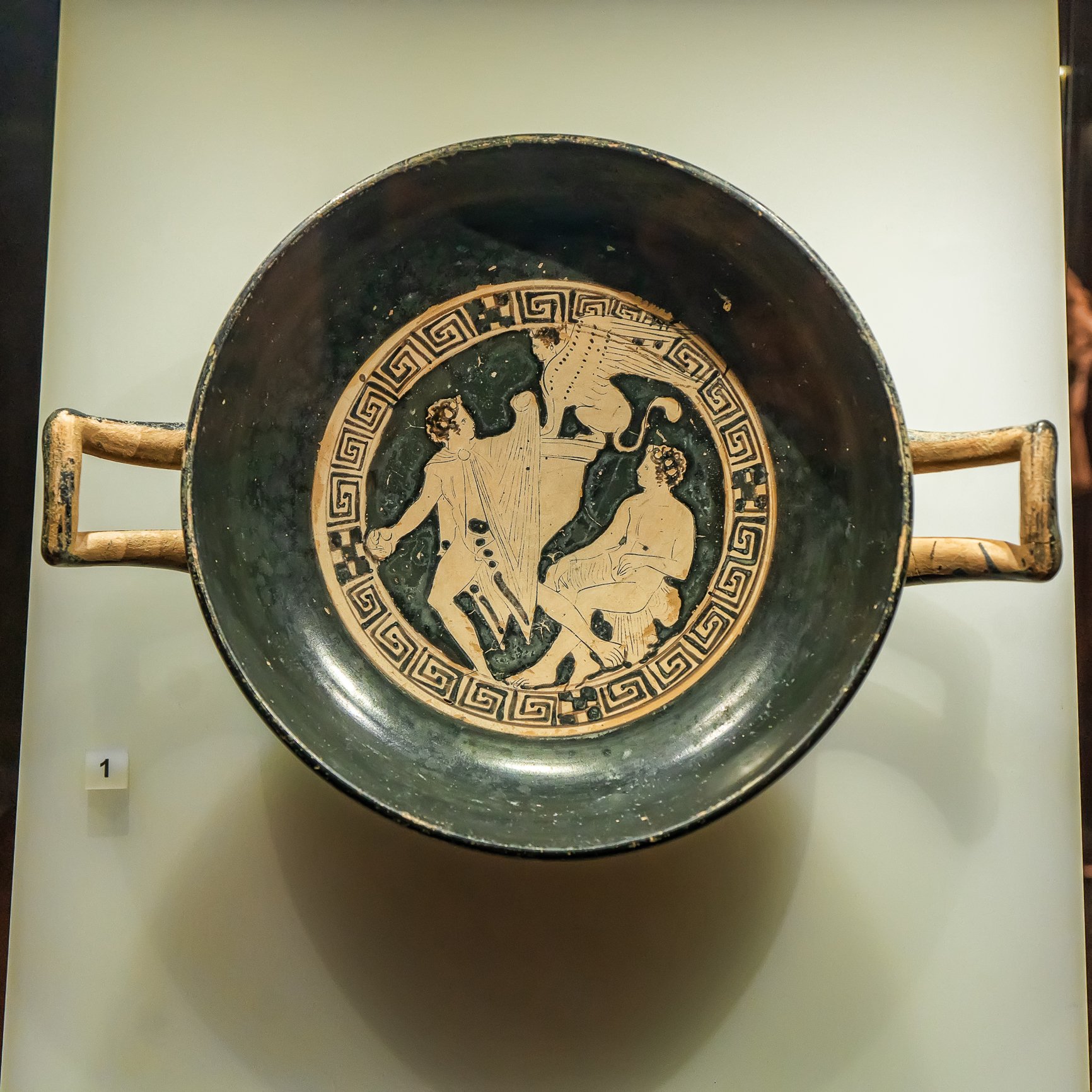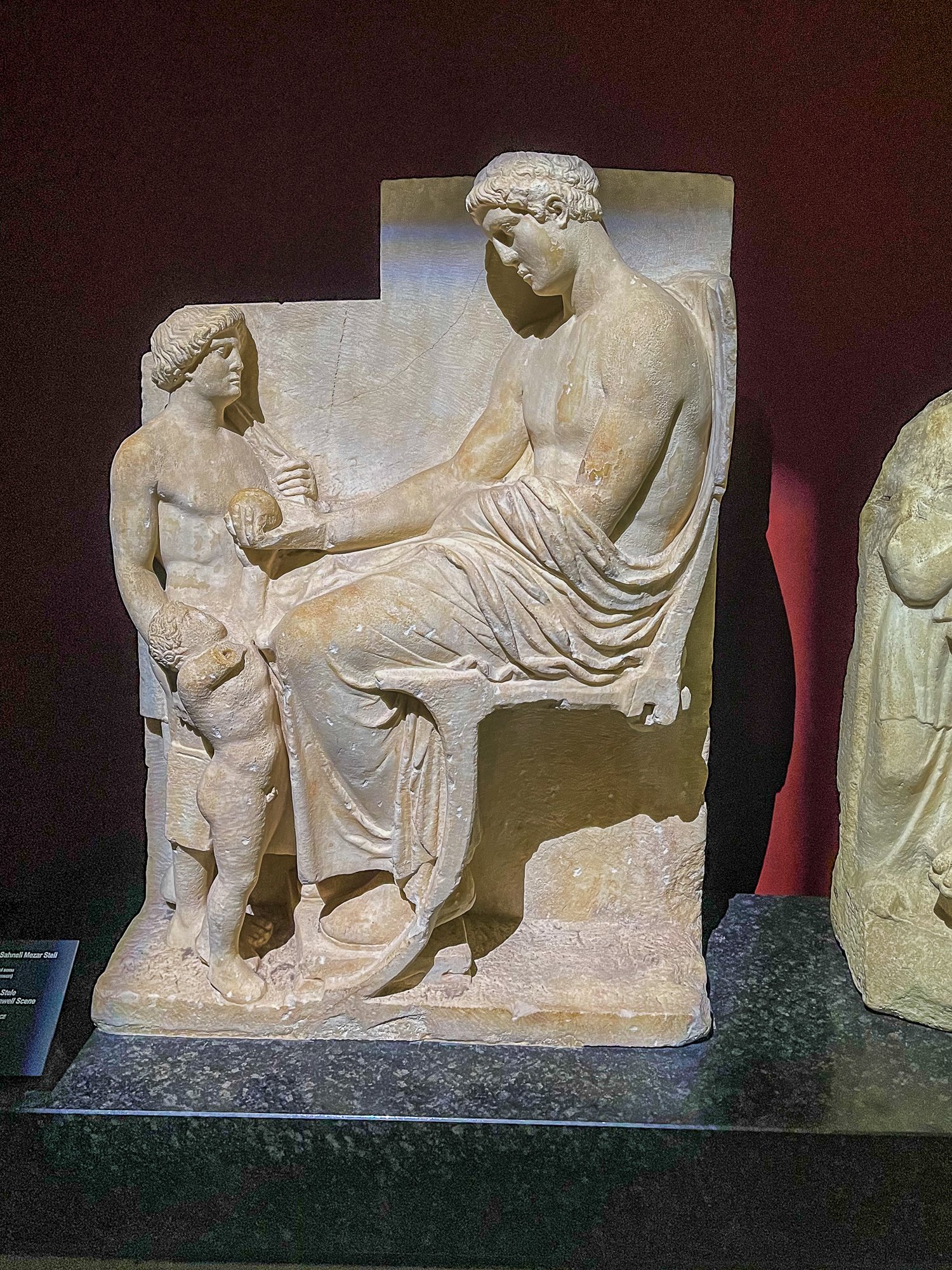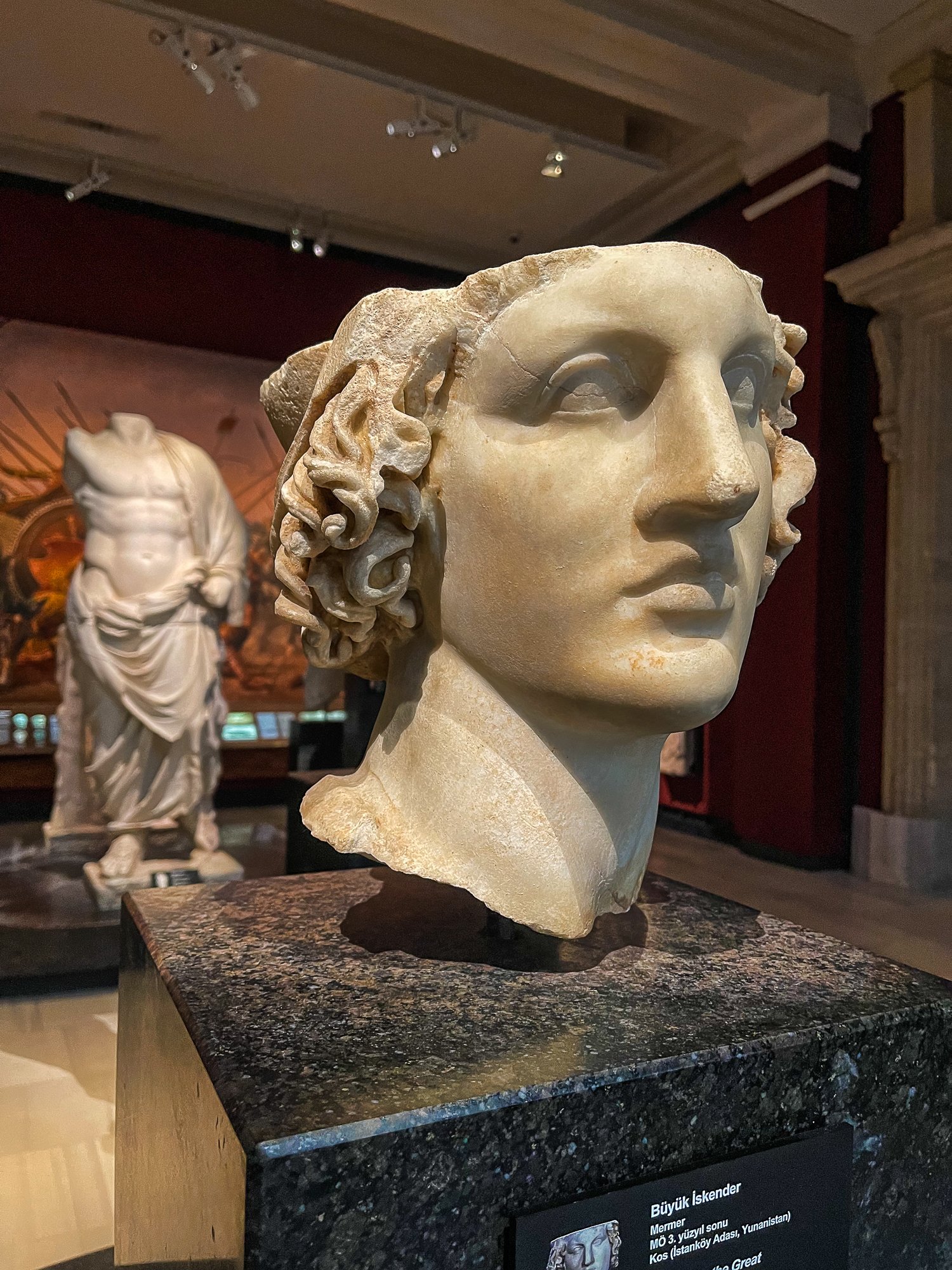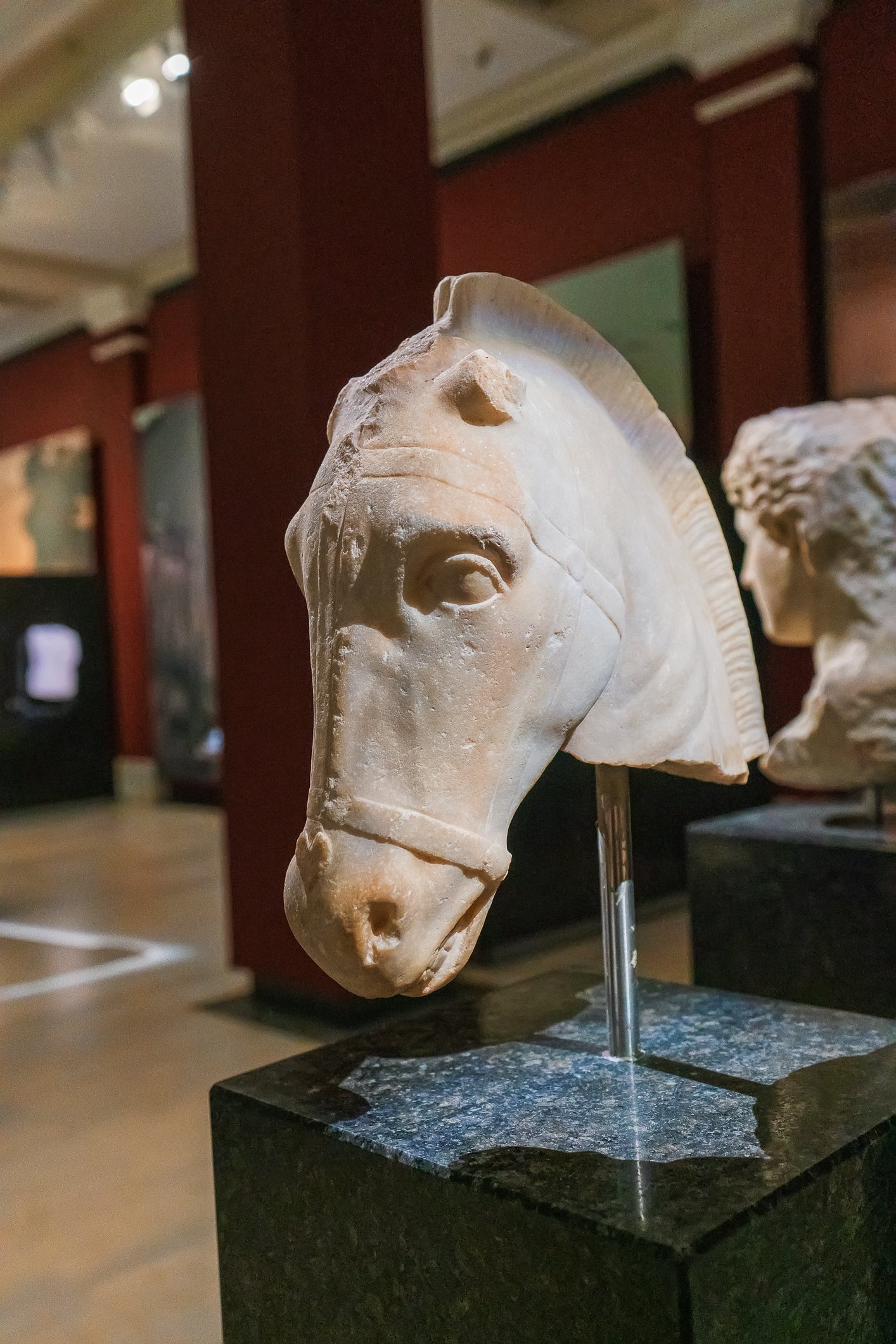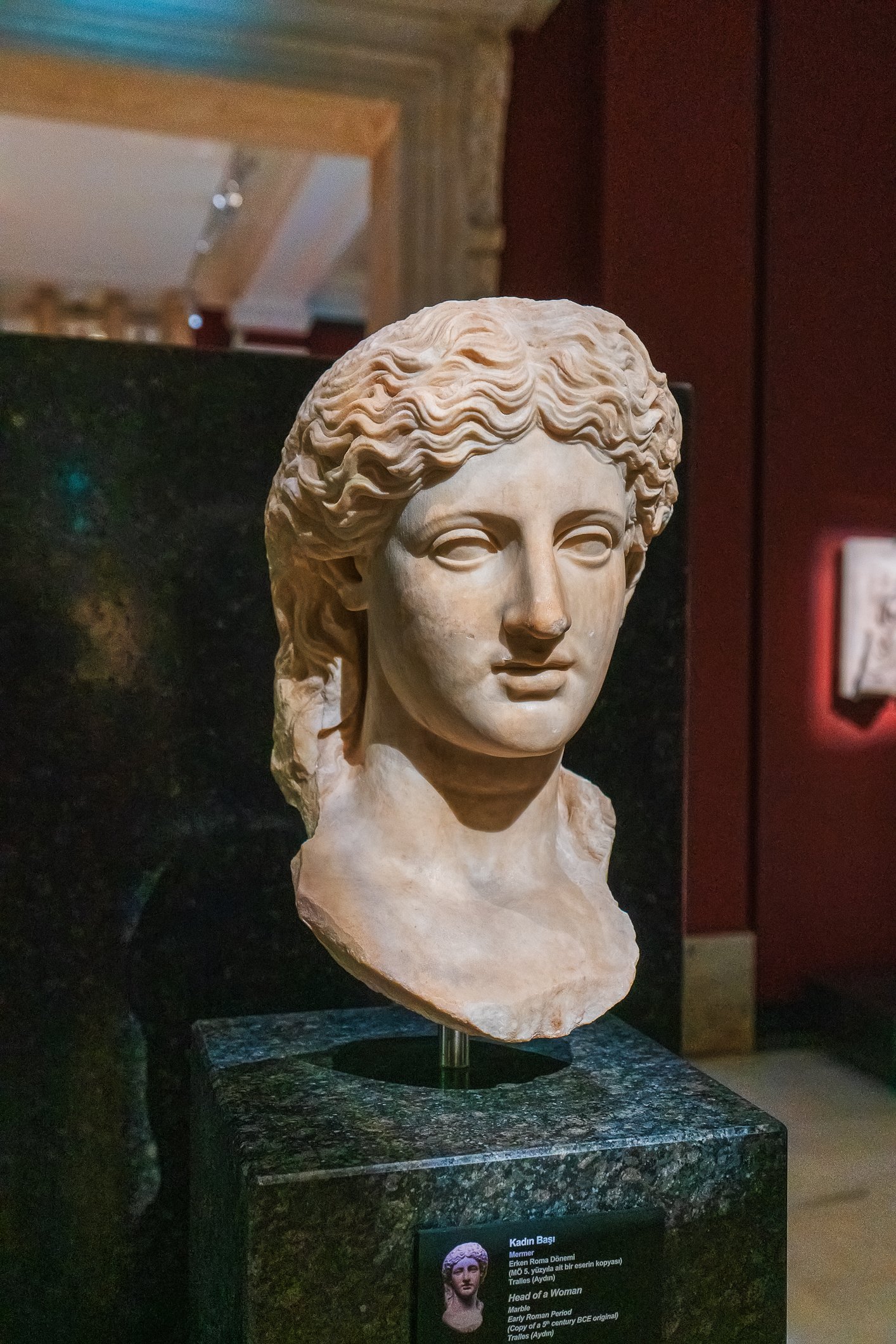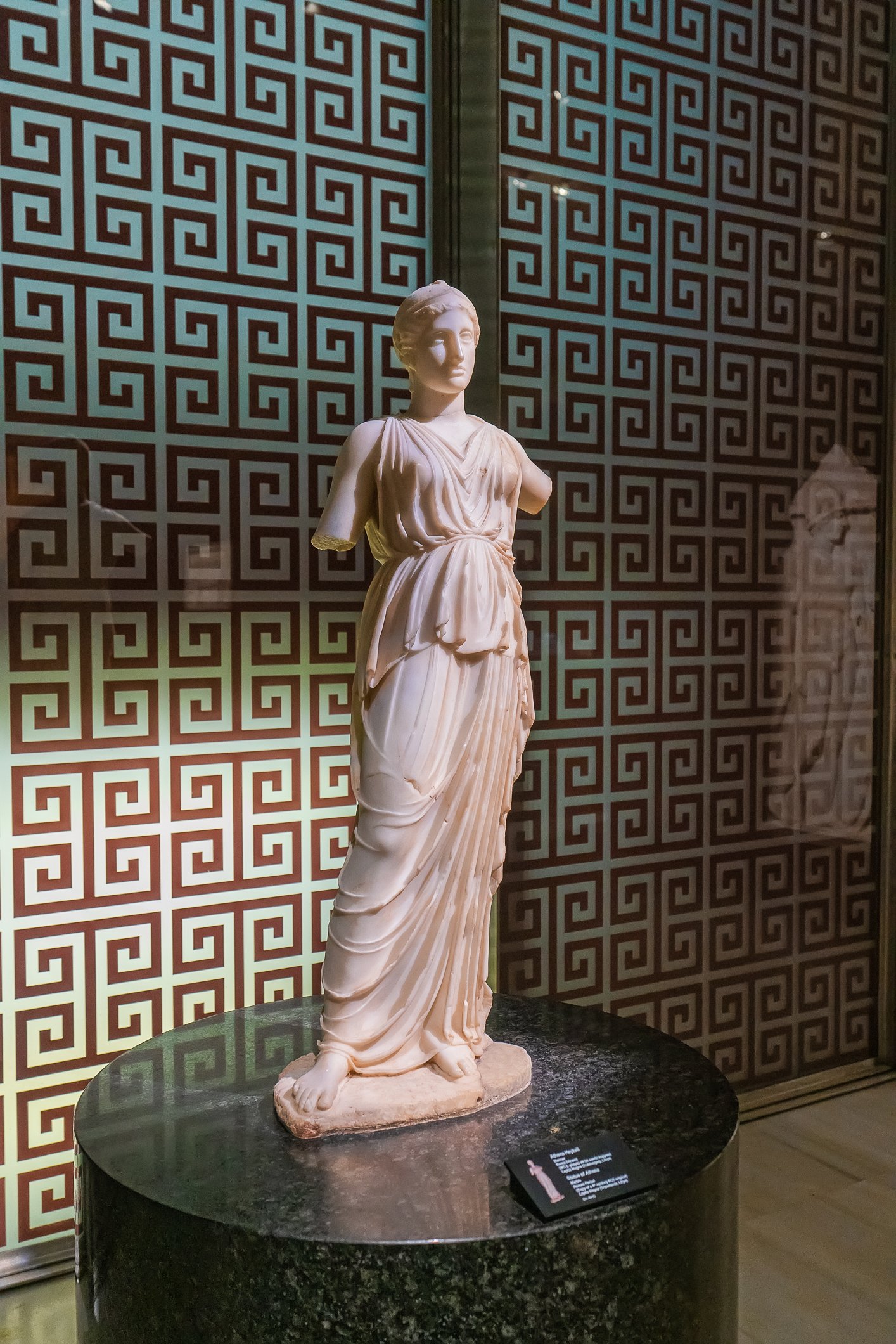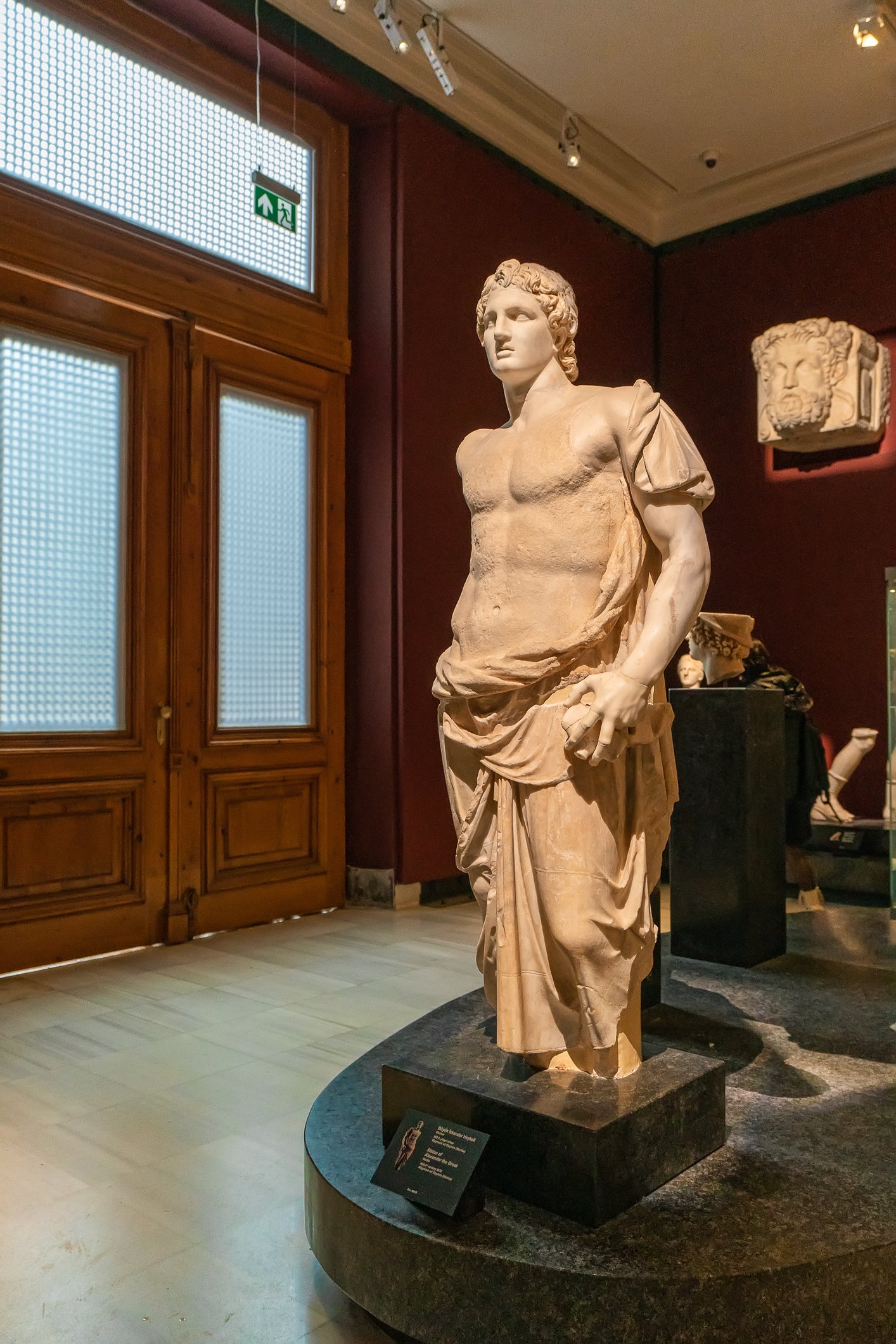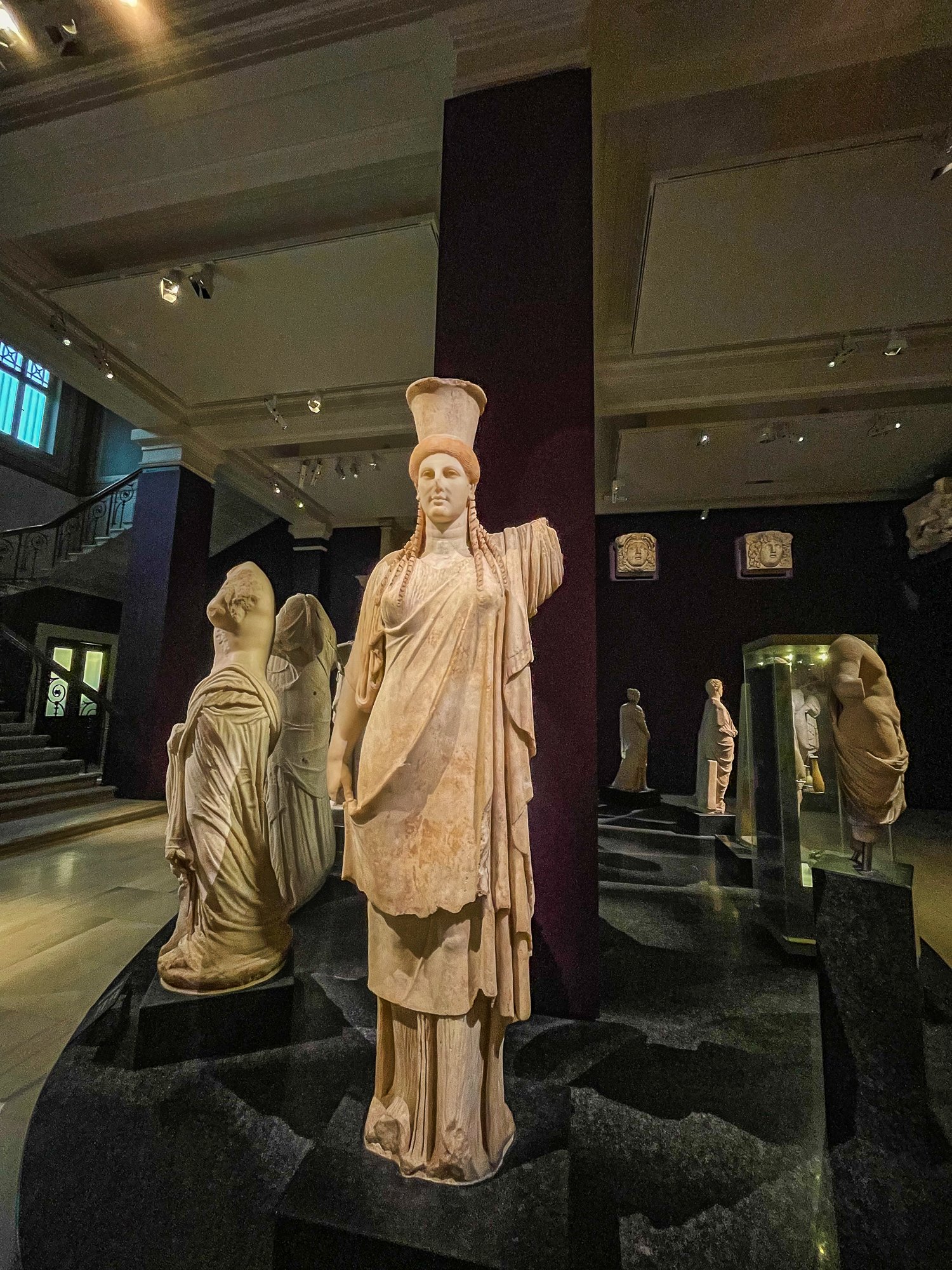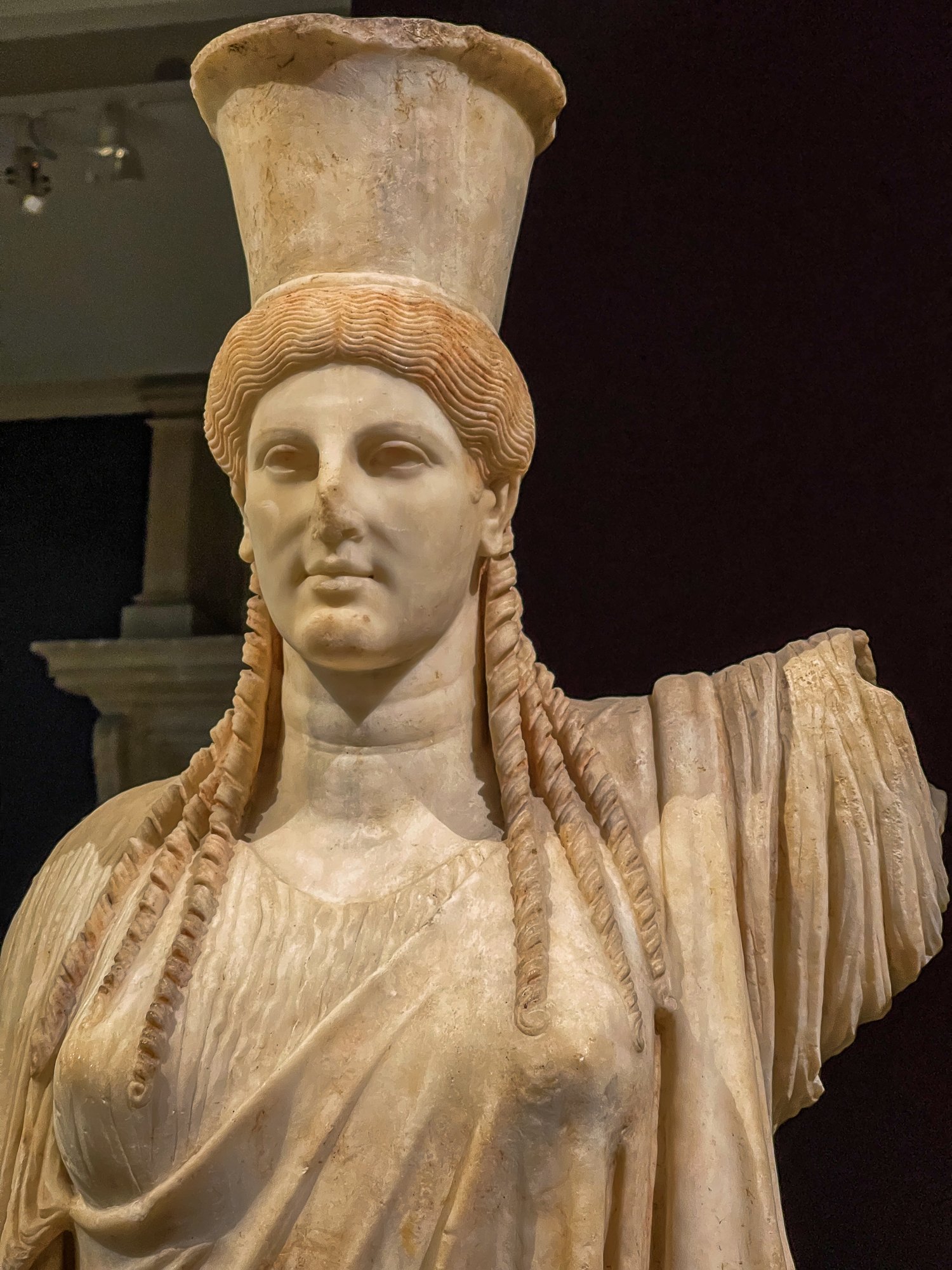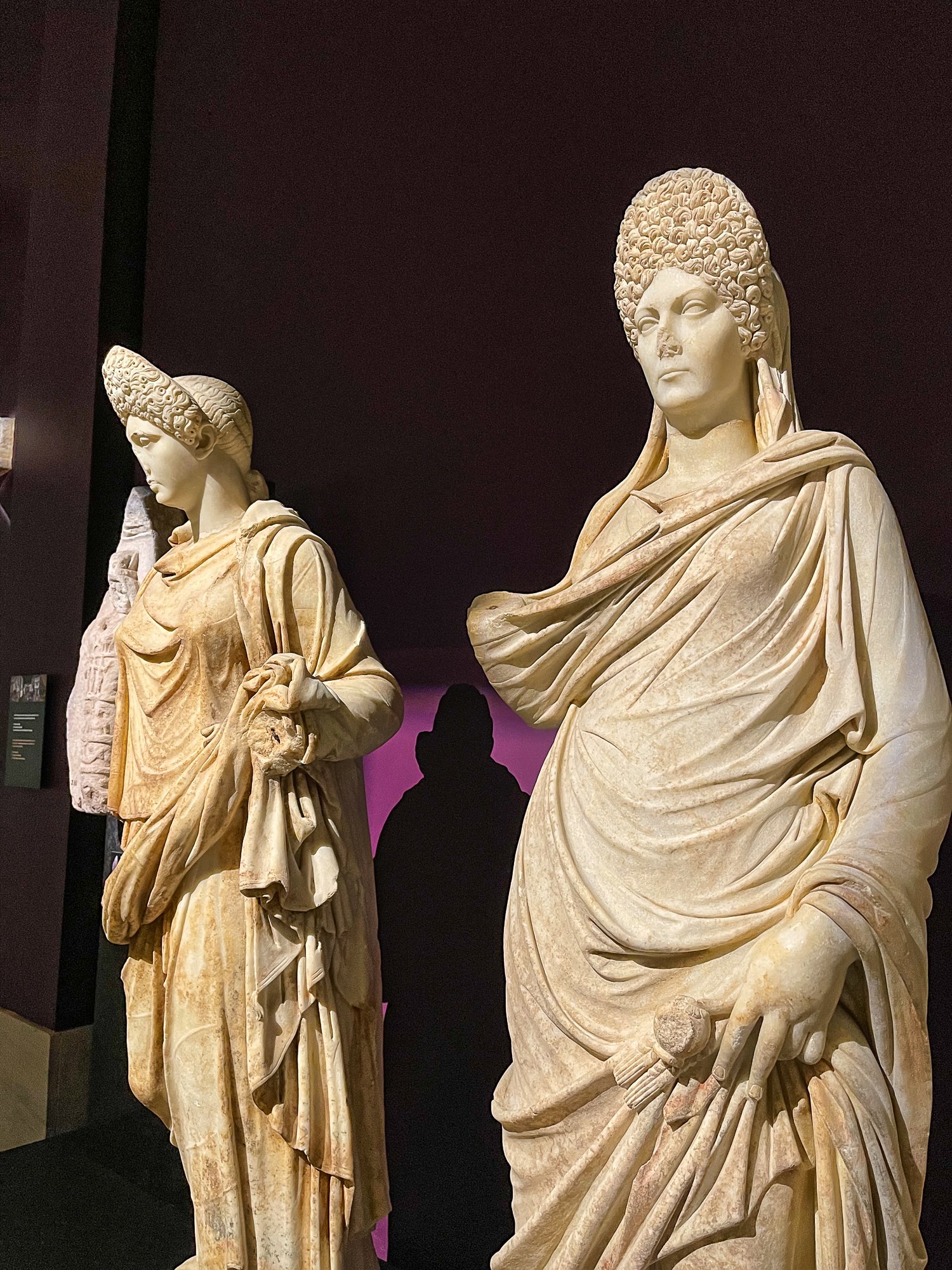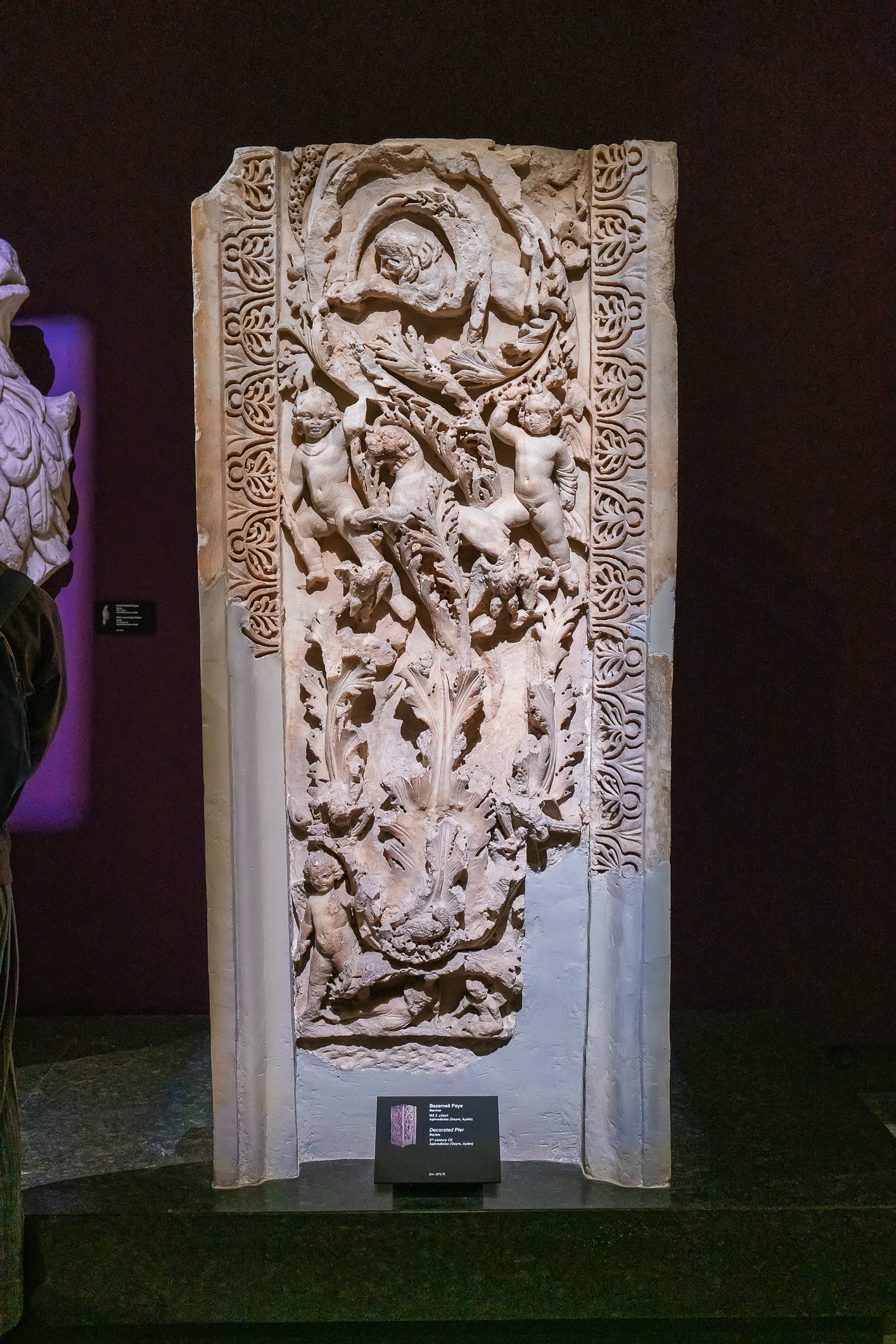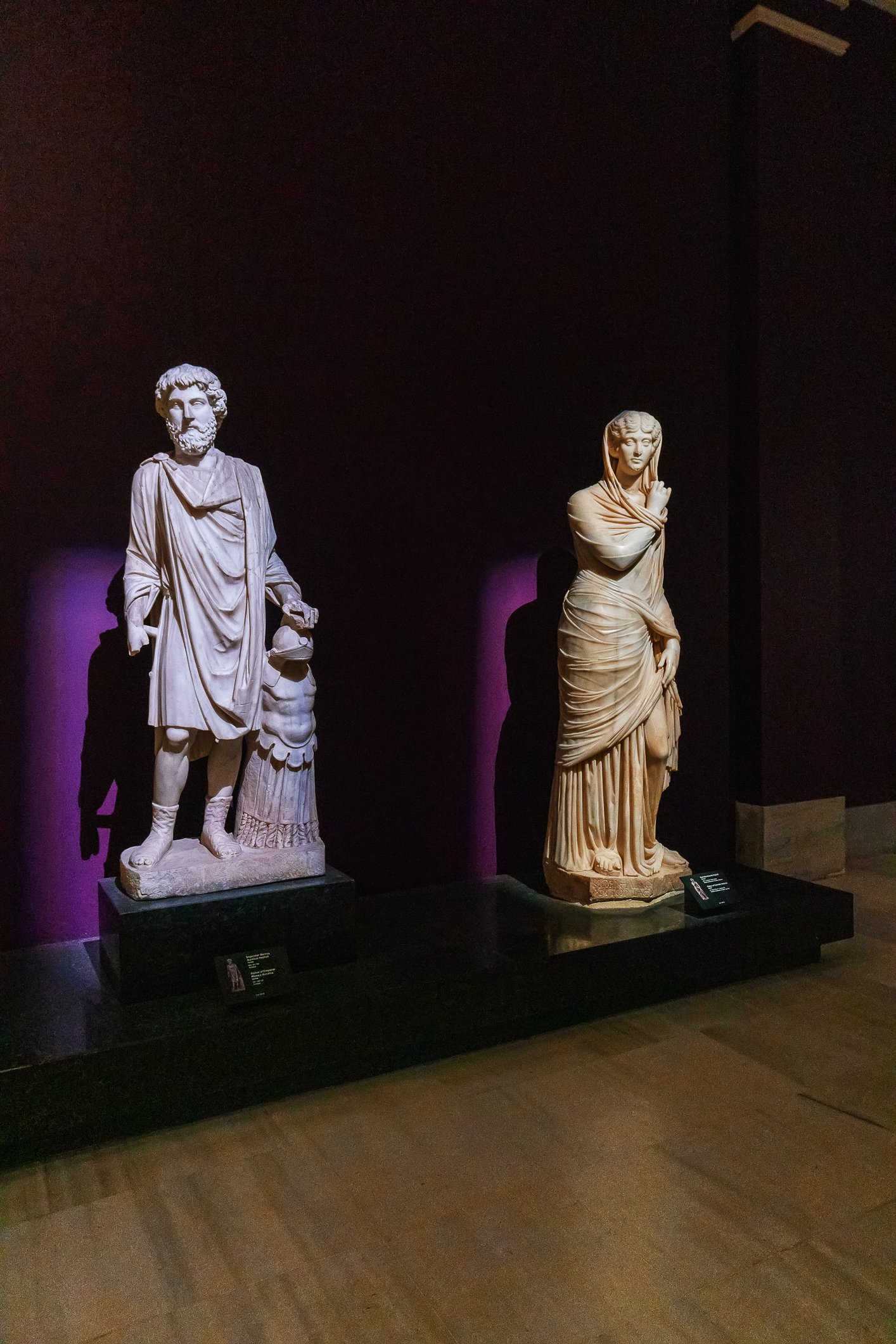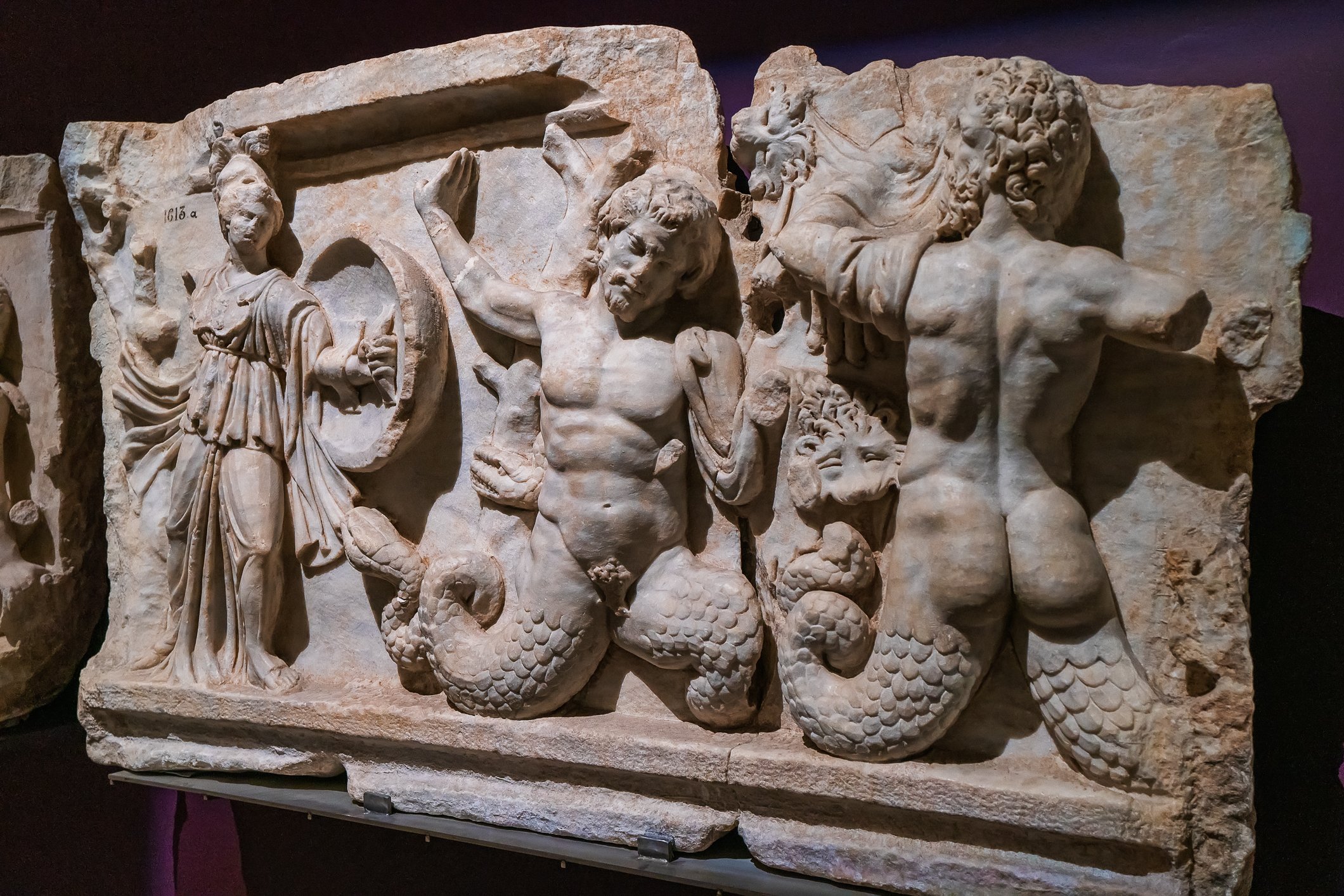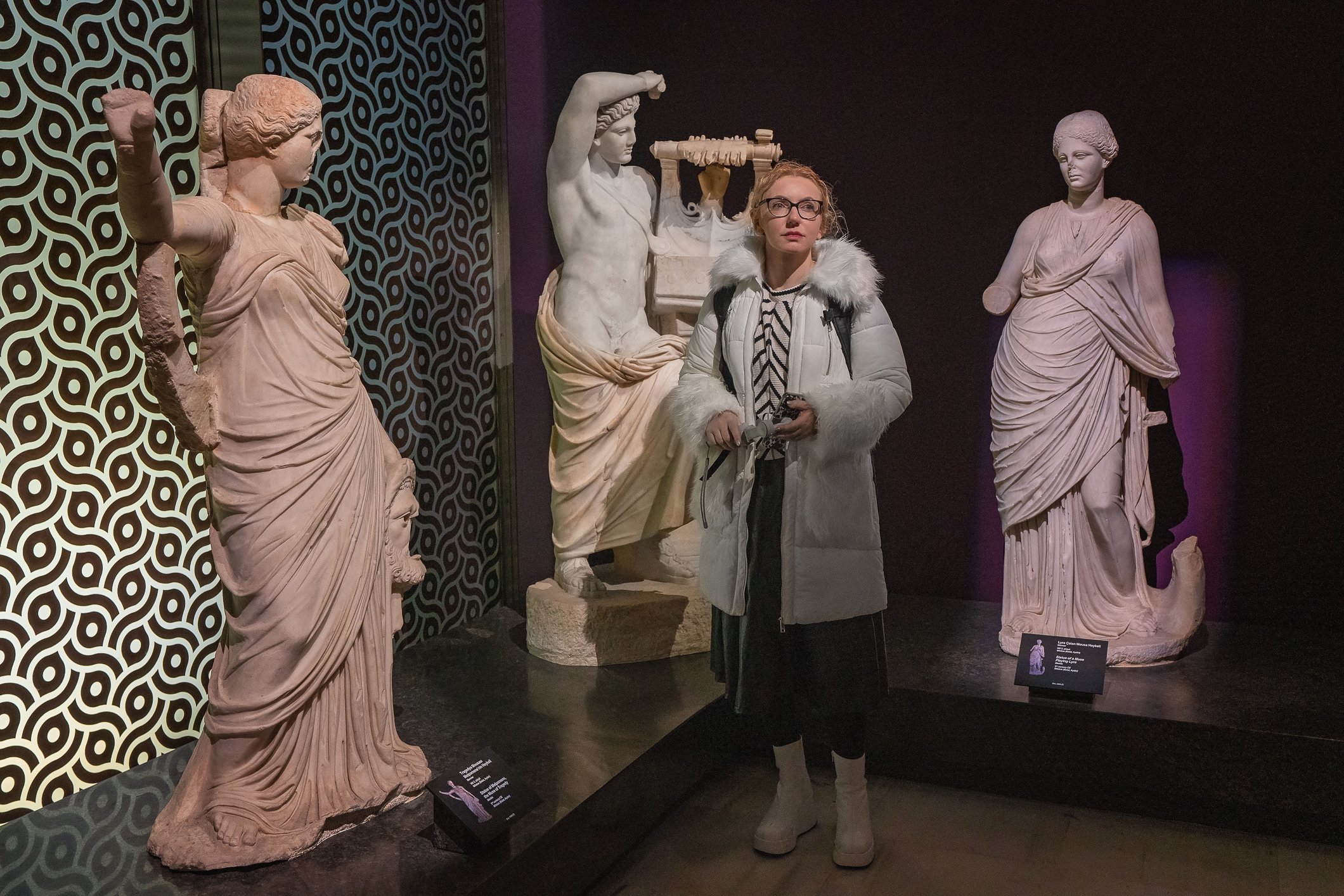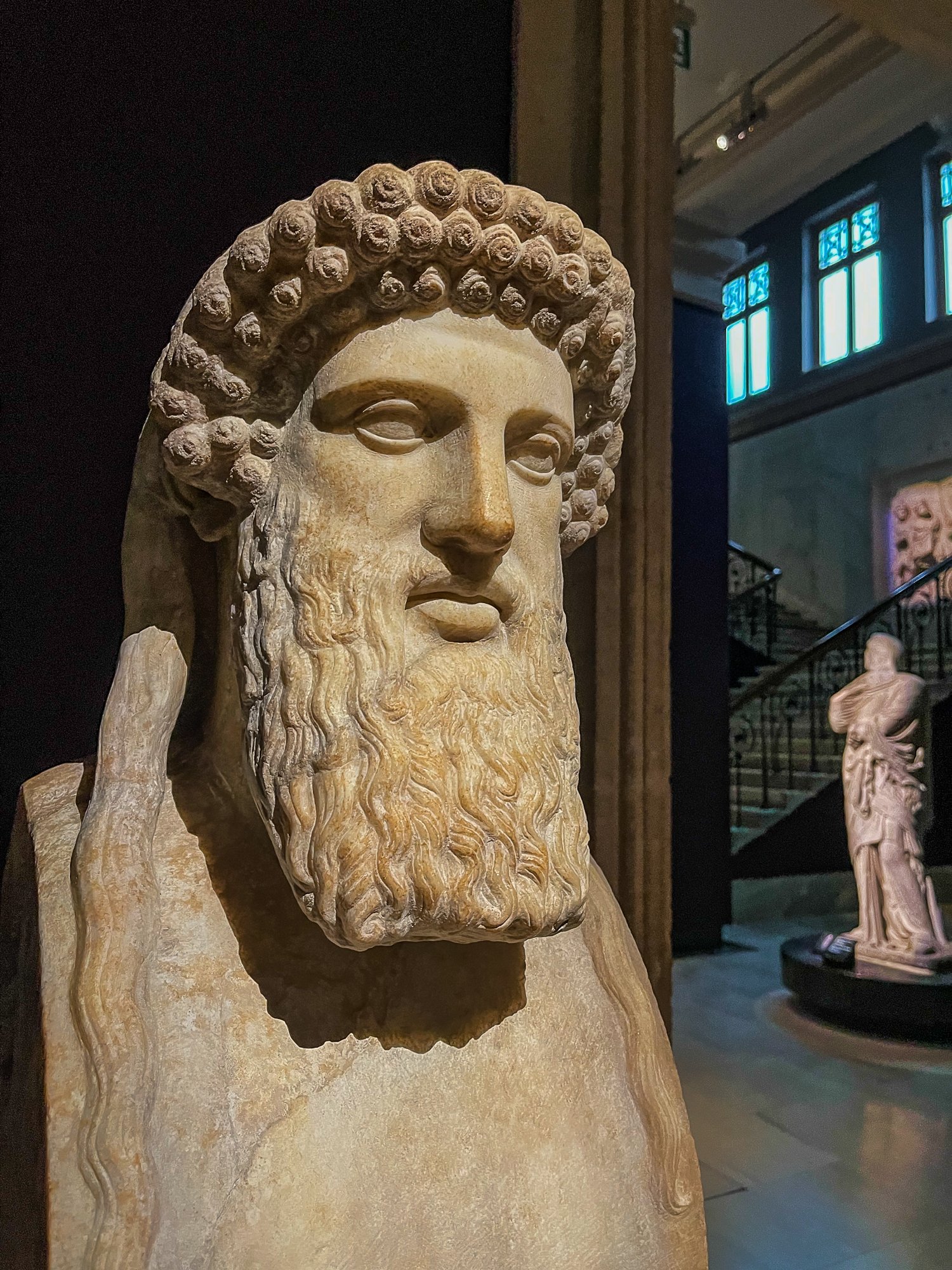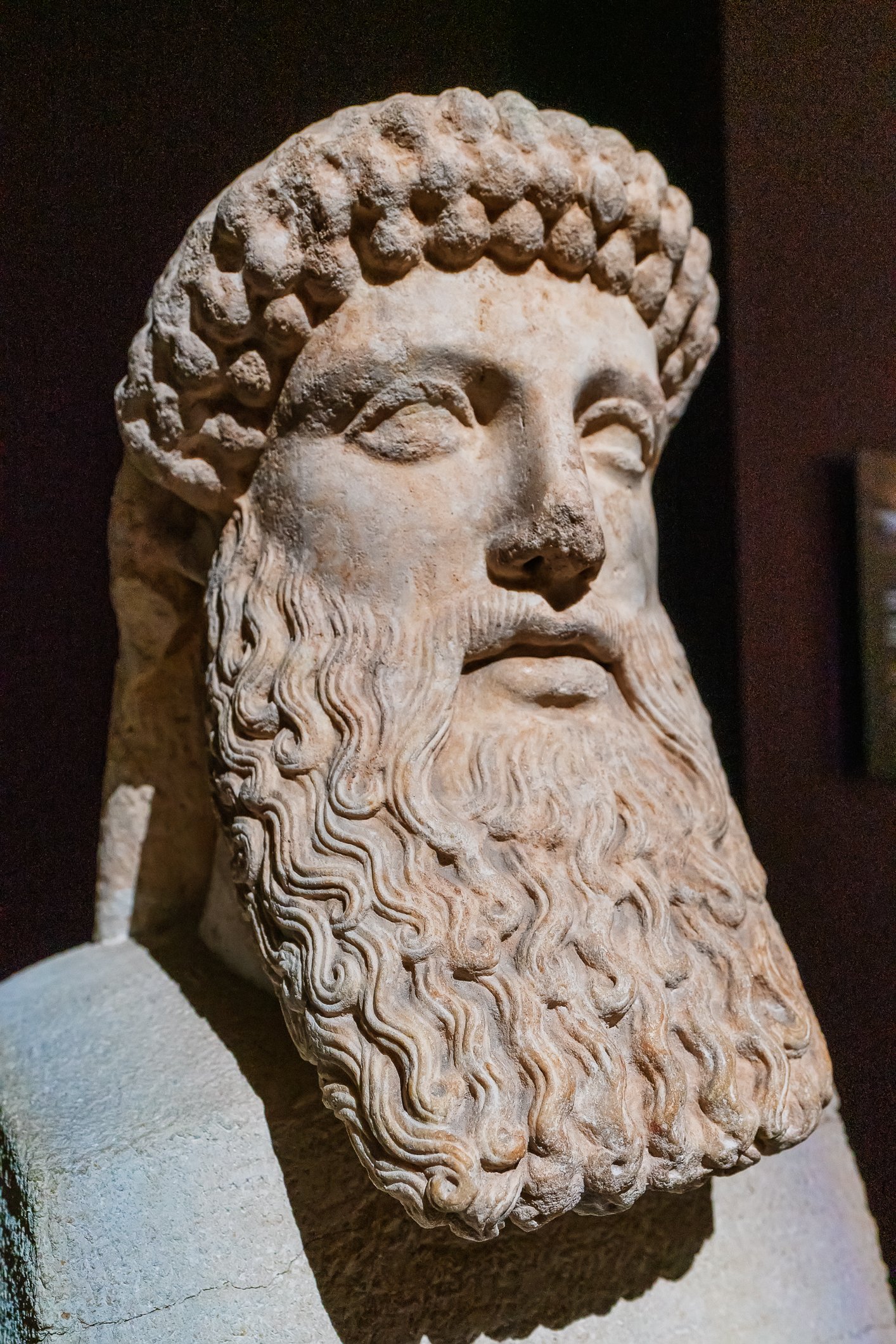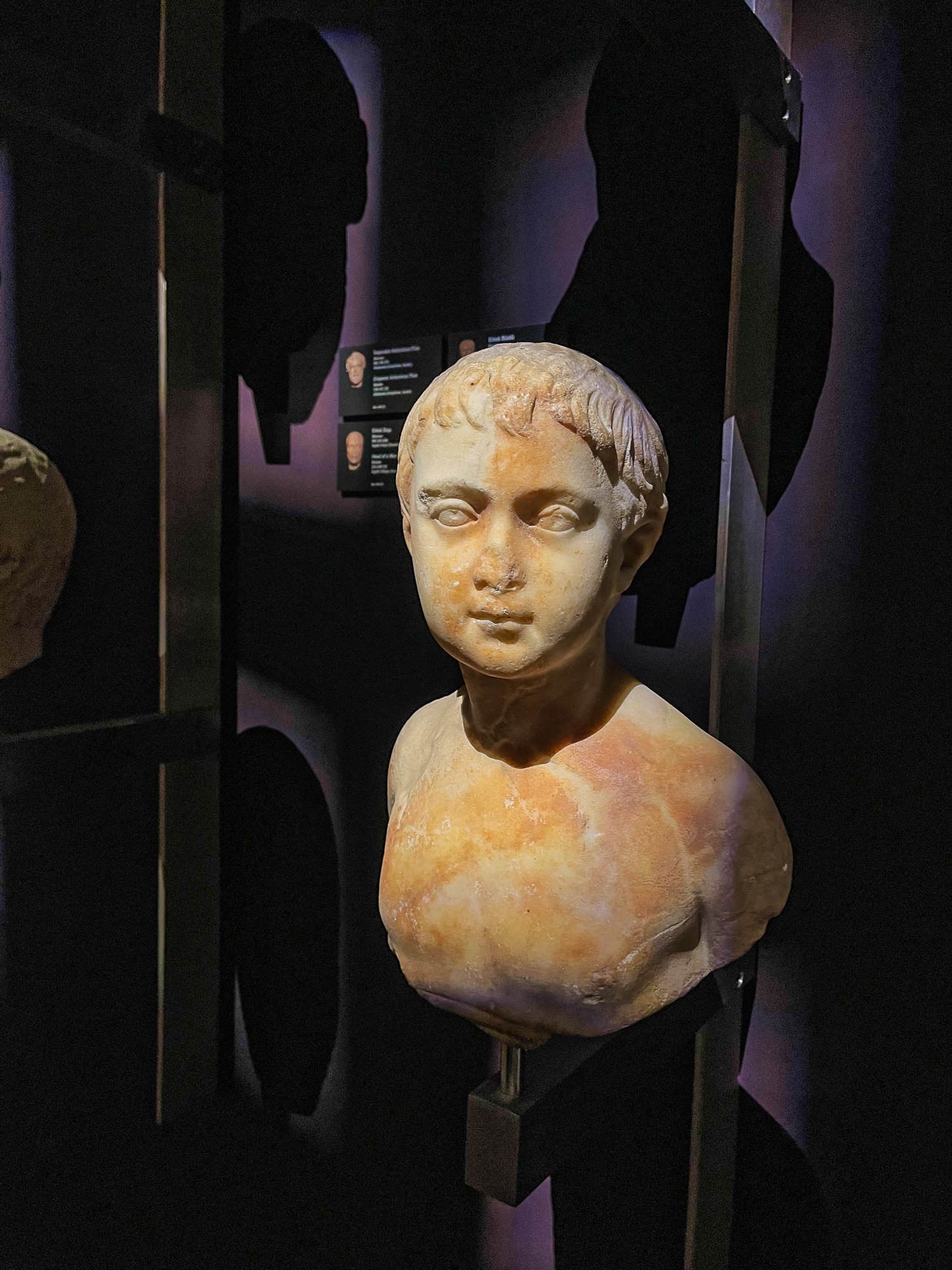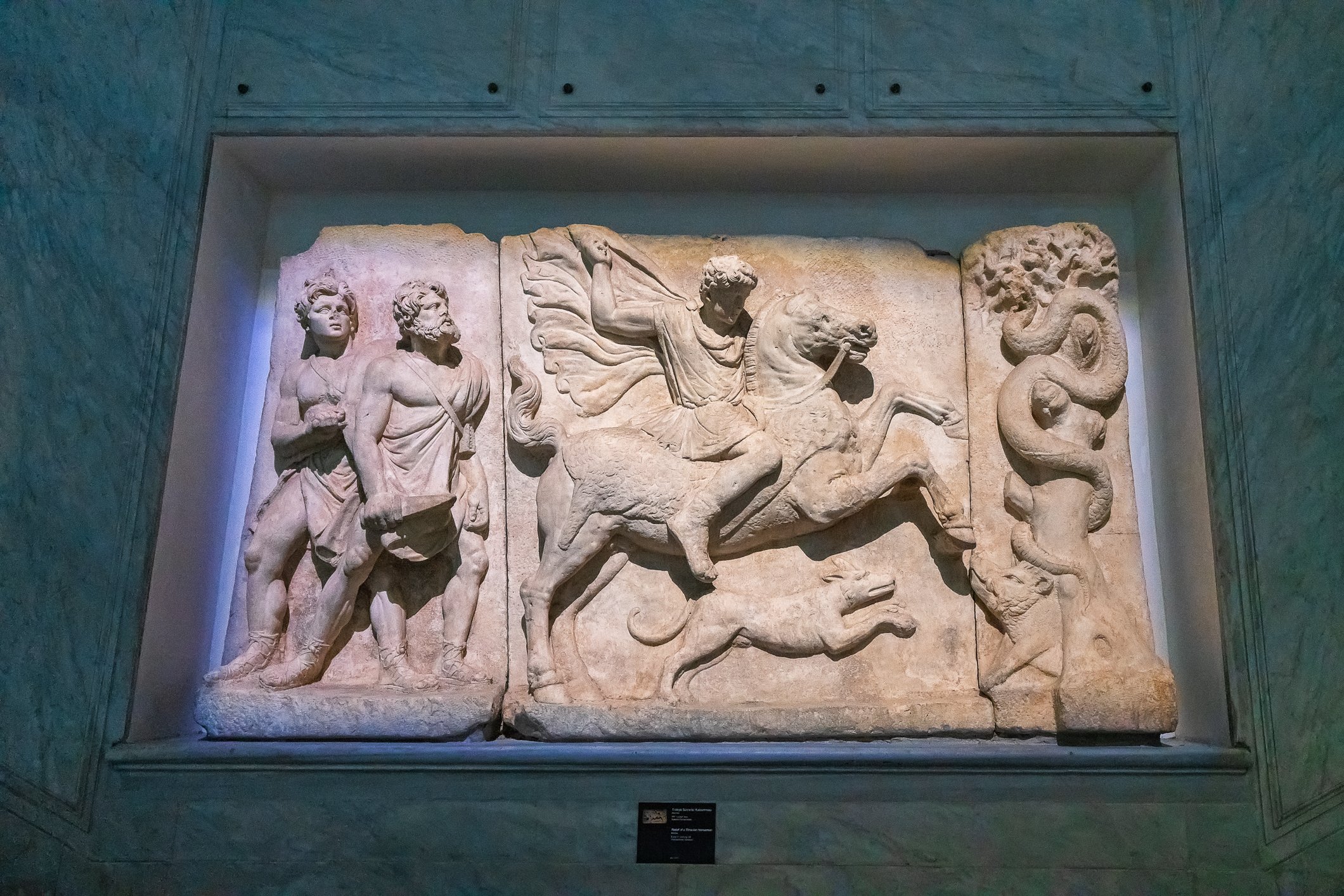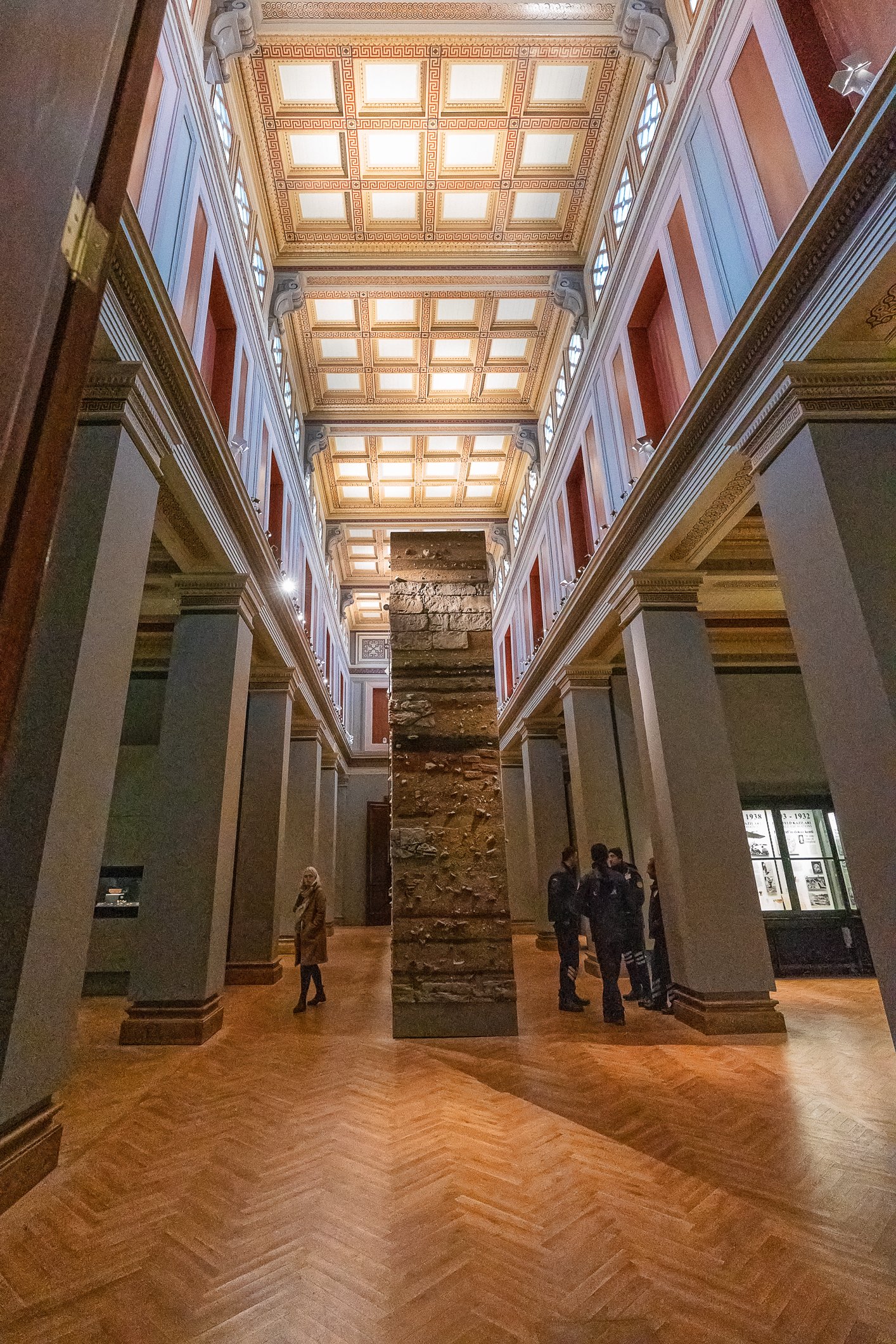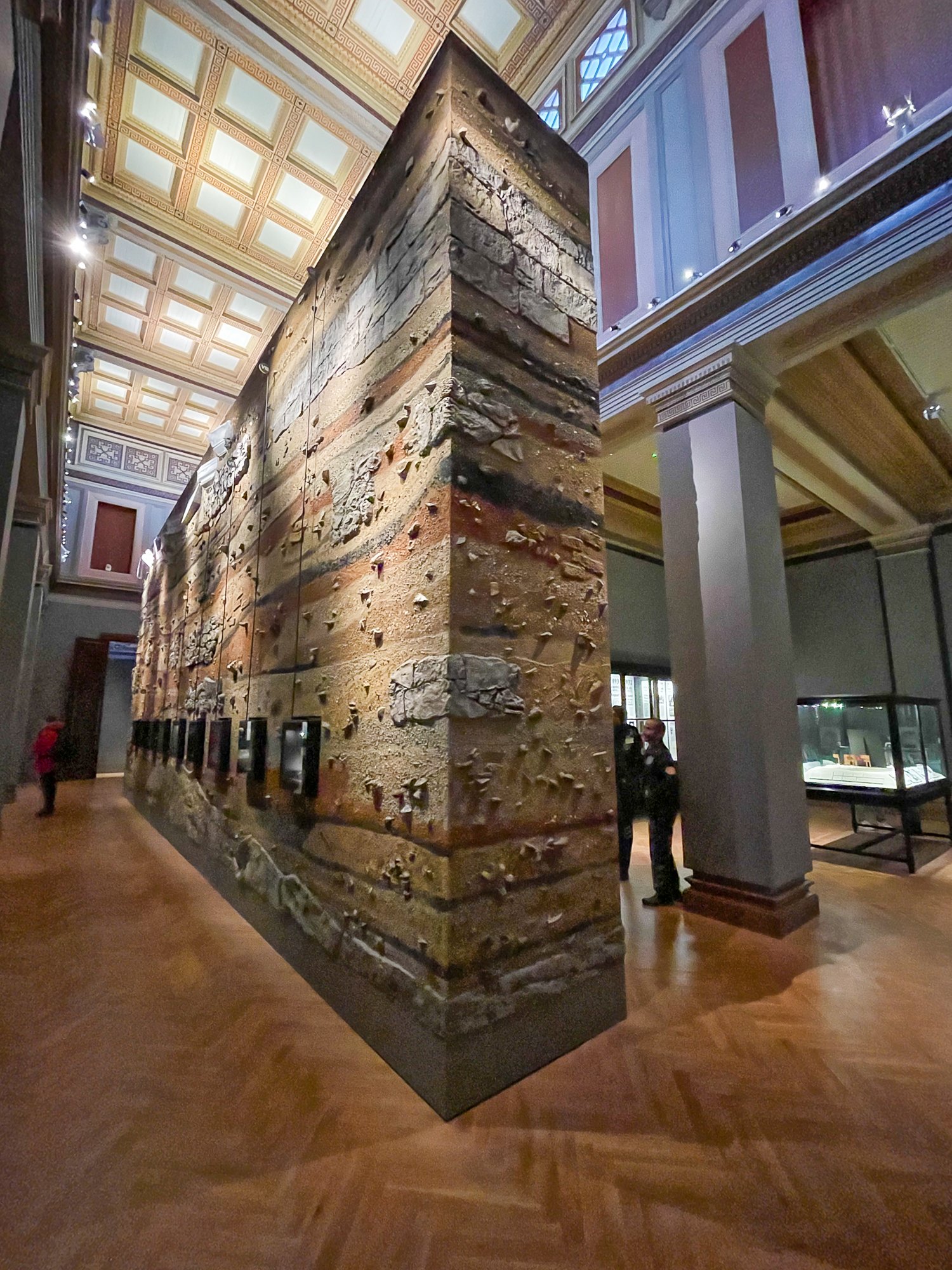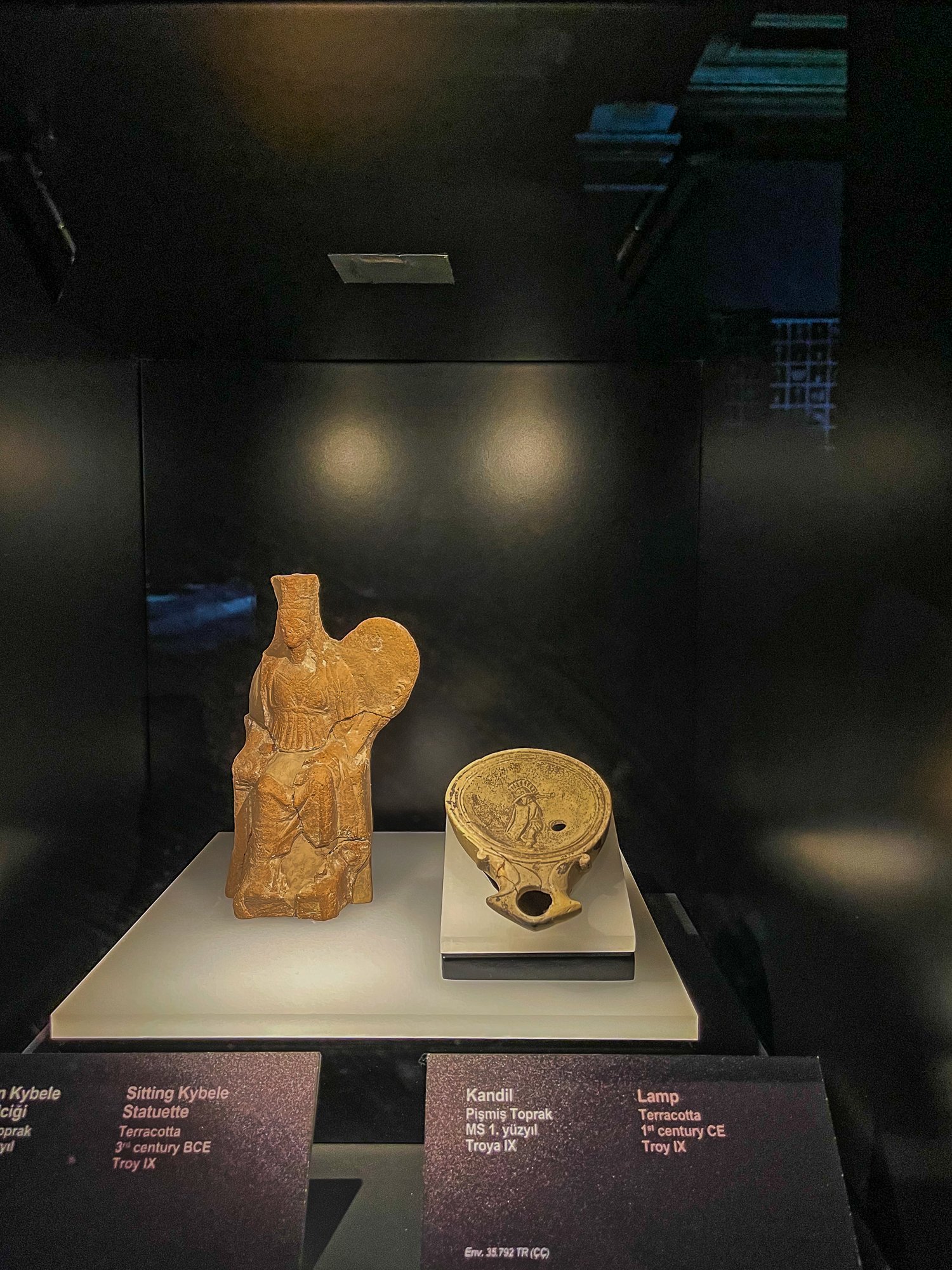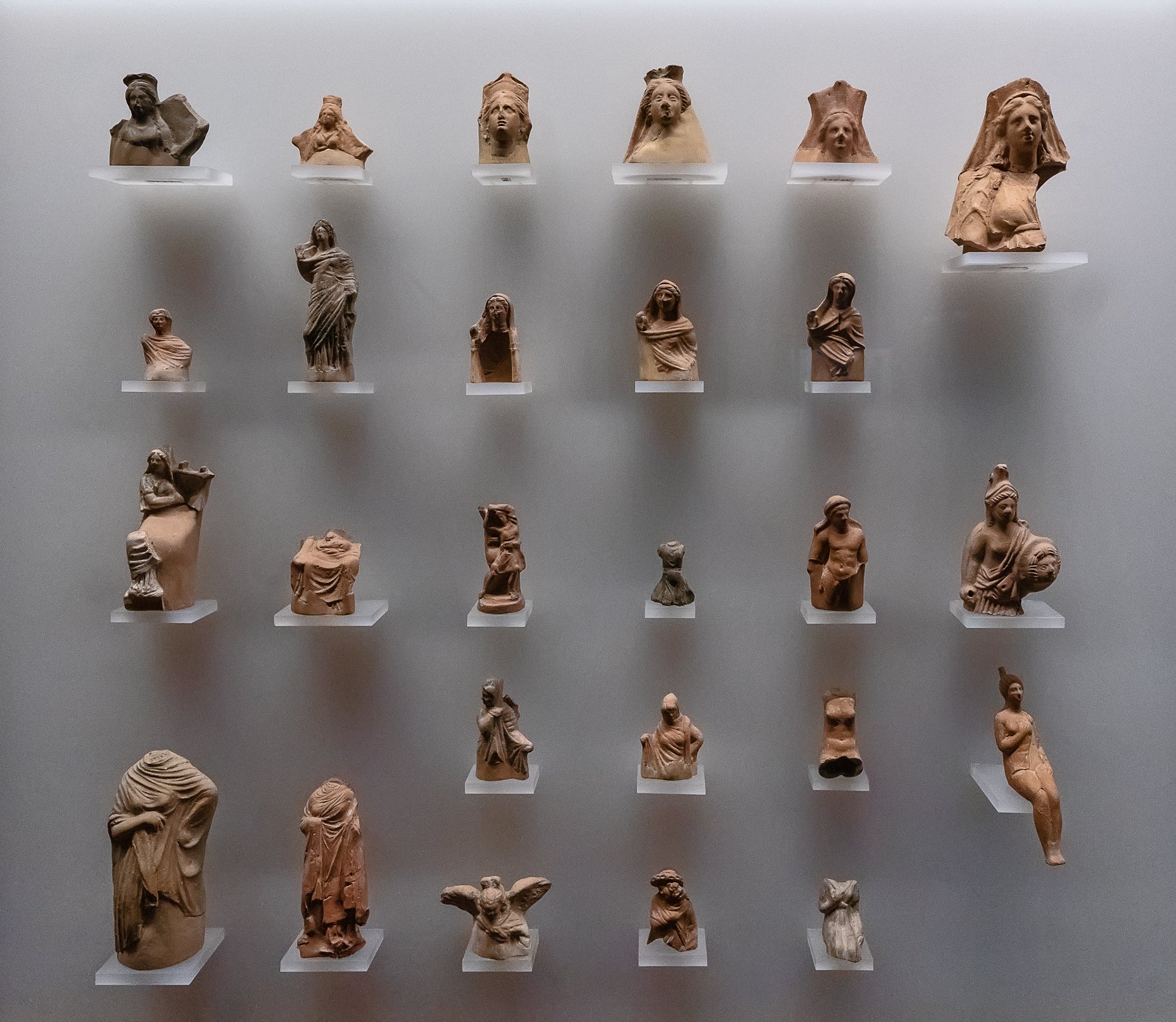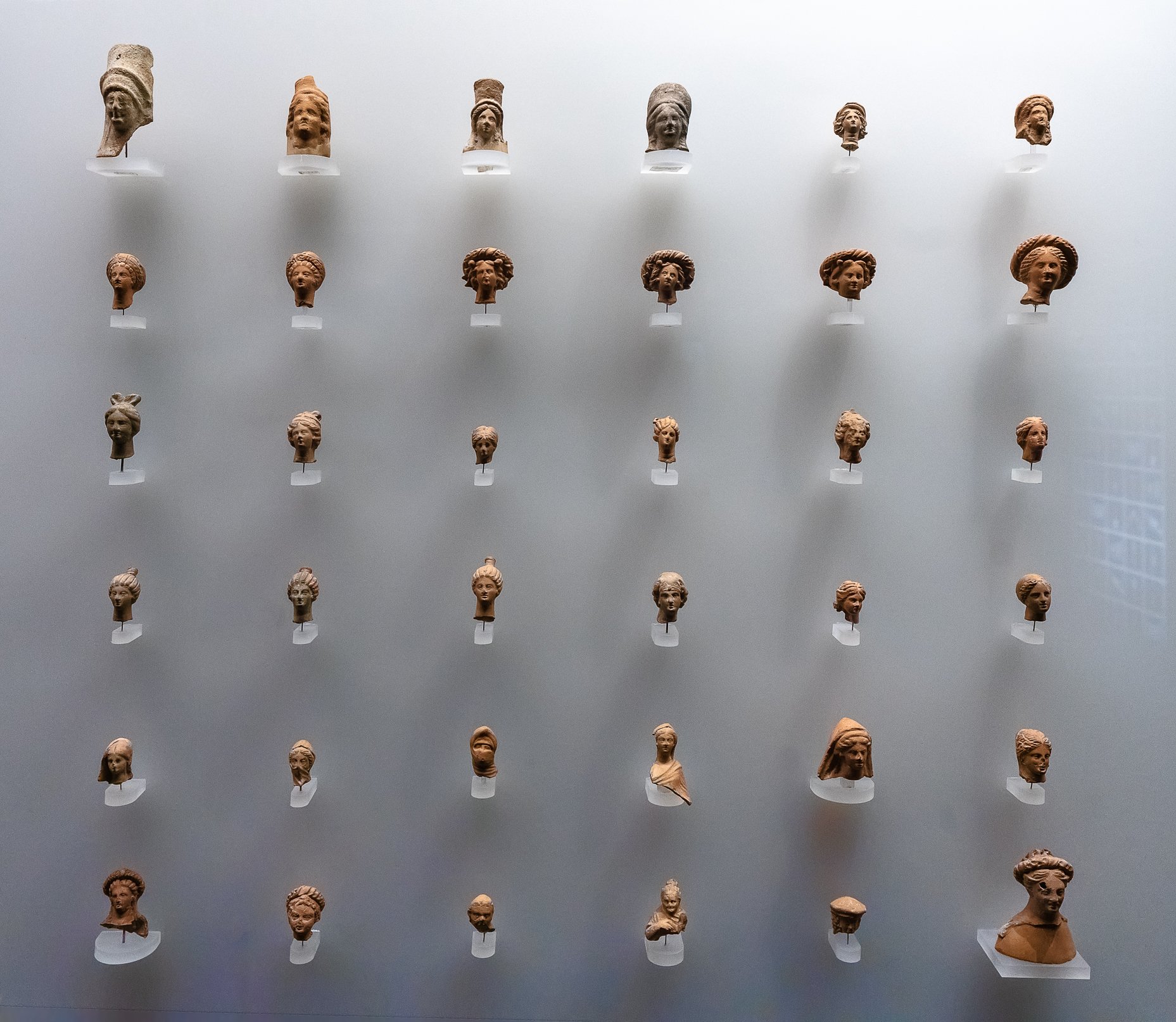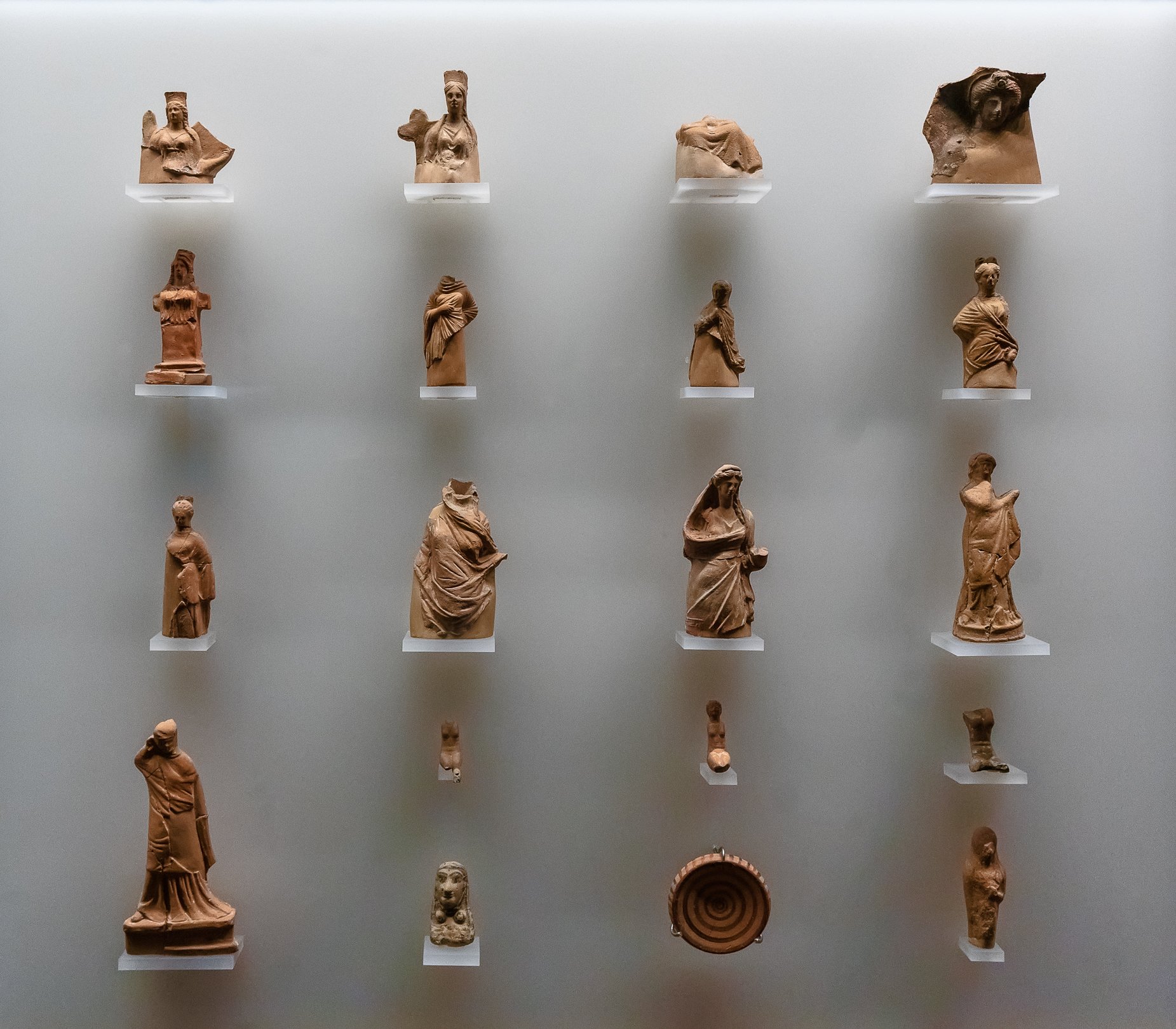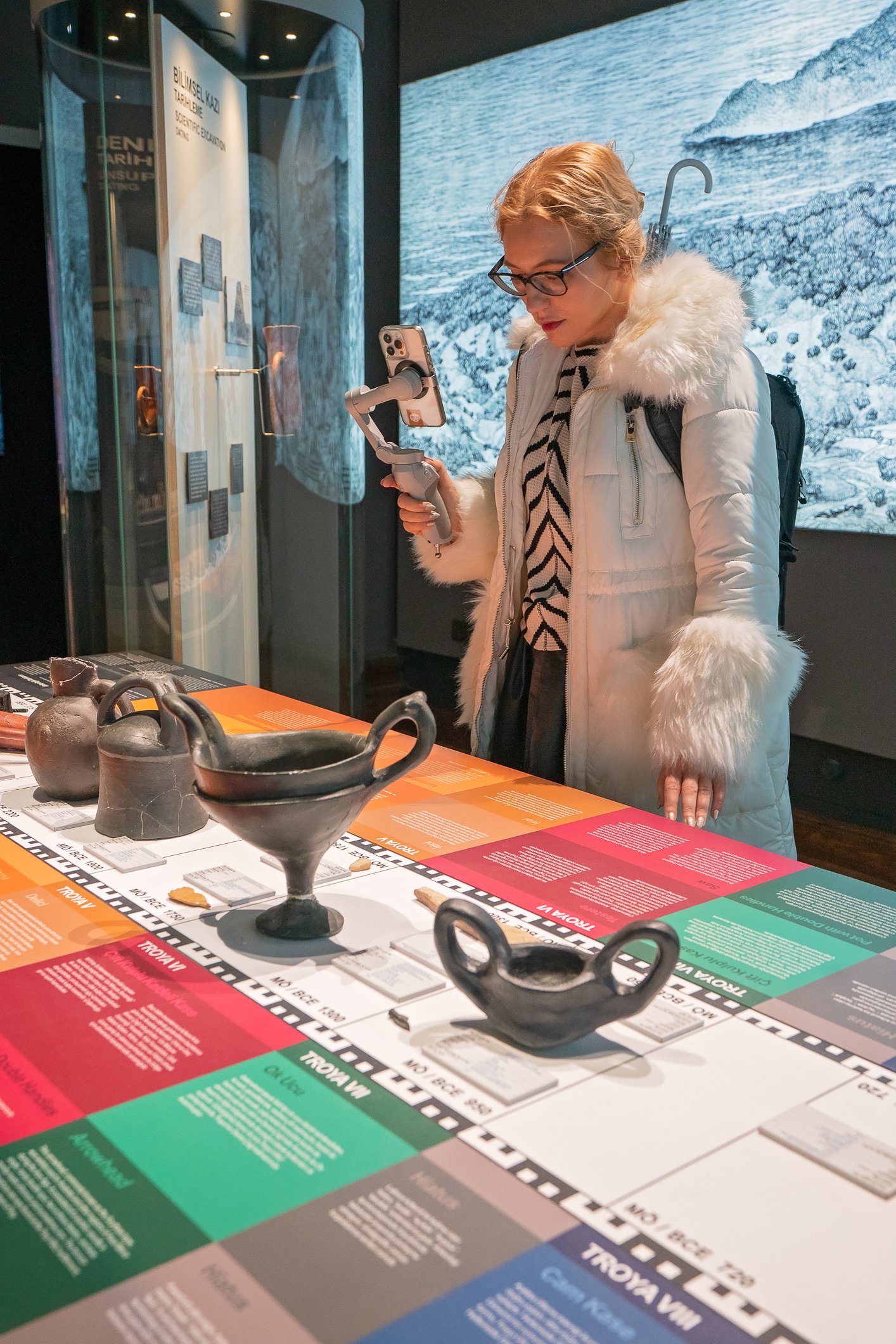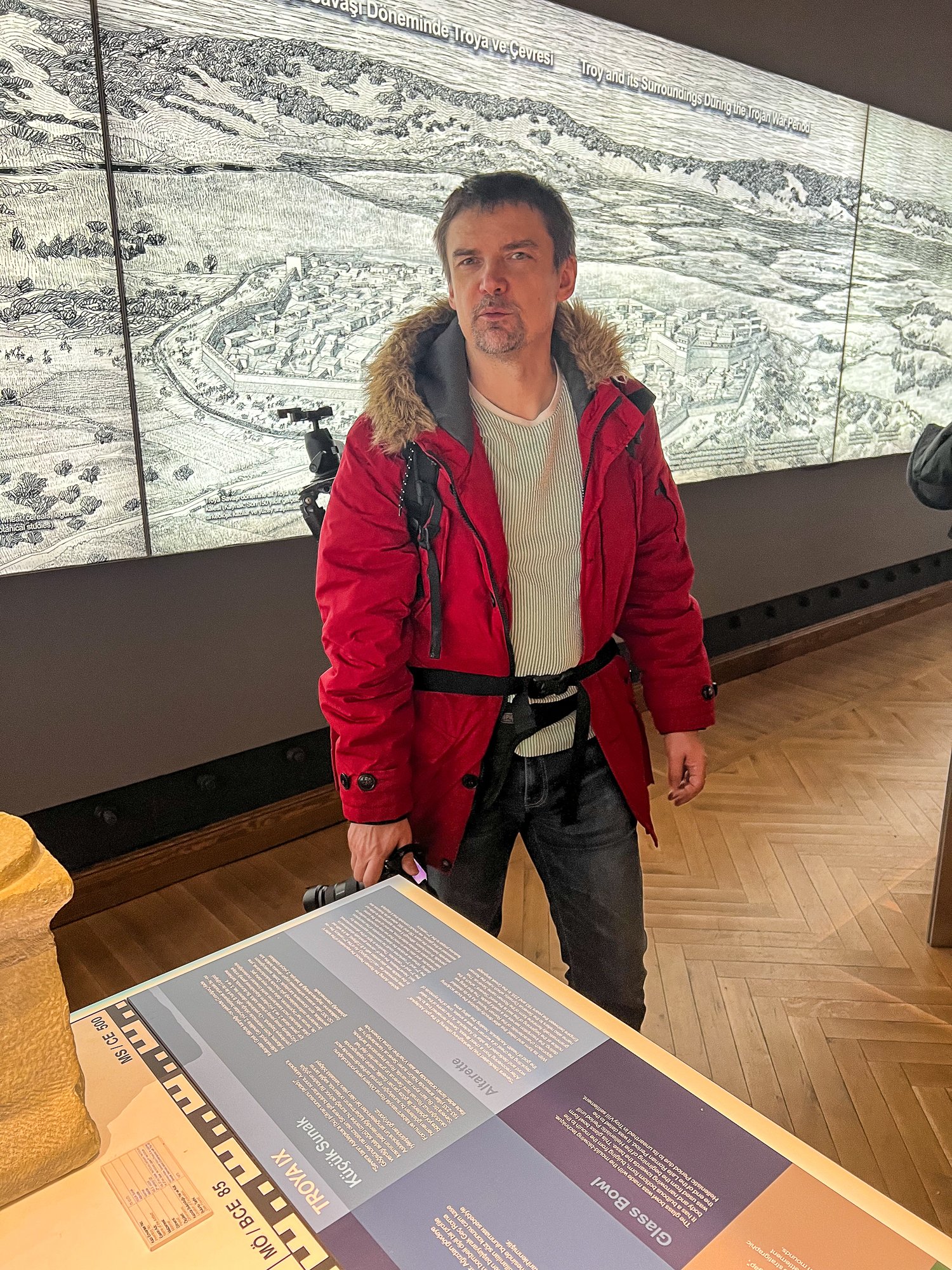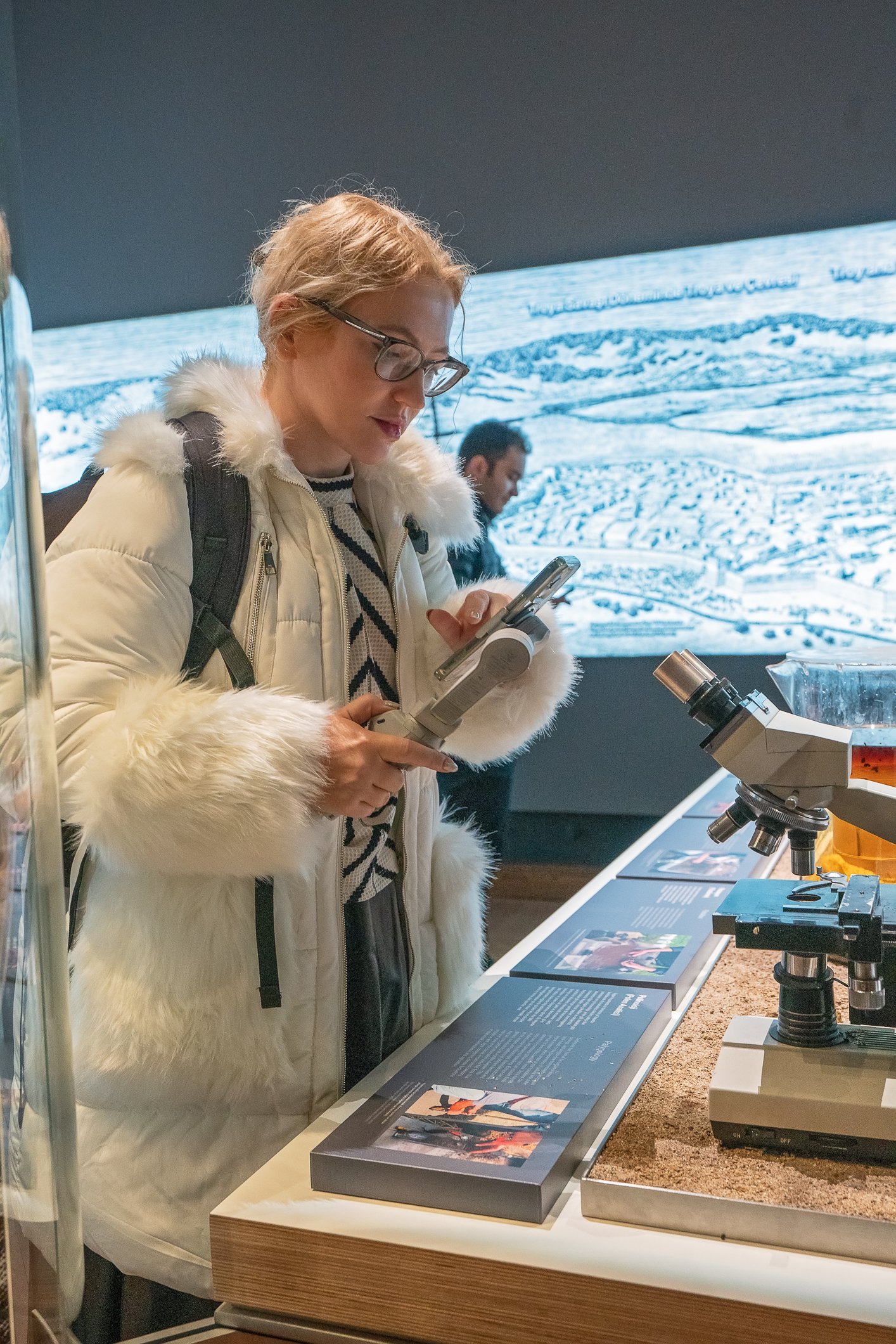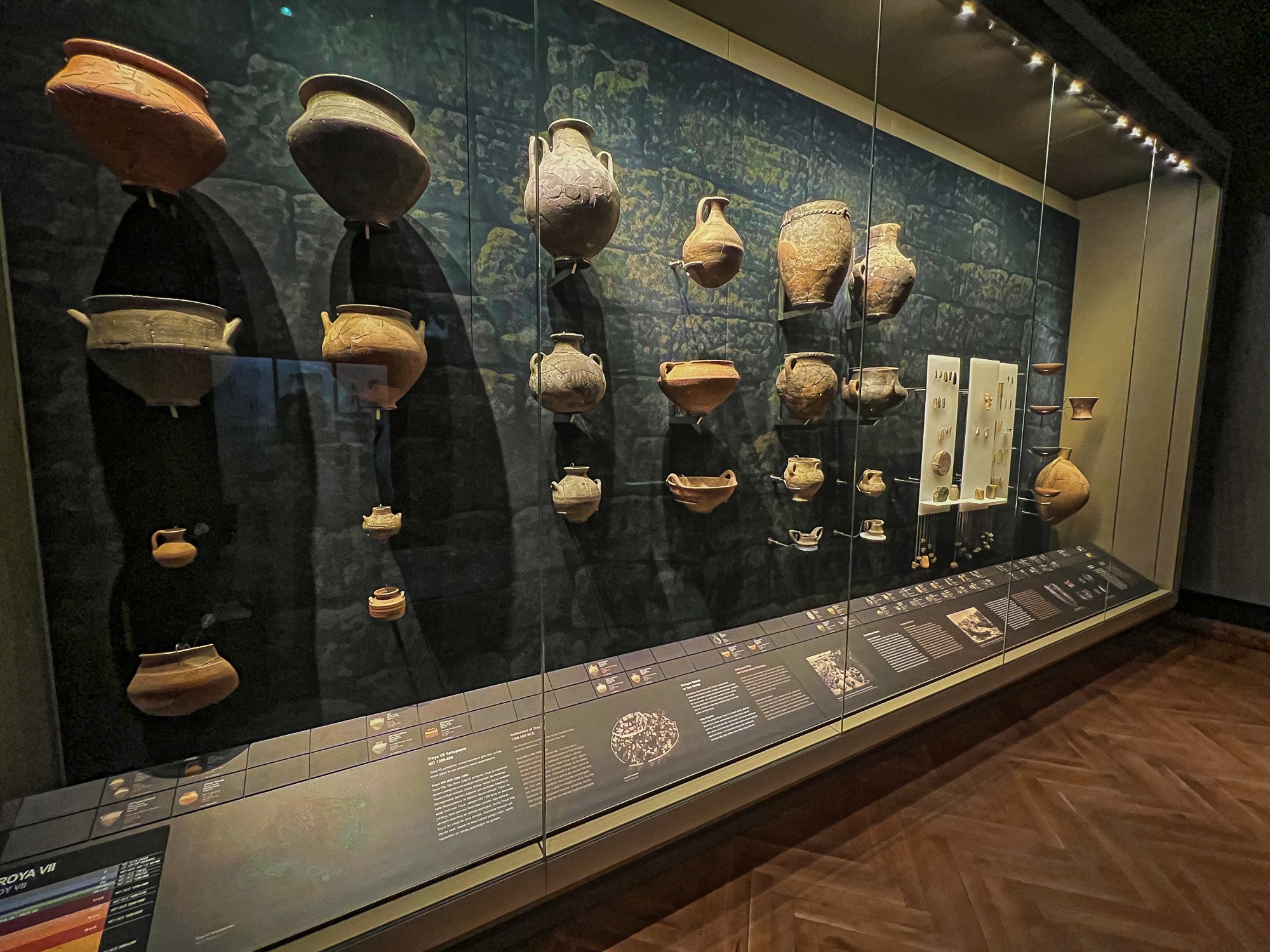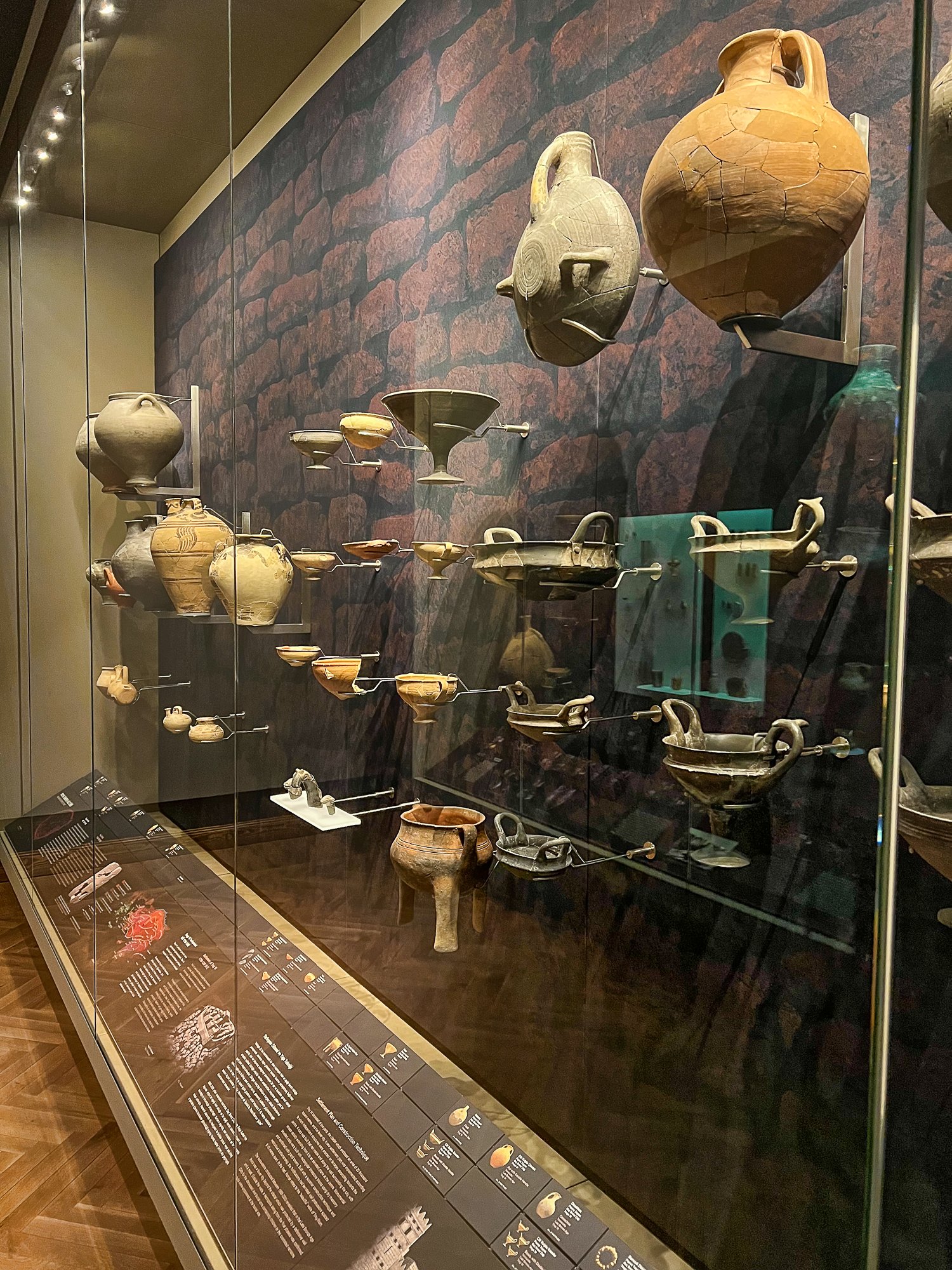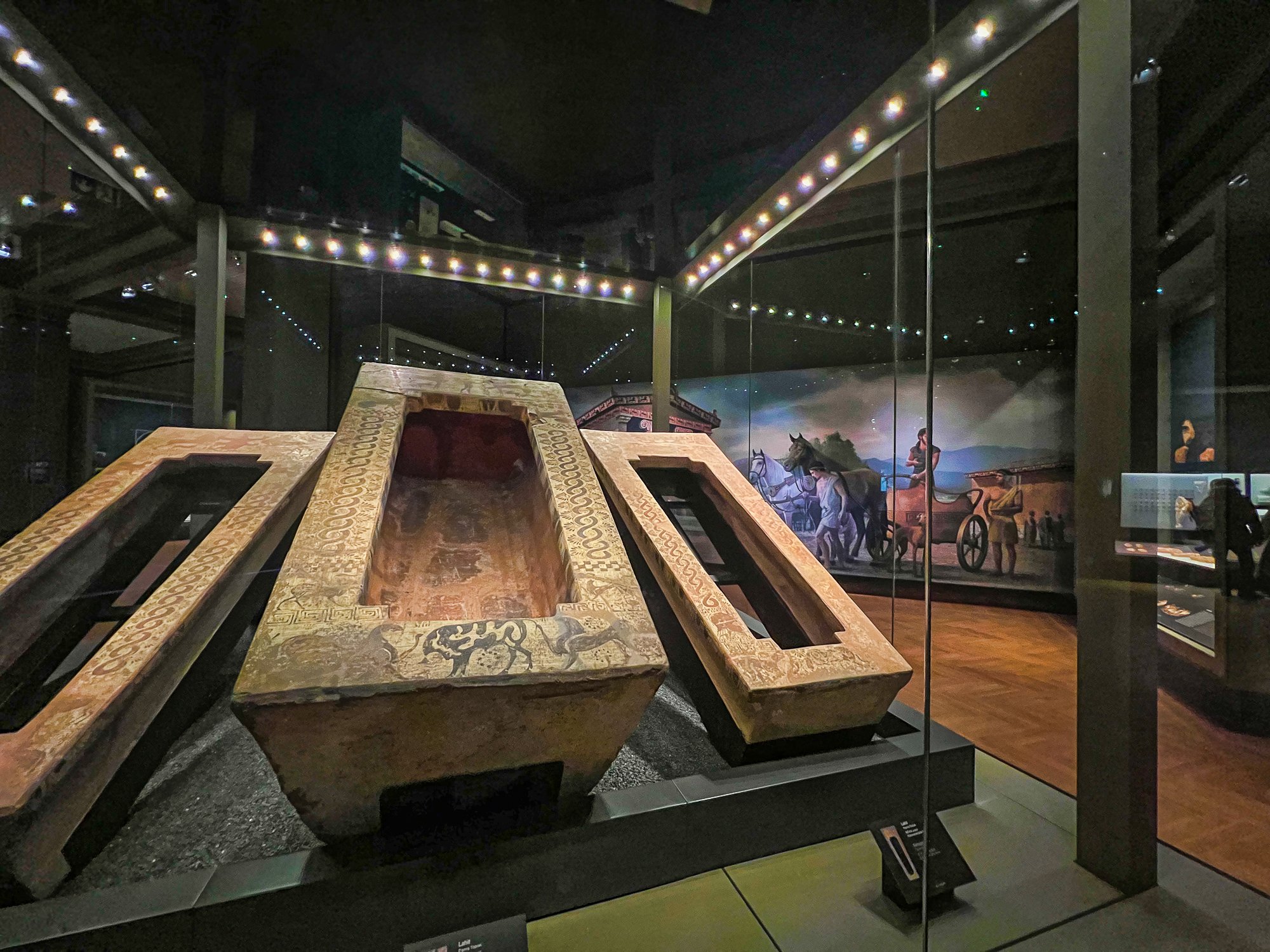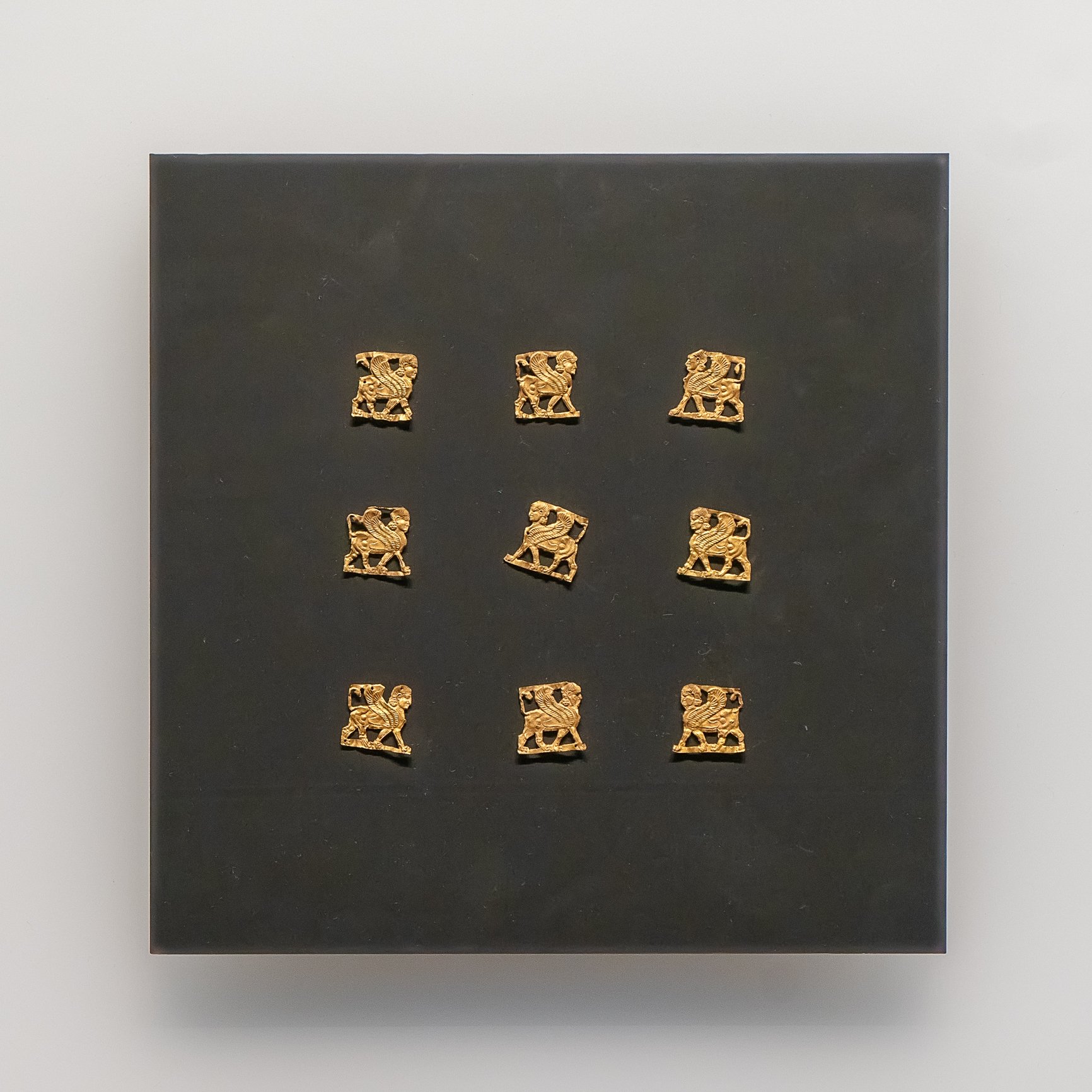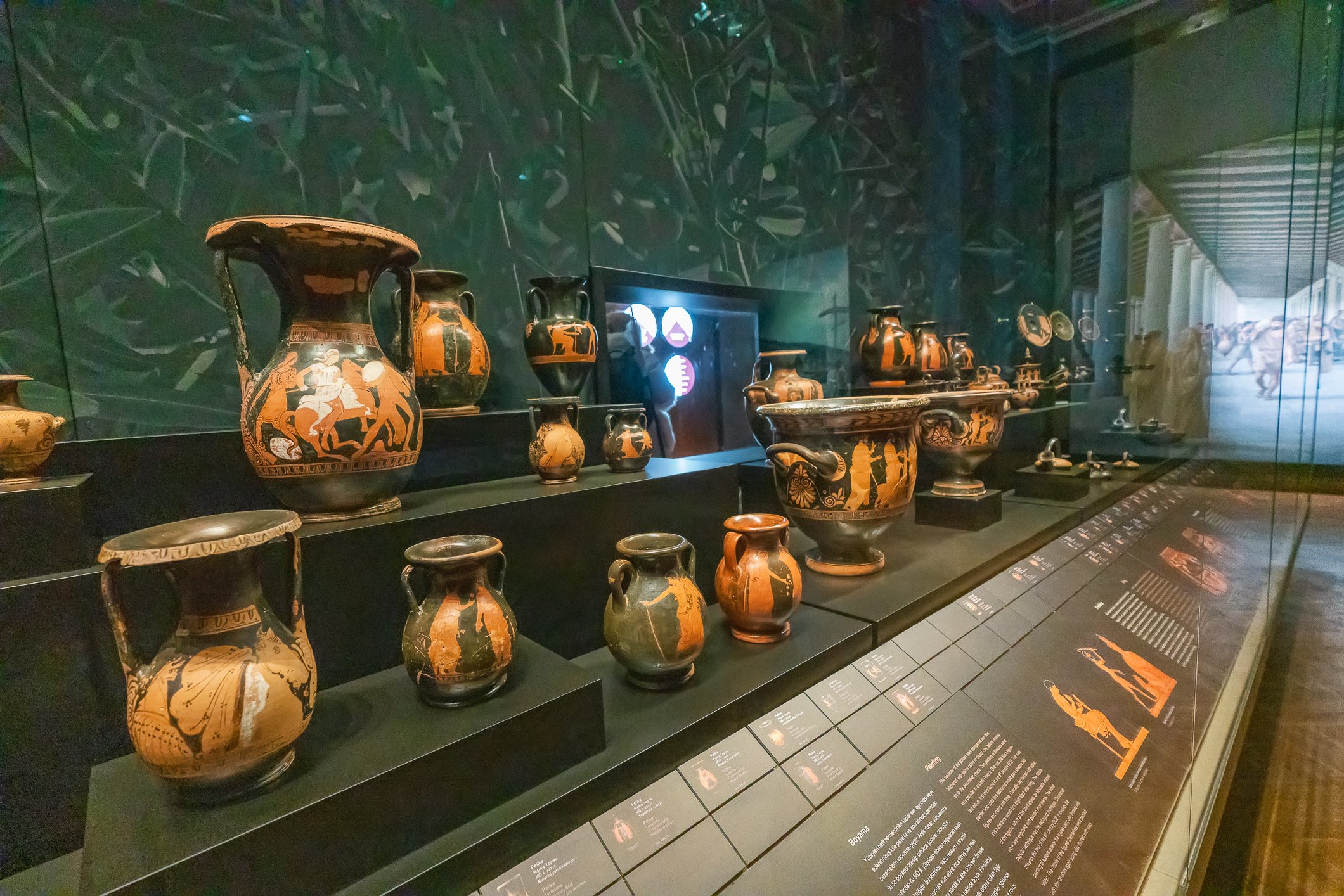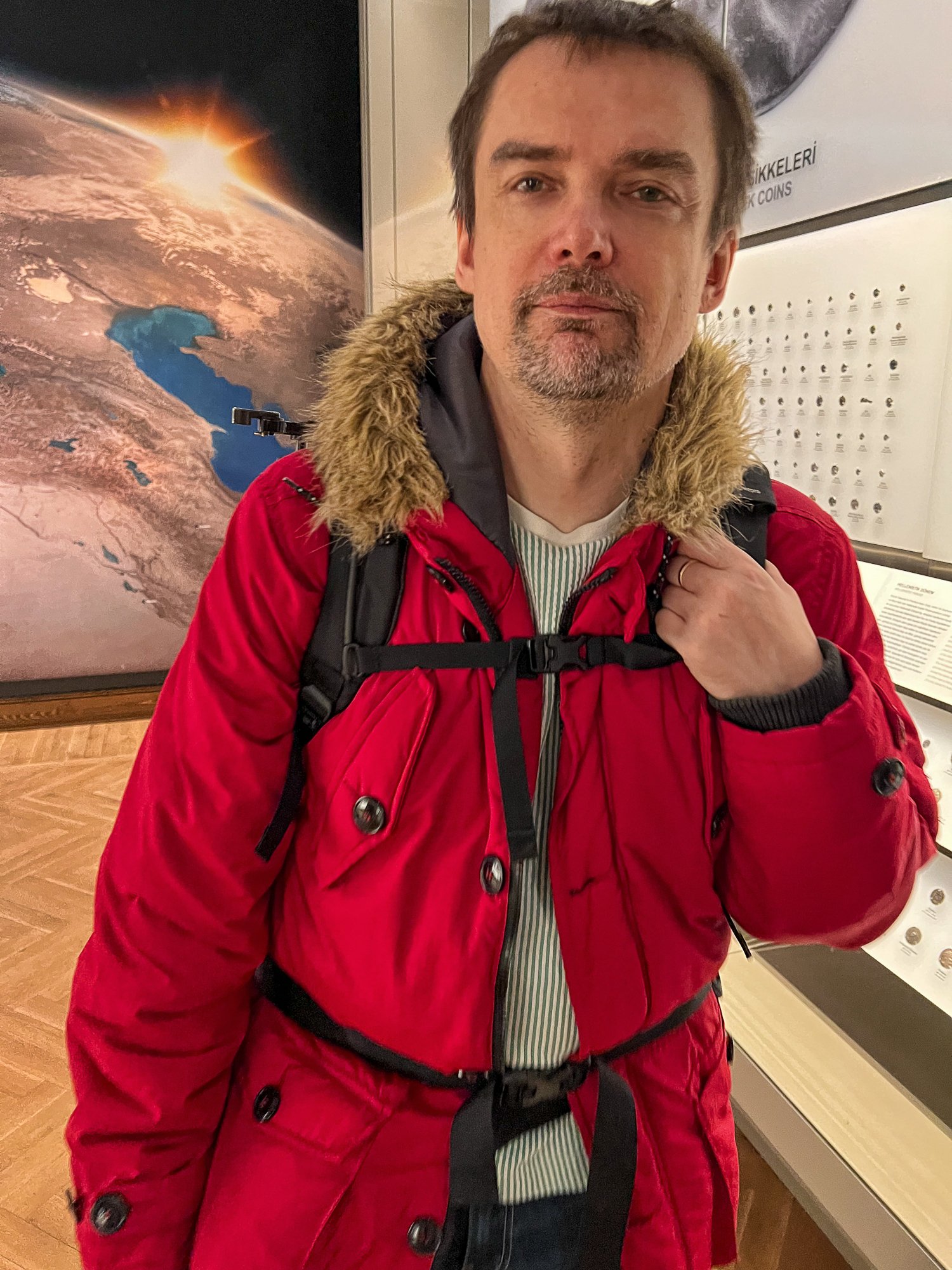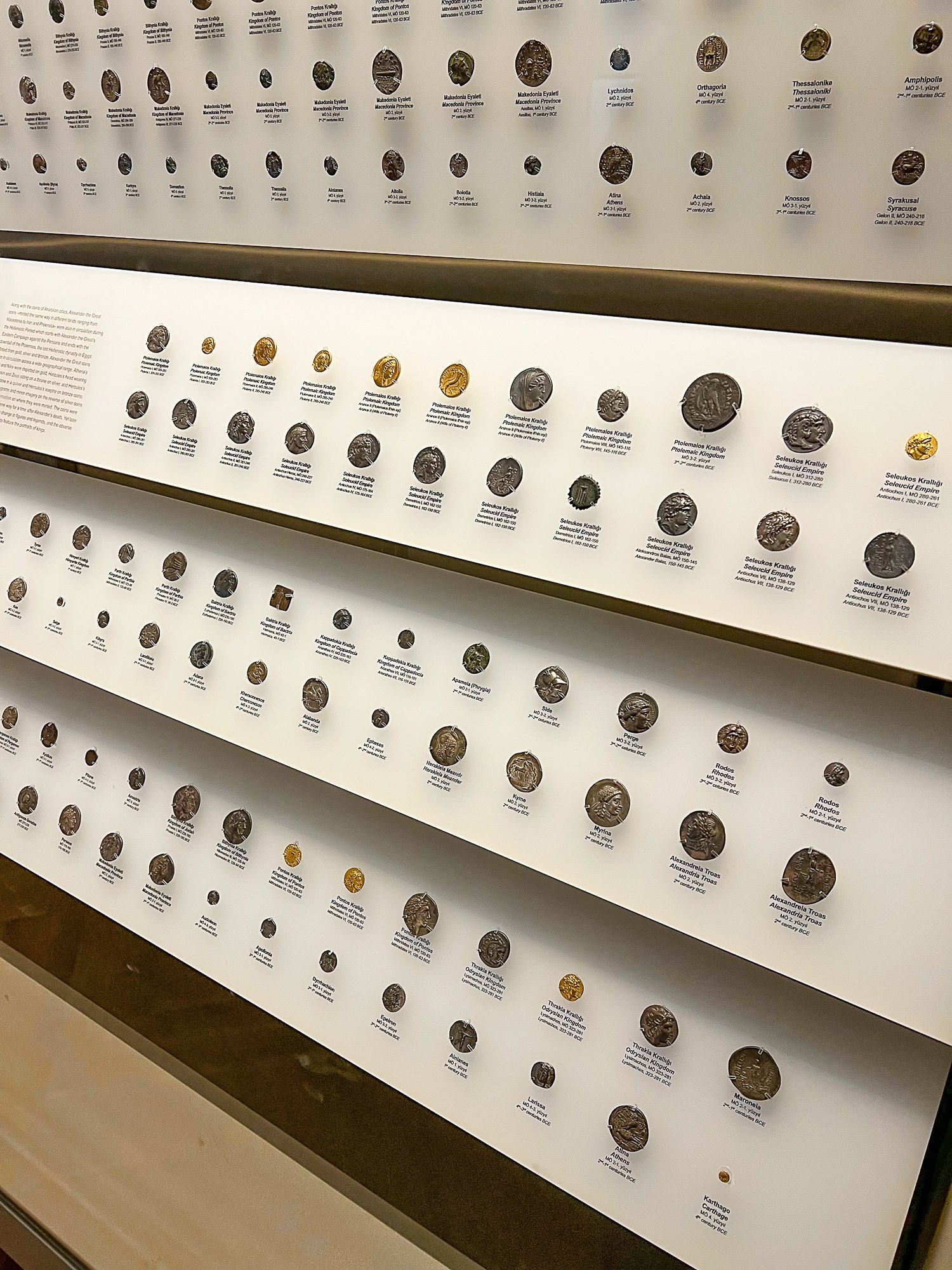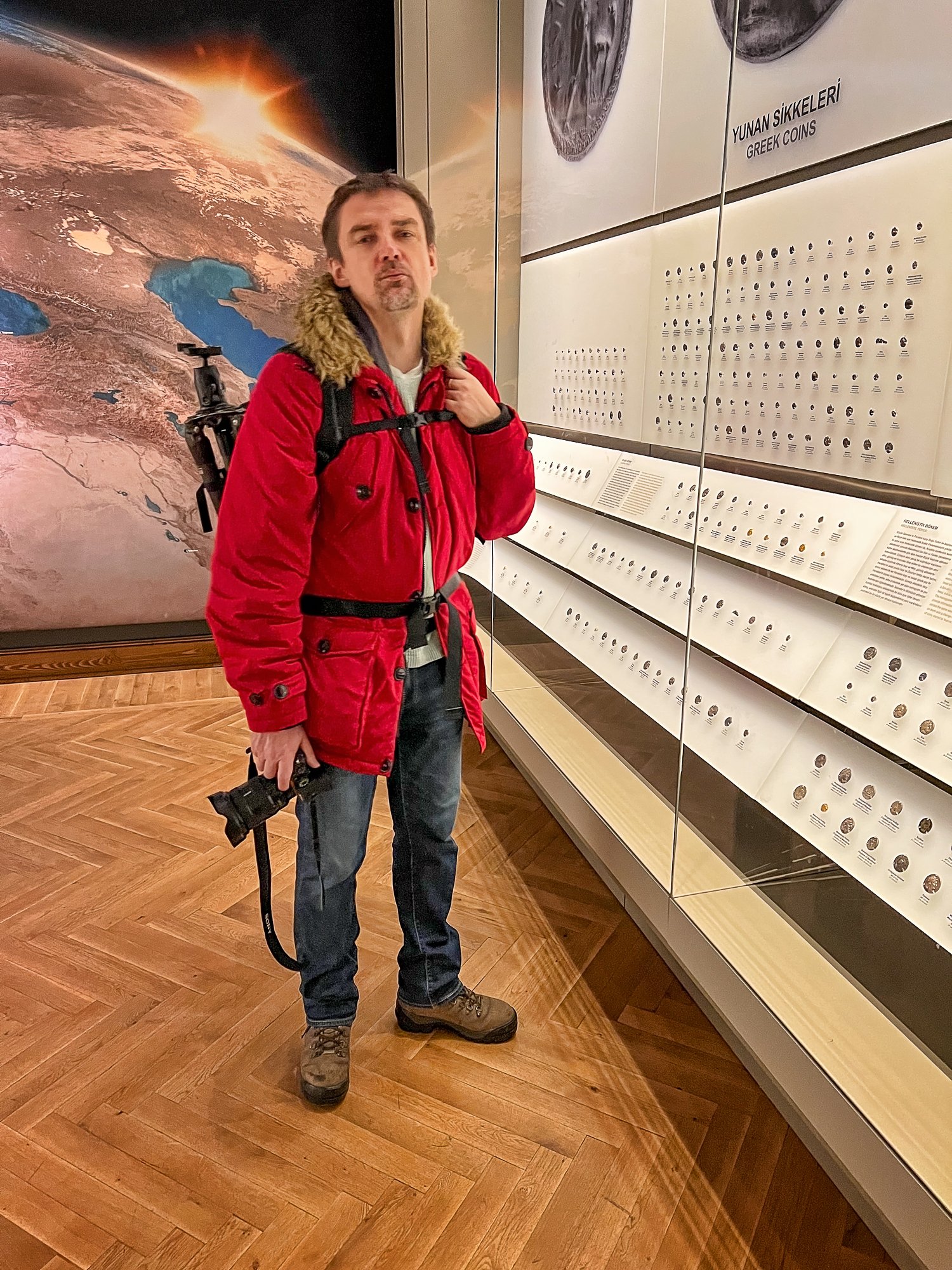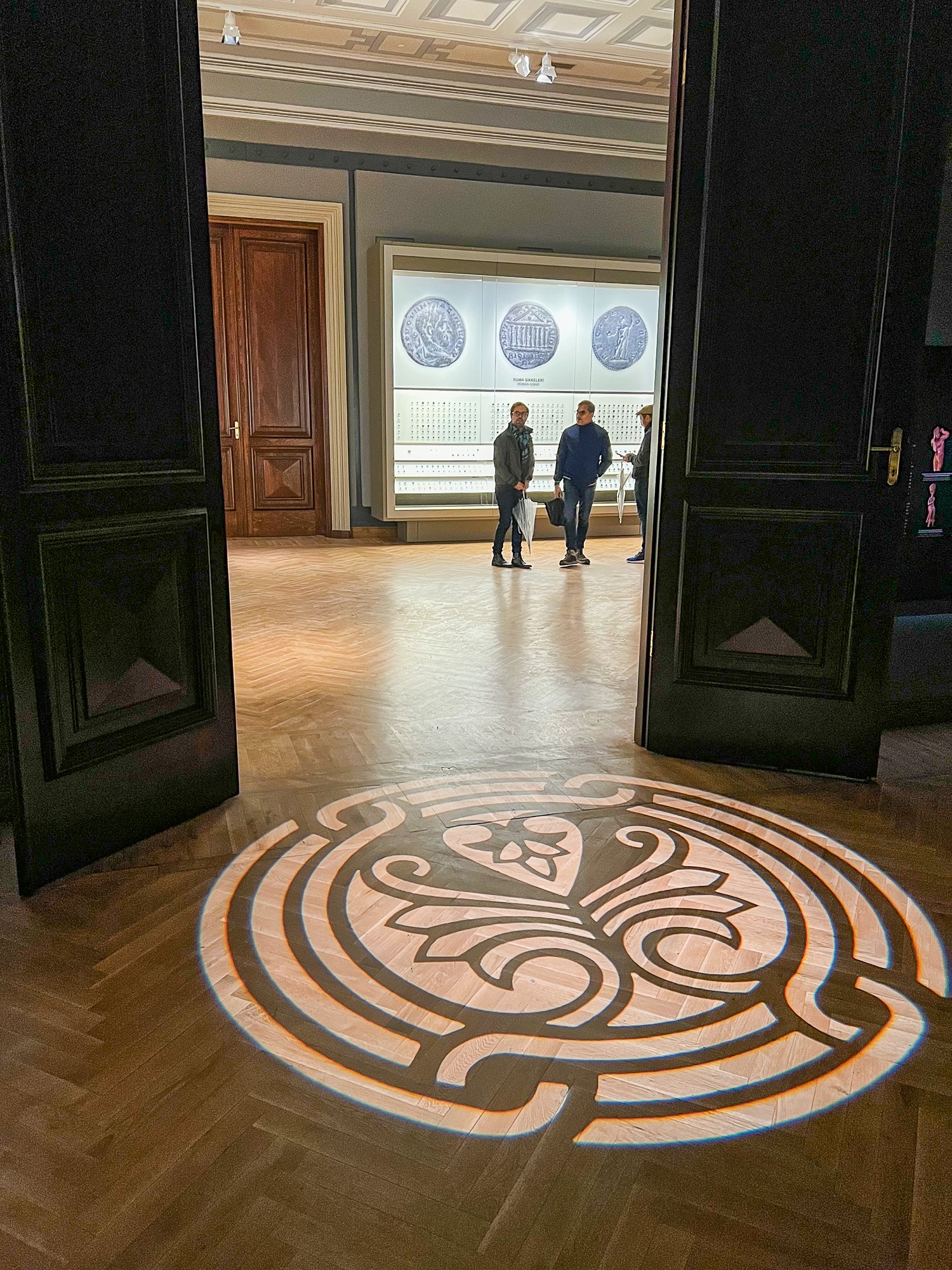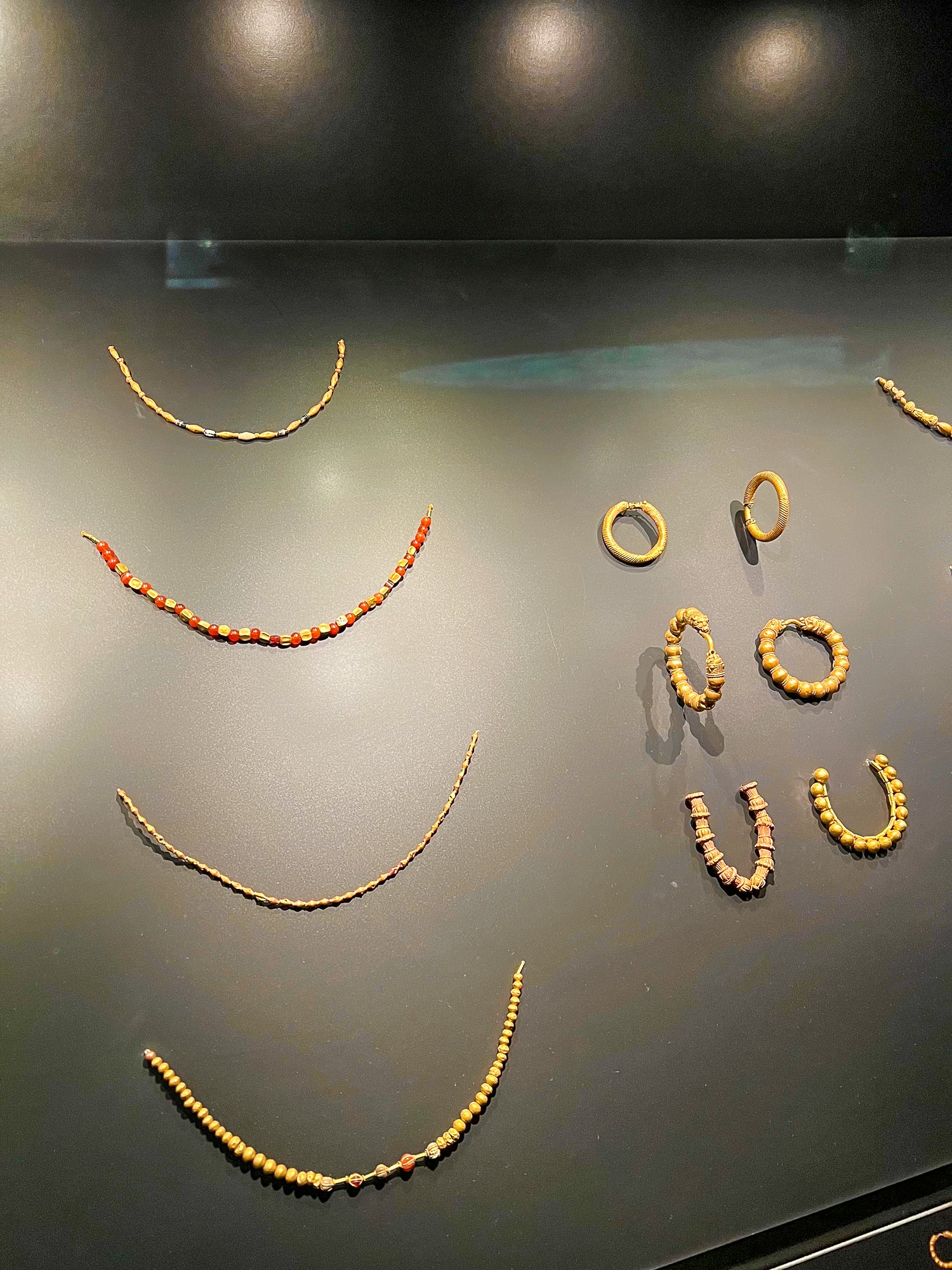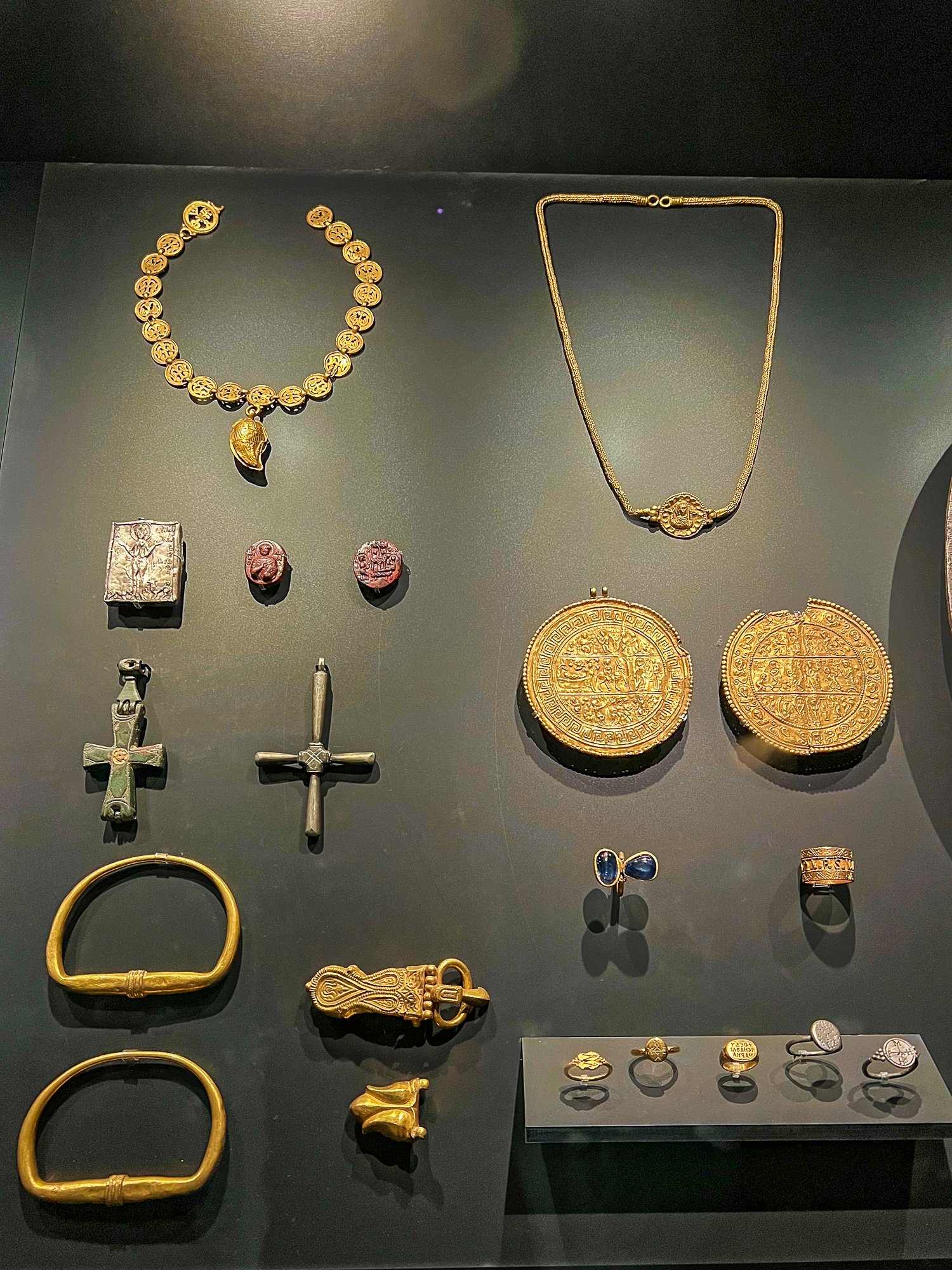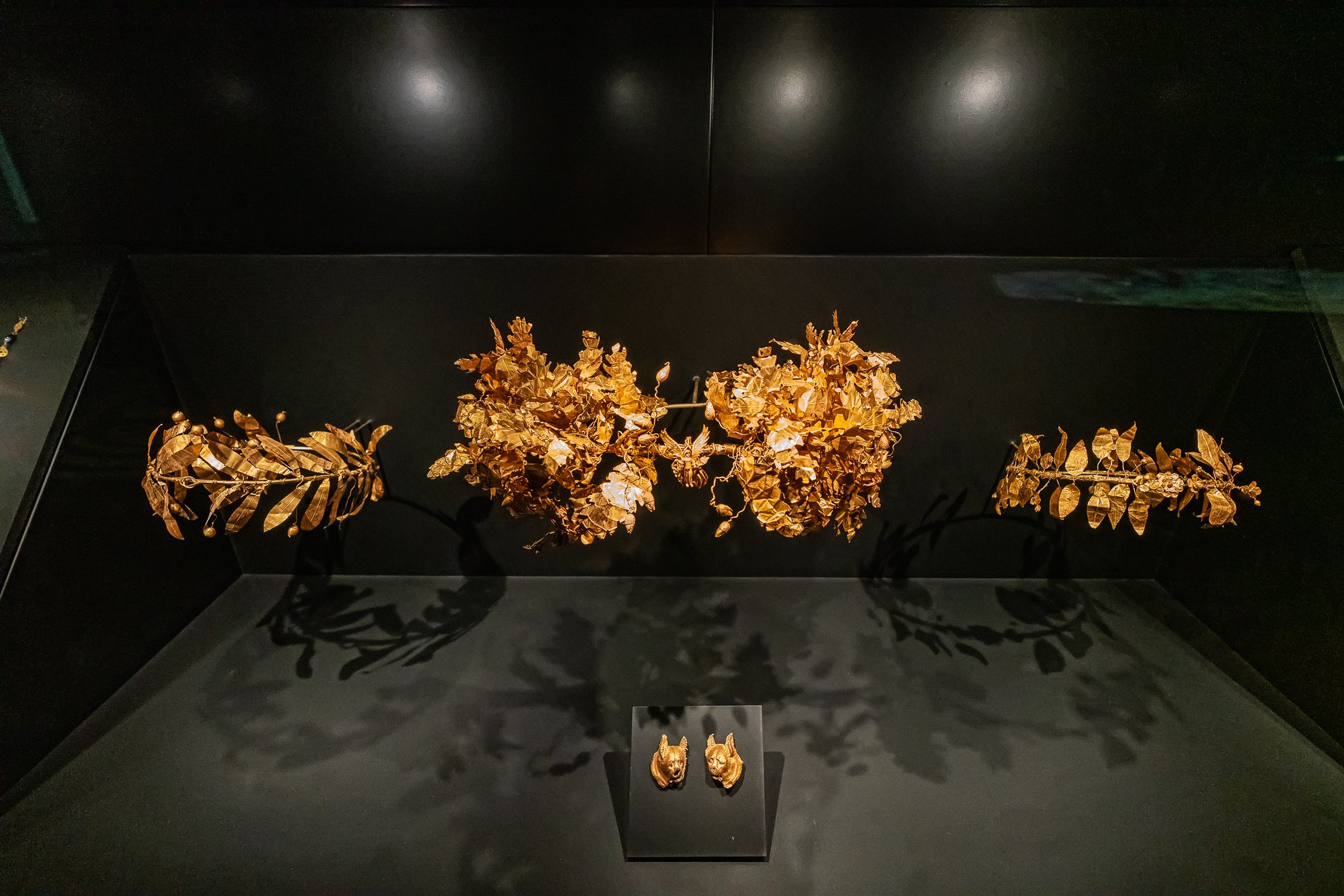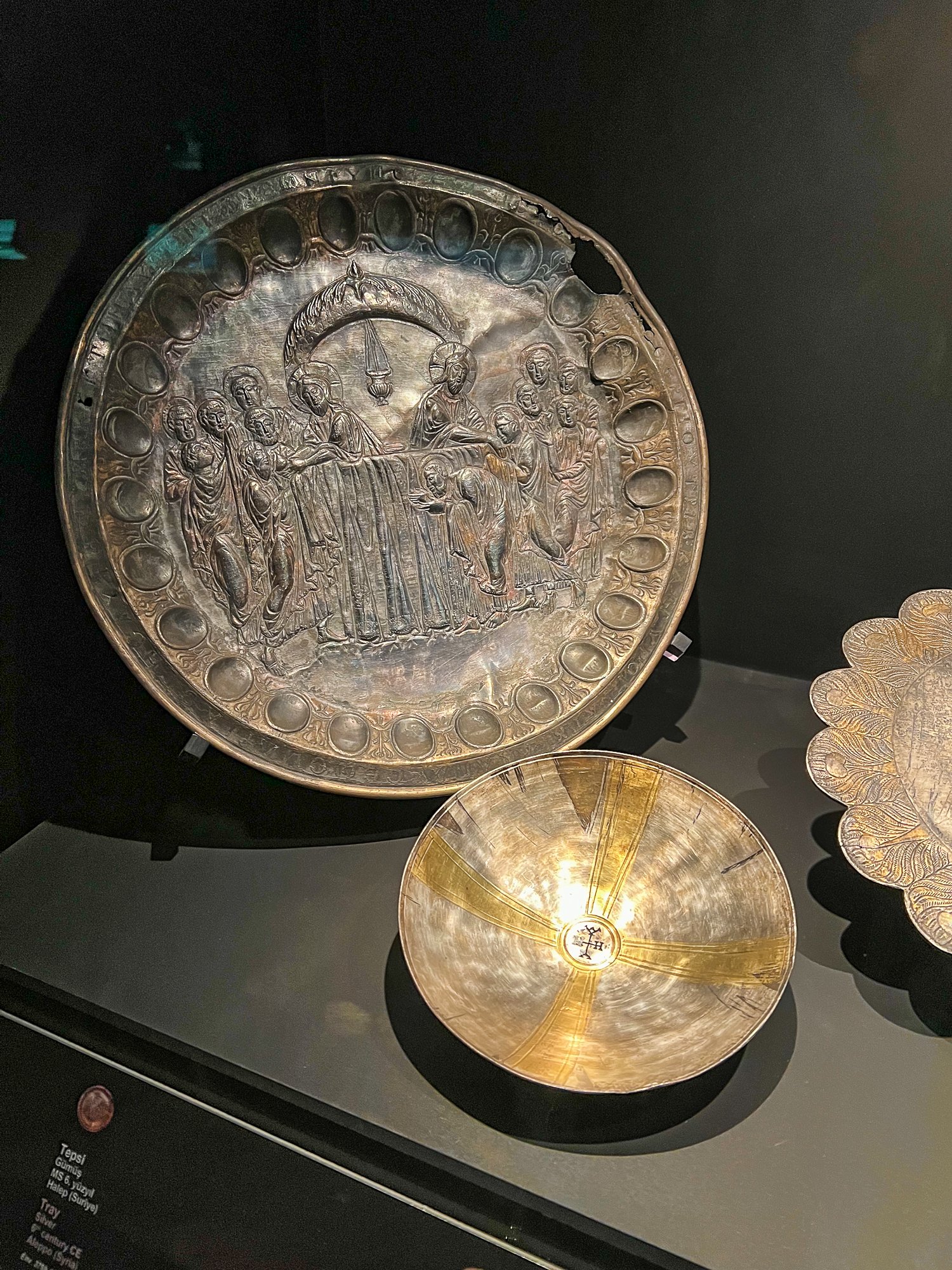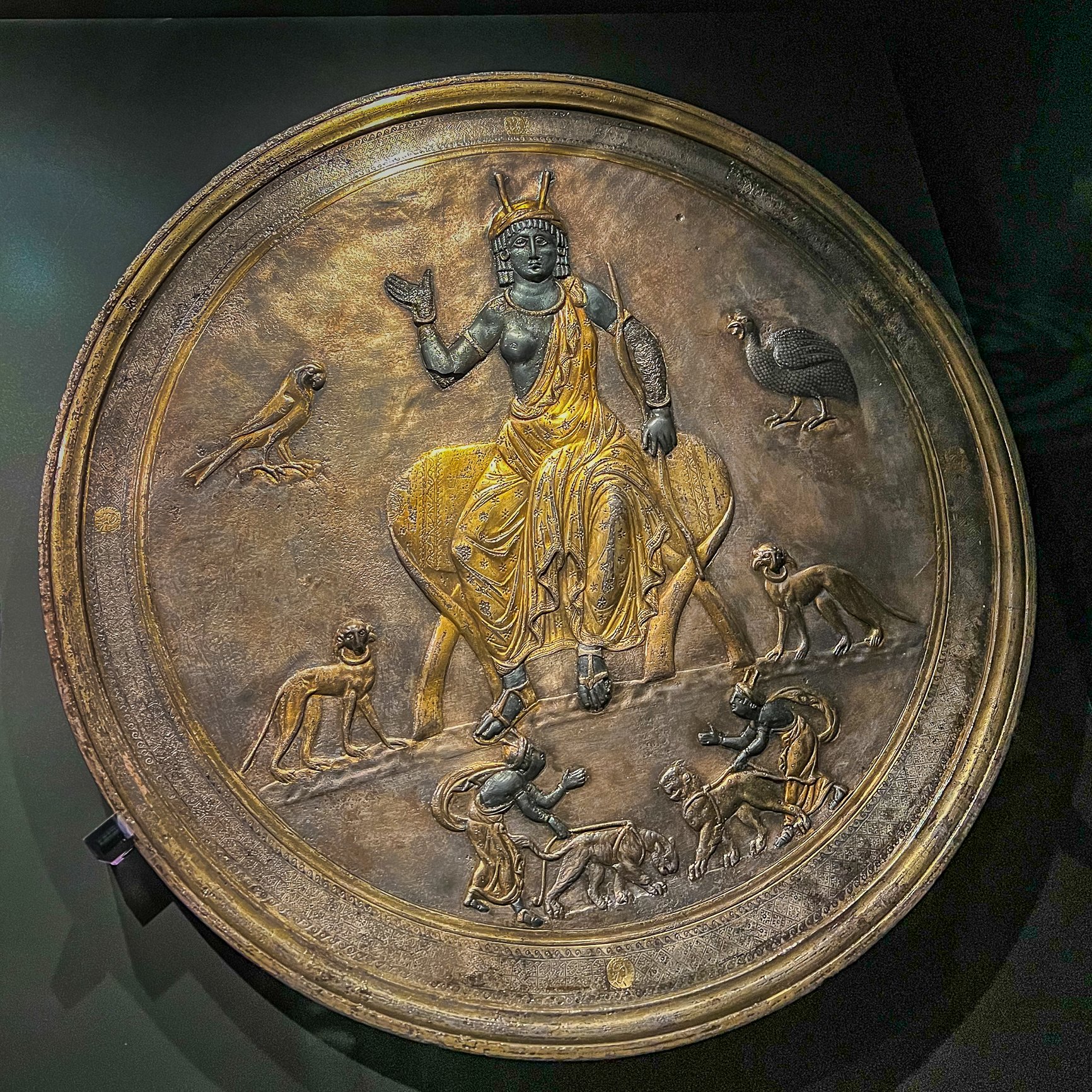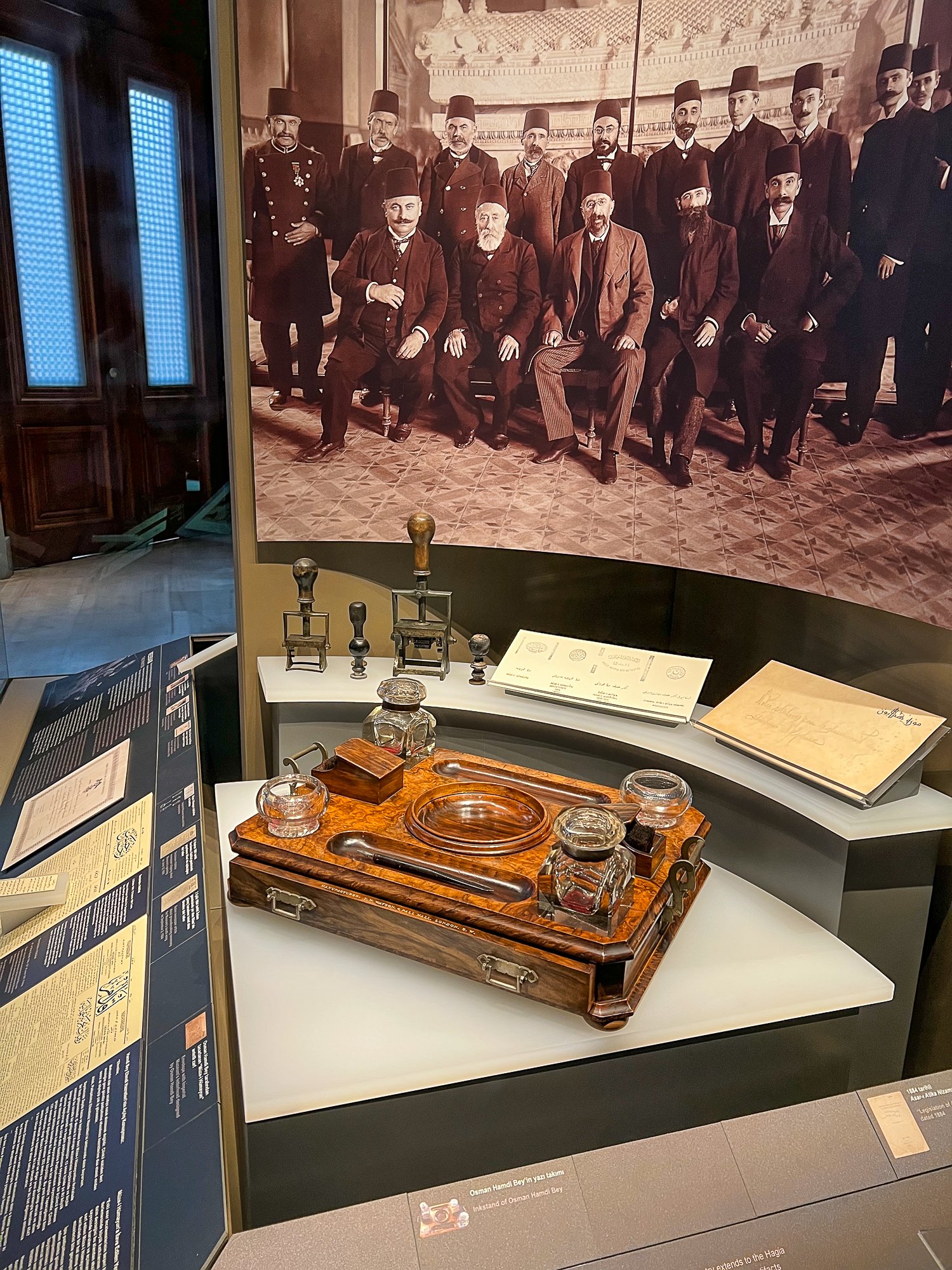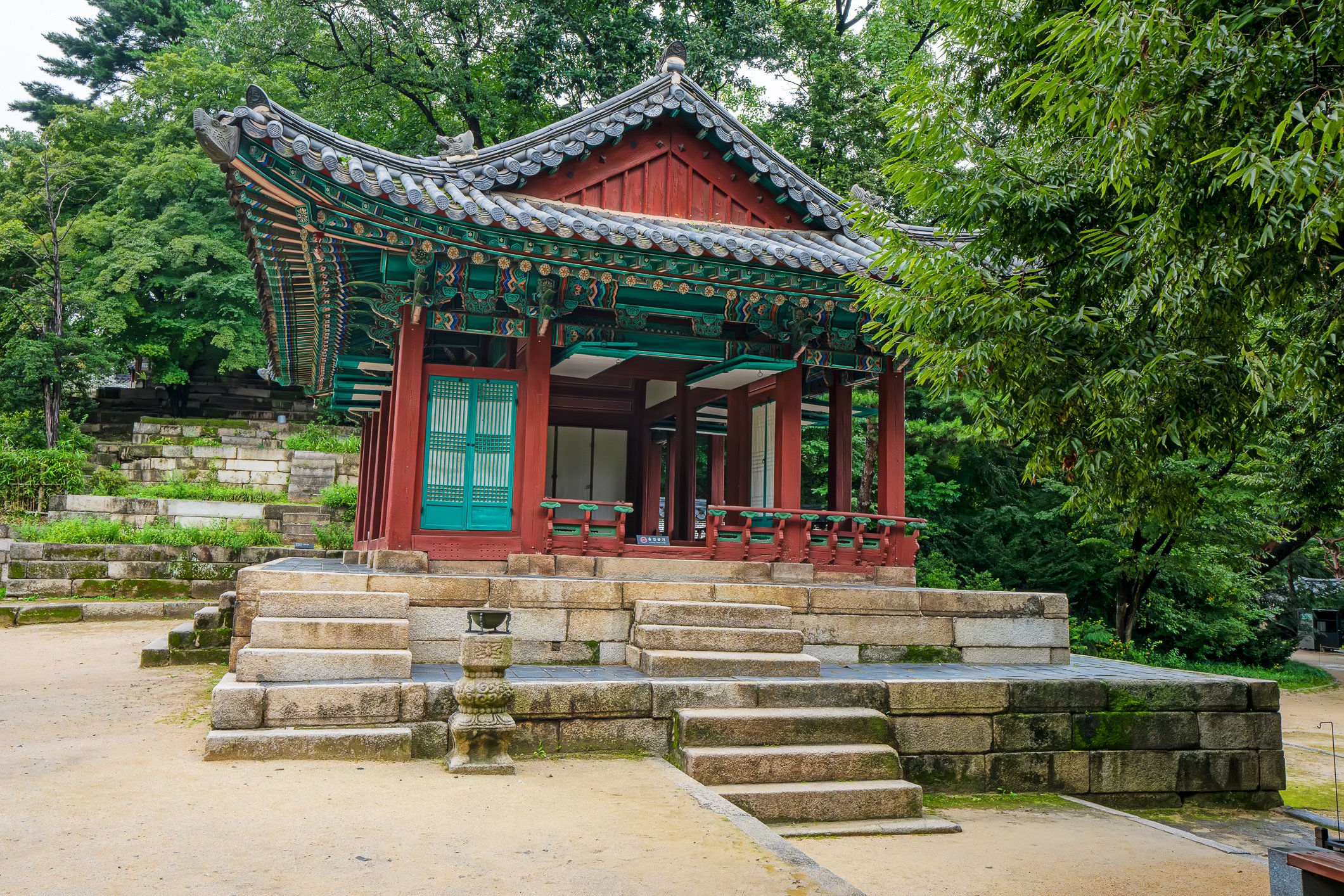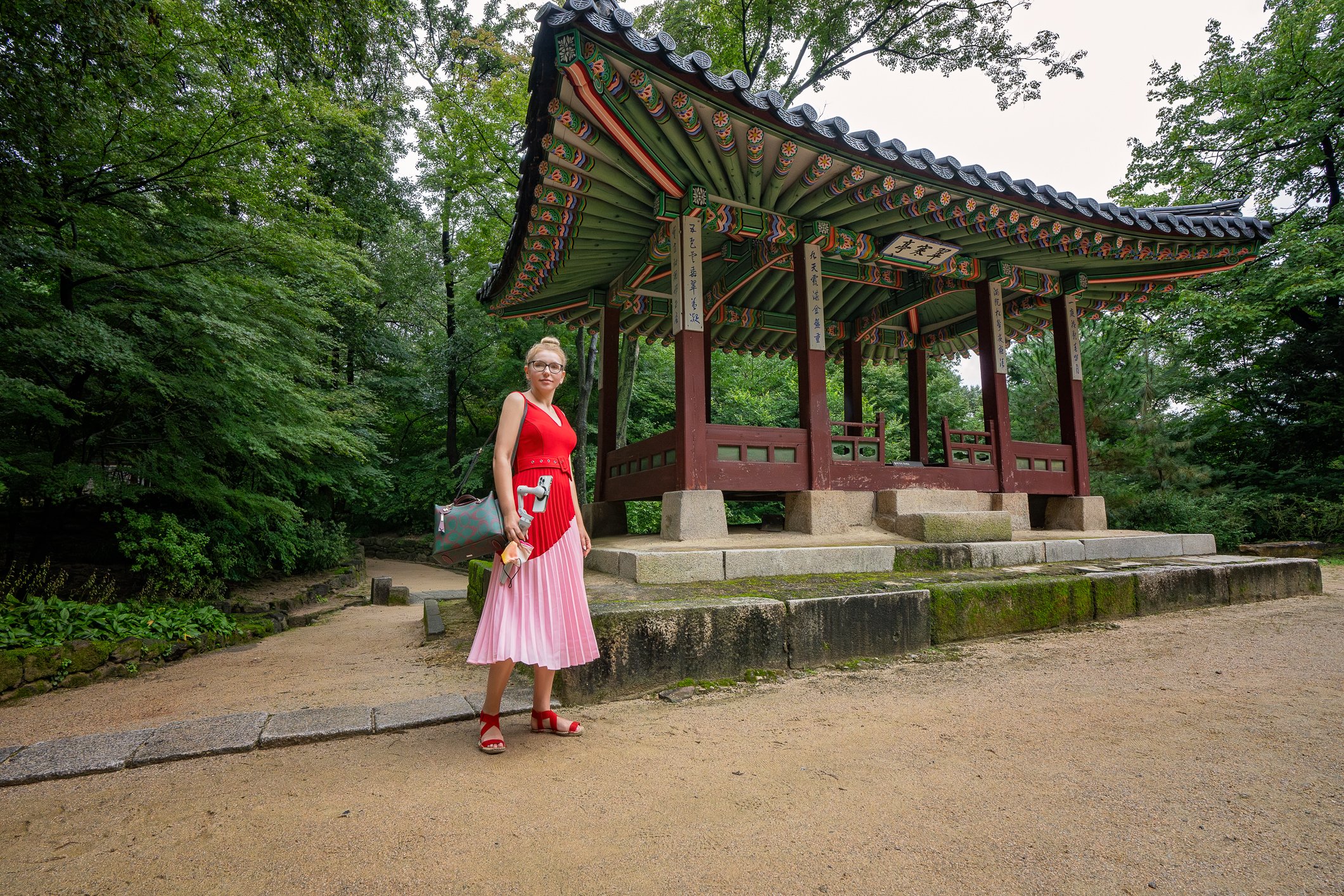Upstairs, the convent preserves several original cells used by novice nuns for spiritual retreat. These are furnished with period pieces that show what secluded life was like. The cells are tiny, just 2 by 3 meters, each with a simple wooden bed, a crucifix, a desk with an inkpot and Bible. A small window lets in a bit of light. Most girls entered the convent at 12 or 13. Their families paid a dowry. Some came willingly, others were sent by their families.
Na piętrze znajdują się cele, w których mieszkały zakonnice-nowicjuszki. Ich wygląd i wyposażenie pokazują, jak wyglądało życie w odosobnieniu. Cele są malutkie — około 2 na 3 metry. Znajduje się tam proste drewniane łóżko, krucyfiks, biurko z kałamarzem i Biblią. Światło wpada przez małe okienko. Większość dziewcząt trafiała do klasztoru w wieku 12–13 lat. Rodziny płaciły za nie posag. Niektóre szły z własnej woli, inne były wysyłane przez rodziców.
There is also a cell belonging to the foundress of the monastery, the Spanish-born widow Lucía de Padilla. Her portrait hangs in the room, along with those of her daughter Isabel, who was also a nun here, and Andrea, a relative. All three are depicted holding rosaries.
Zobaczyć można również celę założycielki klasztoru, hiszpańskiej wdowy Lucíi de Padilla. W celi tej znajduje się jej portret, a także wizerunki jej córki Izabeli, która również była tu zakonnicą, oraz ich krewnej Andrei. Wszystkie trzy przedstawione są z różańcami w dłoniach.
From this section, we enter the Cusco School Paintings gallery, with large canvases by Diego Quispe Tito, Juan Espinoza de los Monteros, Marcos Ribera, Francisco Padilla, and other notable local artists. Interestingly, European saints are painted with Andean features, and the Virgin Mary is wrapped in something that resembles a mountain, a clear nod to Pachamama.
Z tej części przechodzimy do galerii malarstwa szkoły z Cuzco, gdzie znajdują się wielkoformatowe płótna autorstwa Diego Quispe Tito, Juana Espinozy de los Monteros, Marcosa Ribery, Francisco Padilli oraz innych wybitnych lokalnych artystów. Co ciekawe, europejscy święci przedstawieni są z andyjskimi rysami twarzy, a Matka Boska owinięta jest w coś, co przypomina górę — wyraźne nawiązanie do kultu Pachamamy.
Next, we step into the refectory, the nuns’ dining room, with a long wooden table. Talking was forbidden during meals. Nearby, we see preserved earthen ovens, wooden utensils, and a stone grinding mill called batan.
Następnie wchodzimy do refektarza, czyli jadalni zakonnic, z długim drewnianym stołem. Podczas posiłków rozmowy były zabronione. W pobliżu można zobaczyć zachowane gliniane piece, drewniane naczynia oraz kamienny młynek do mielenia, zwany batanem.
Finally, the sacristy displays liturgical vestments embroidered with gold thread, some over 300 years old, as well as silver chalices and incense burners.
Na końcu trafiamy do zakrystii, gdzie prezentowane są szaty liturgiczne haftowane złotą nicią, niektóre mające ponad 300 lat, a także srebrne kielichy i kadzielnice.






















































